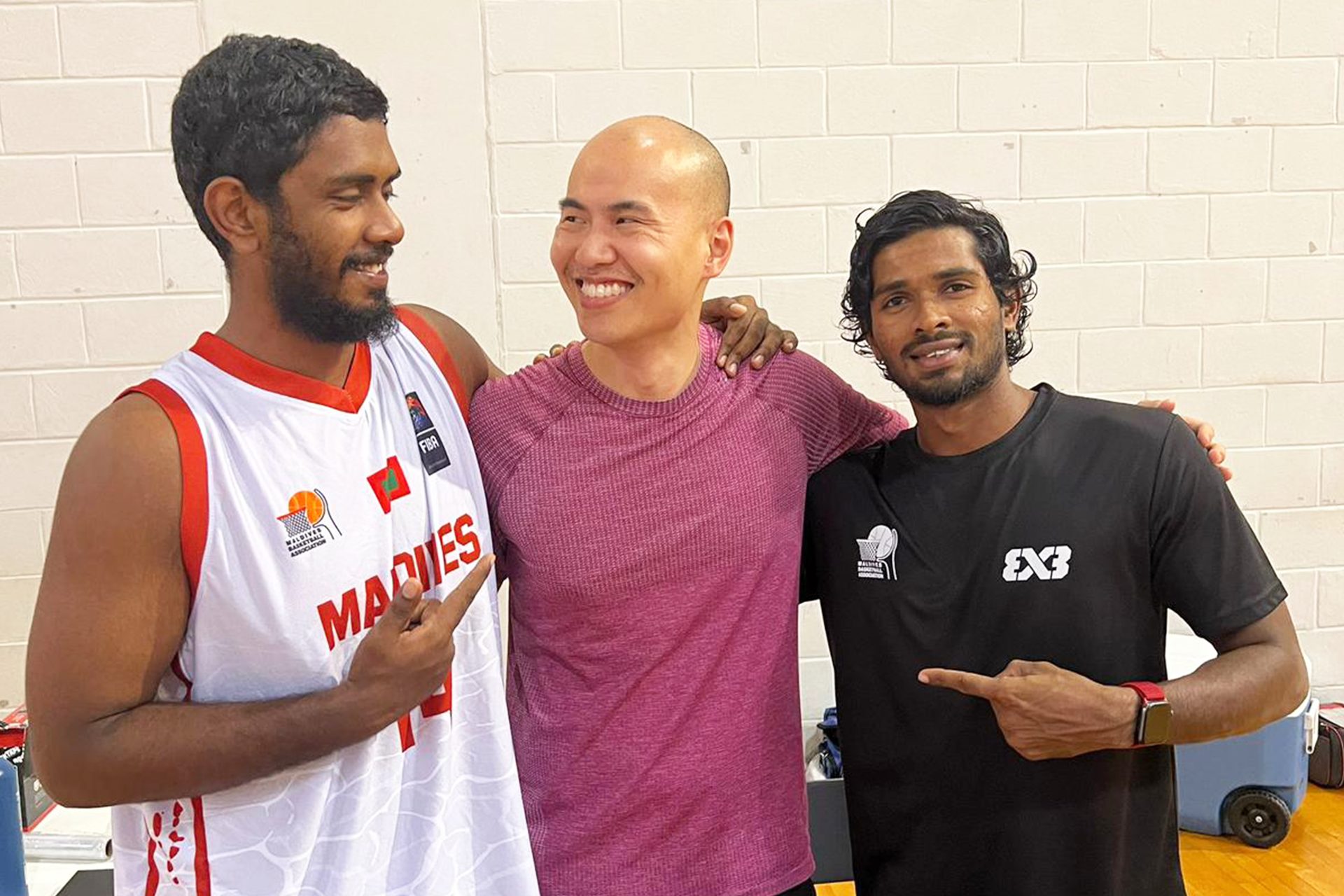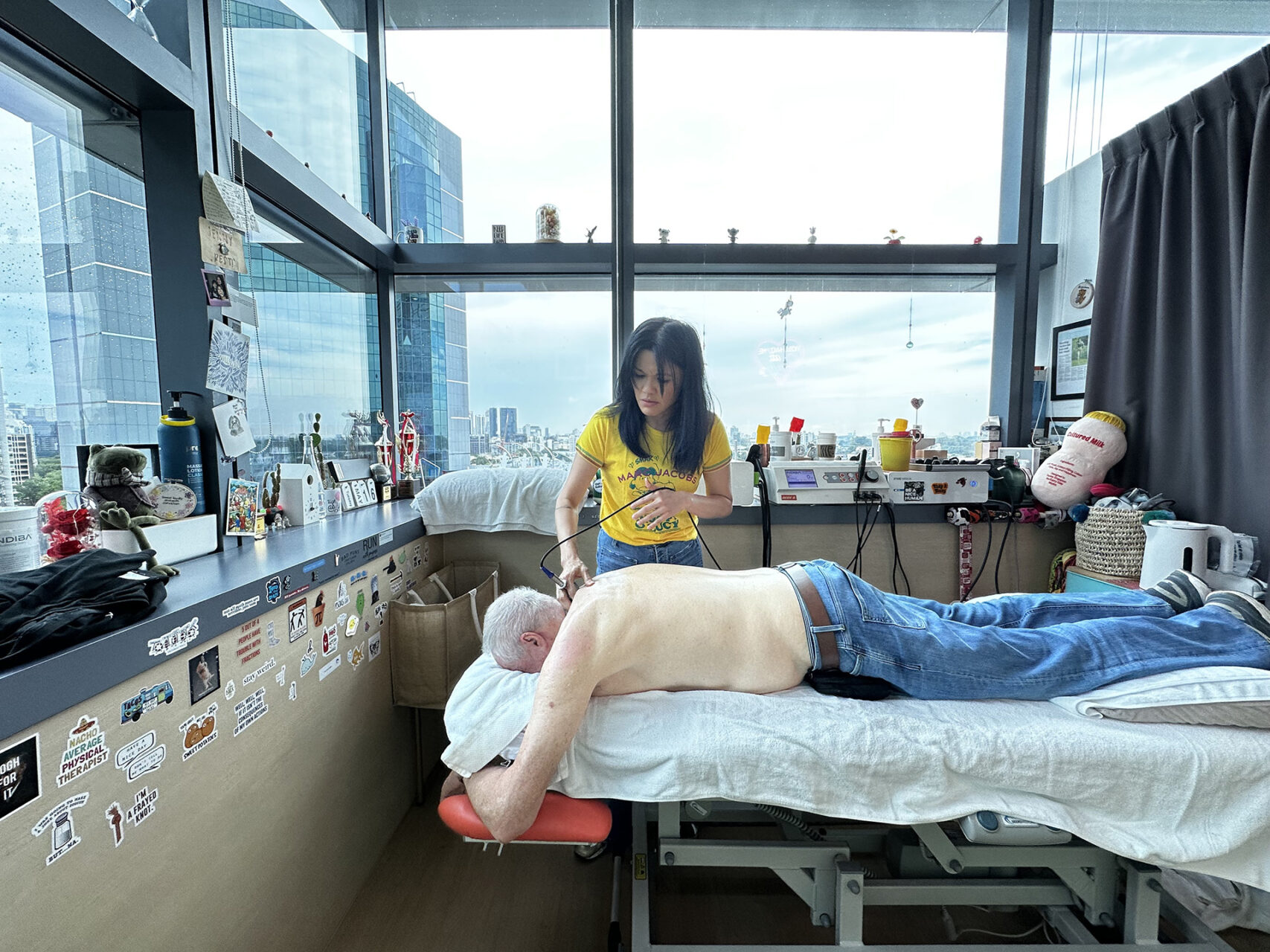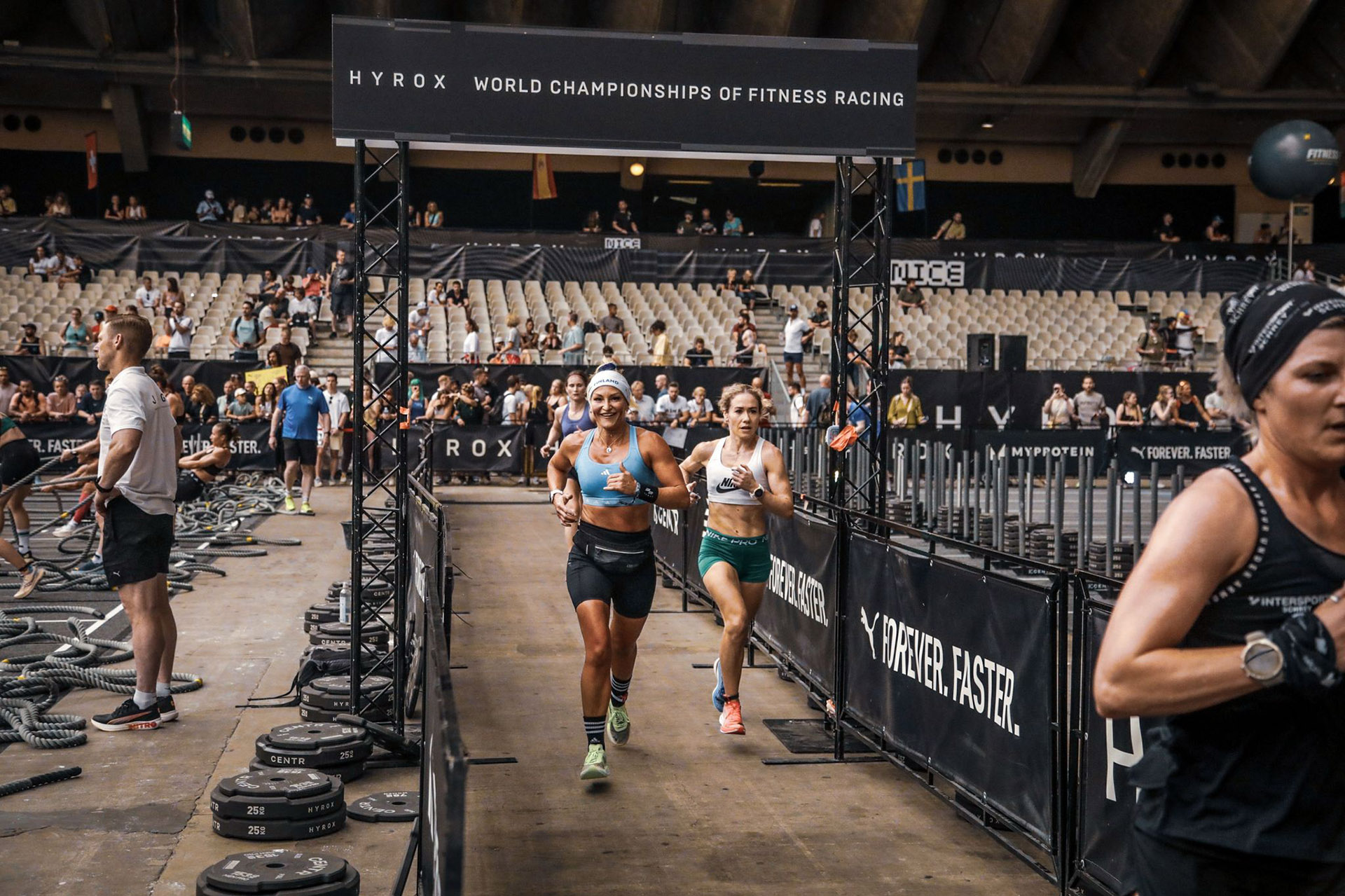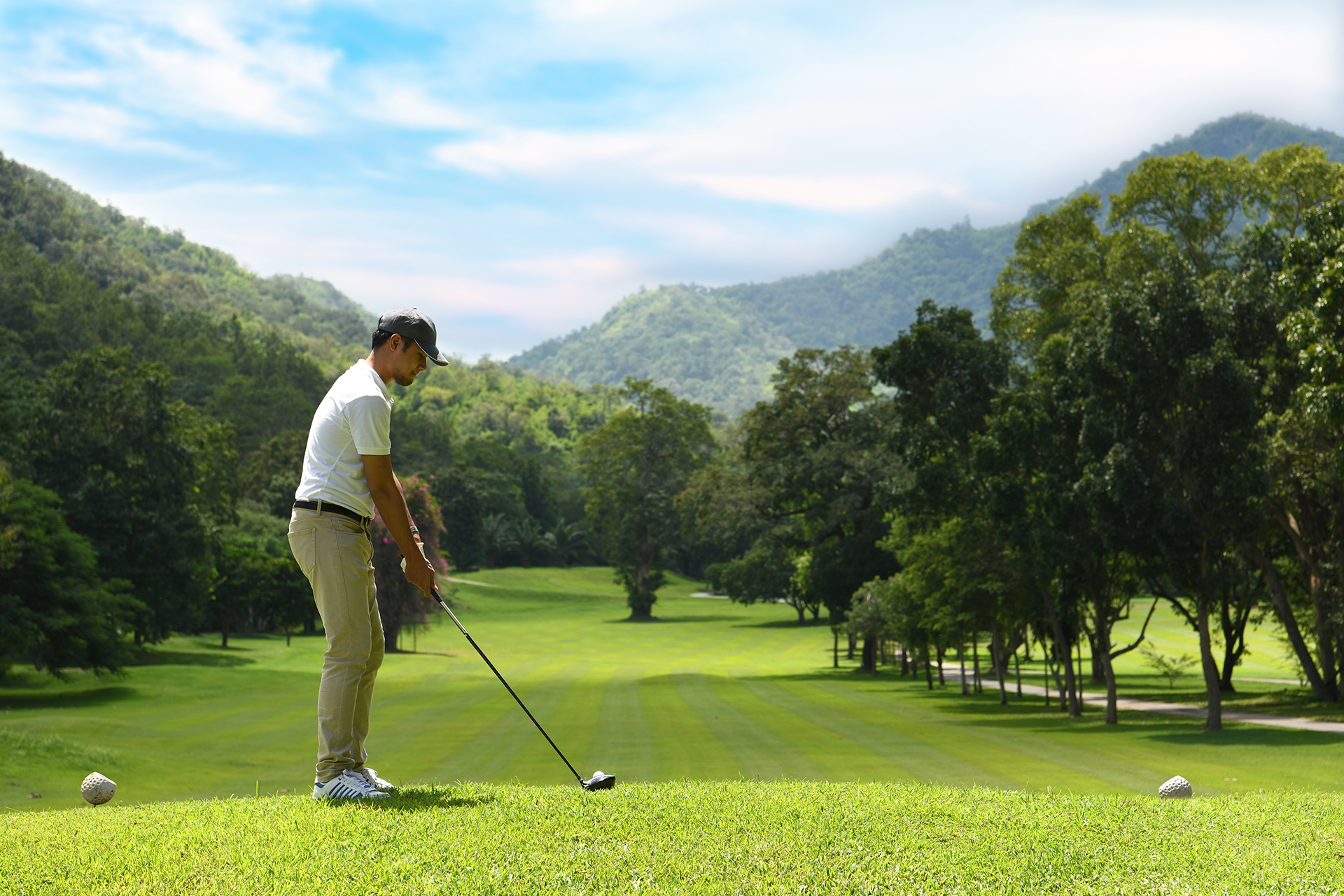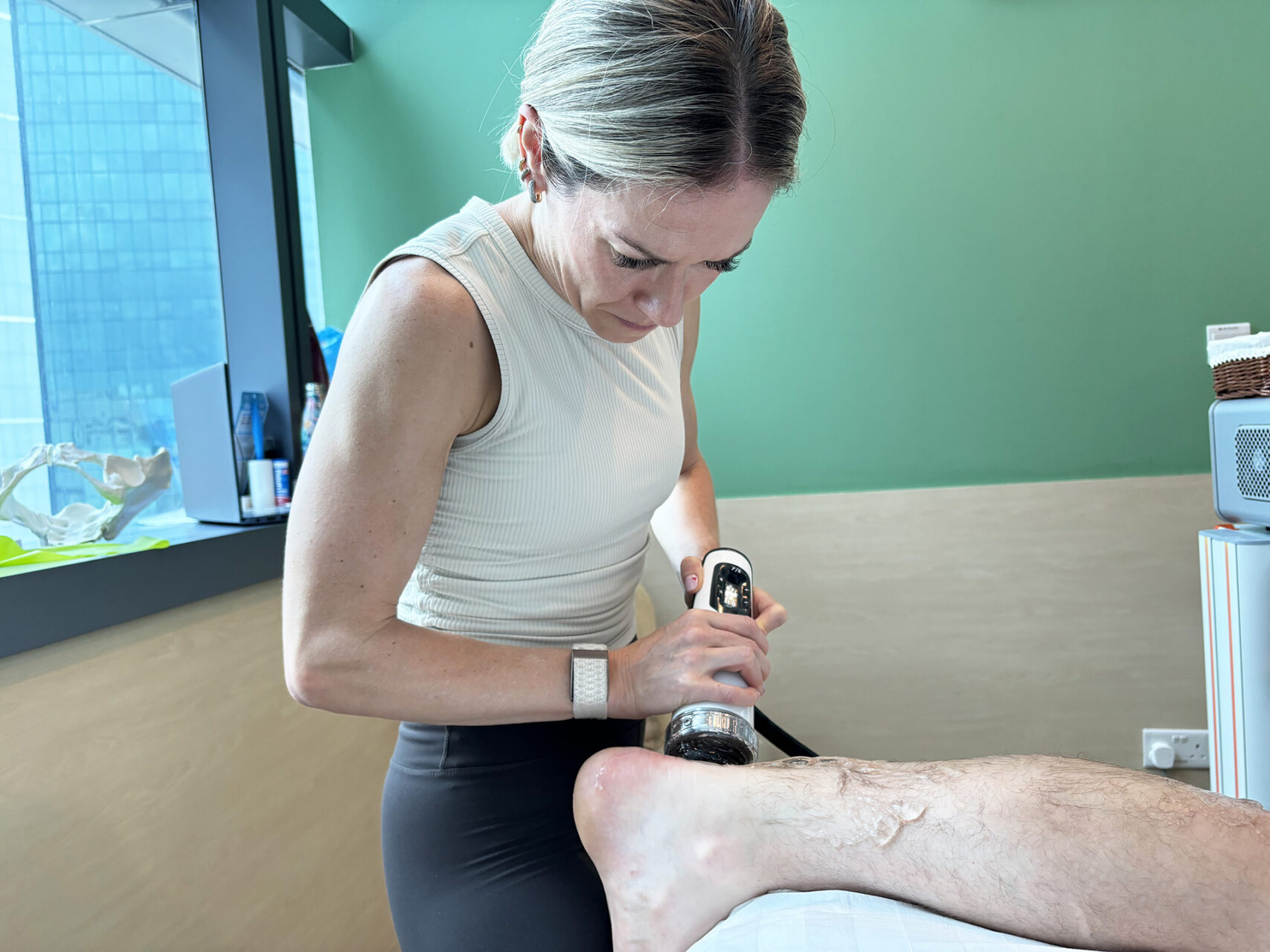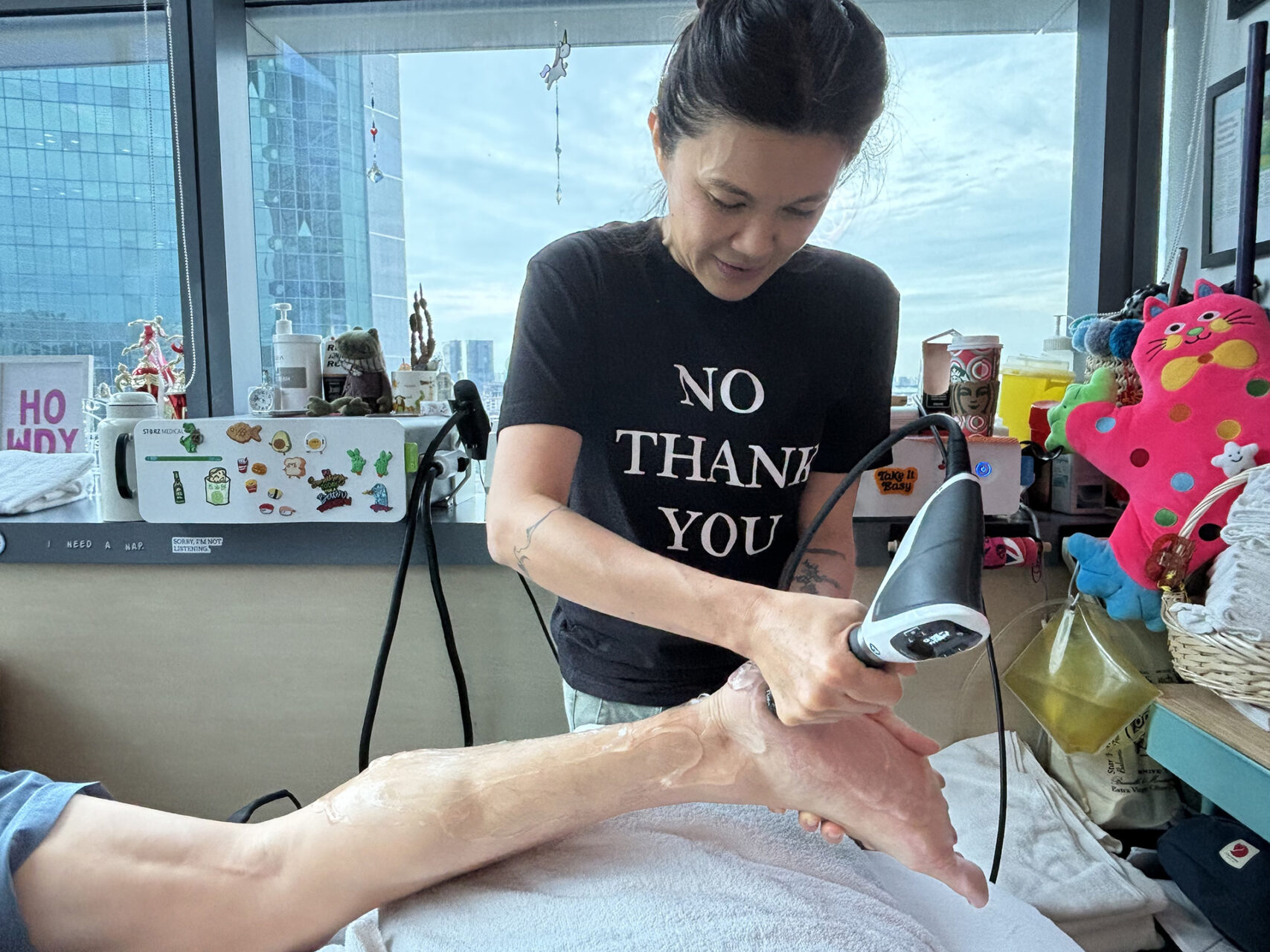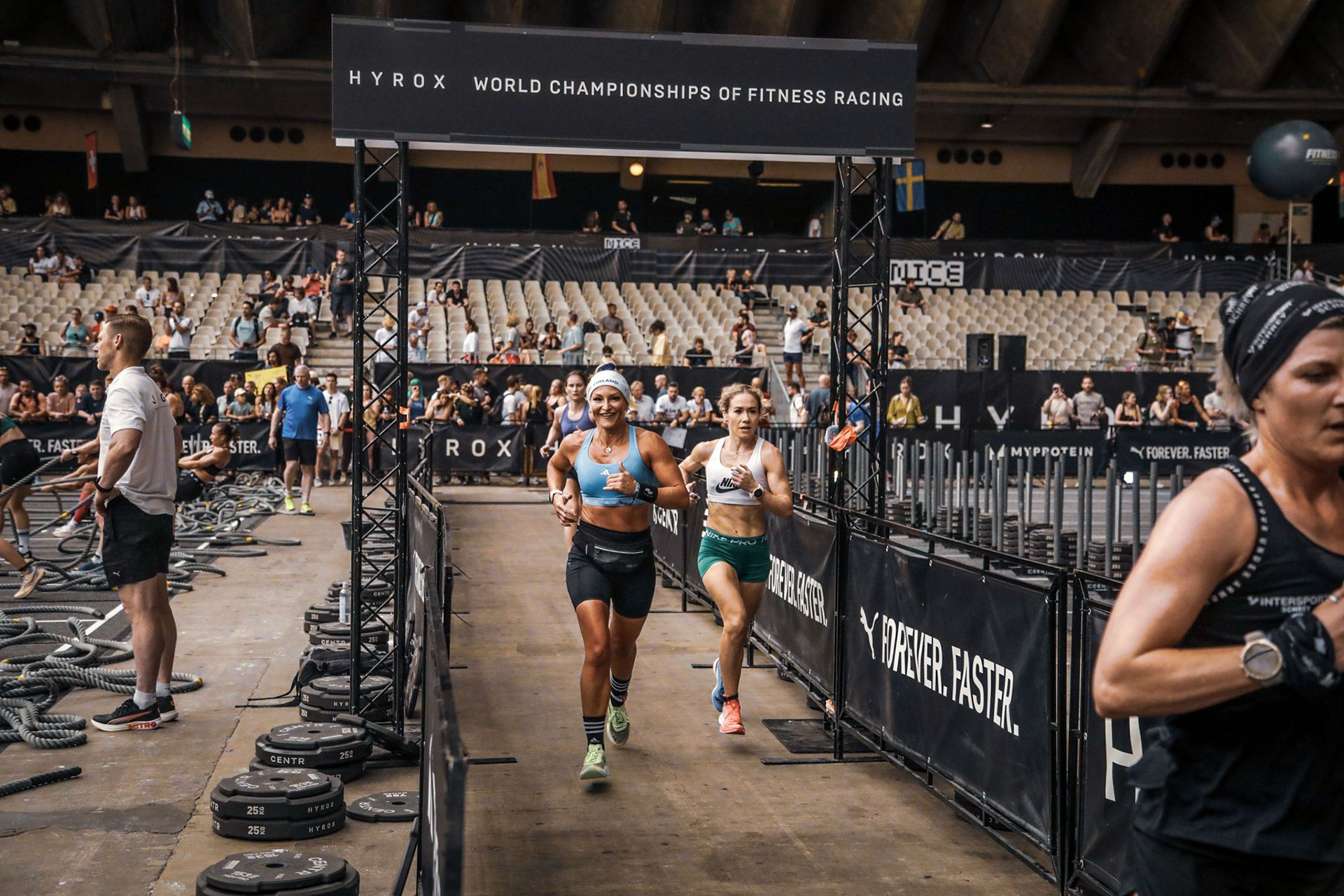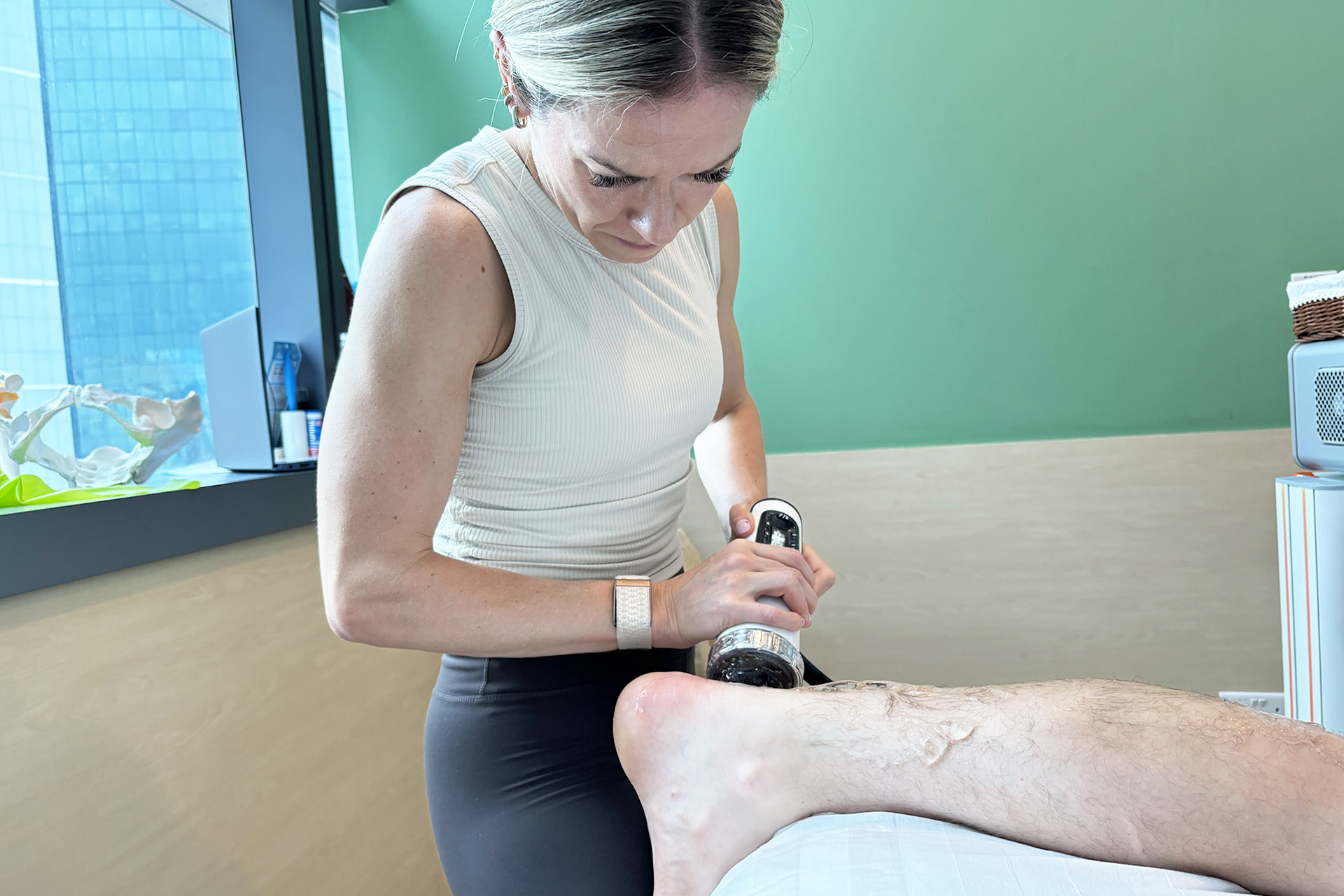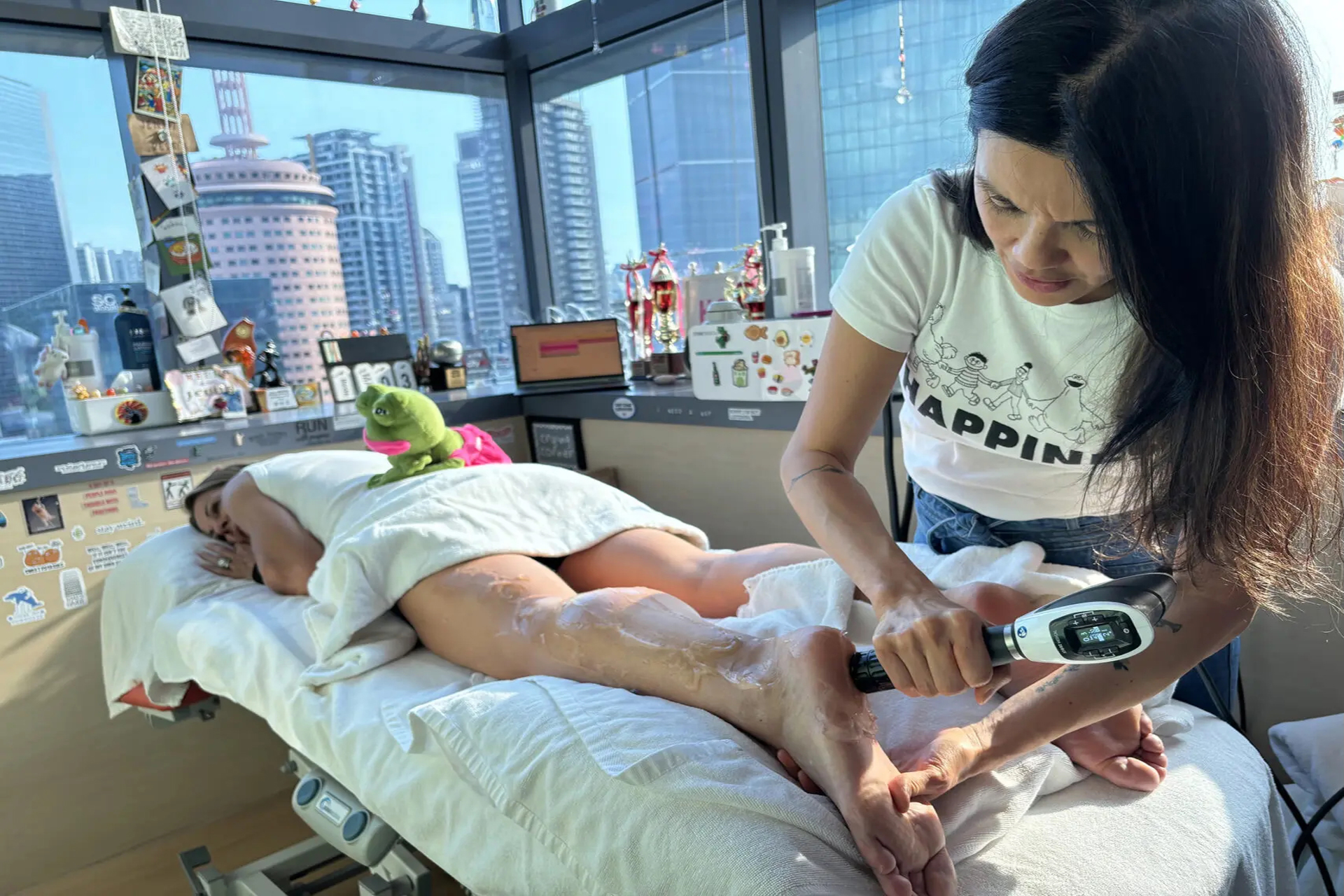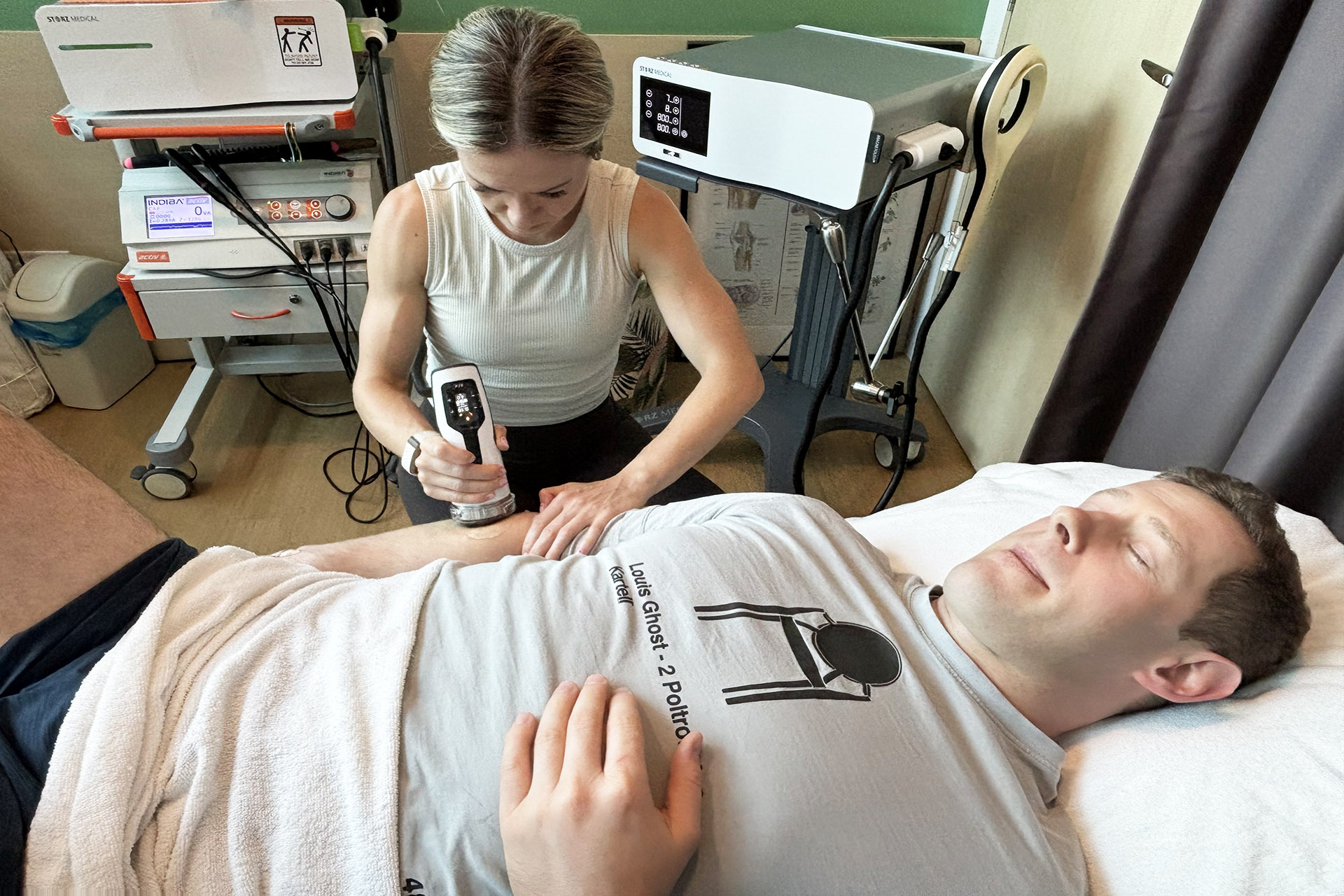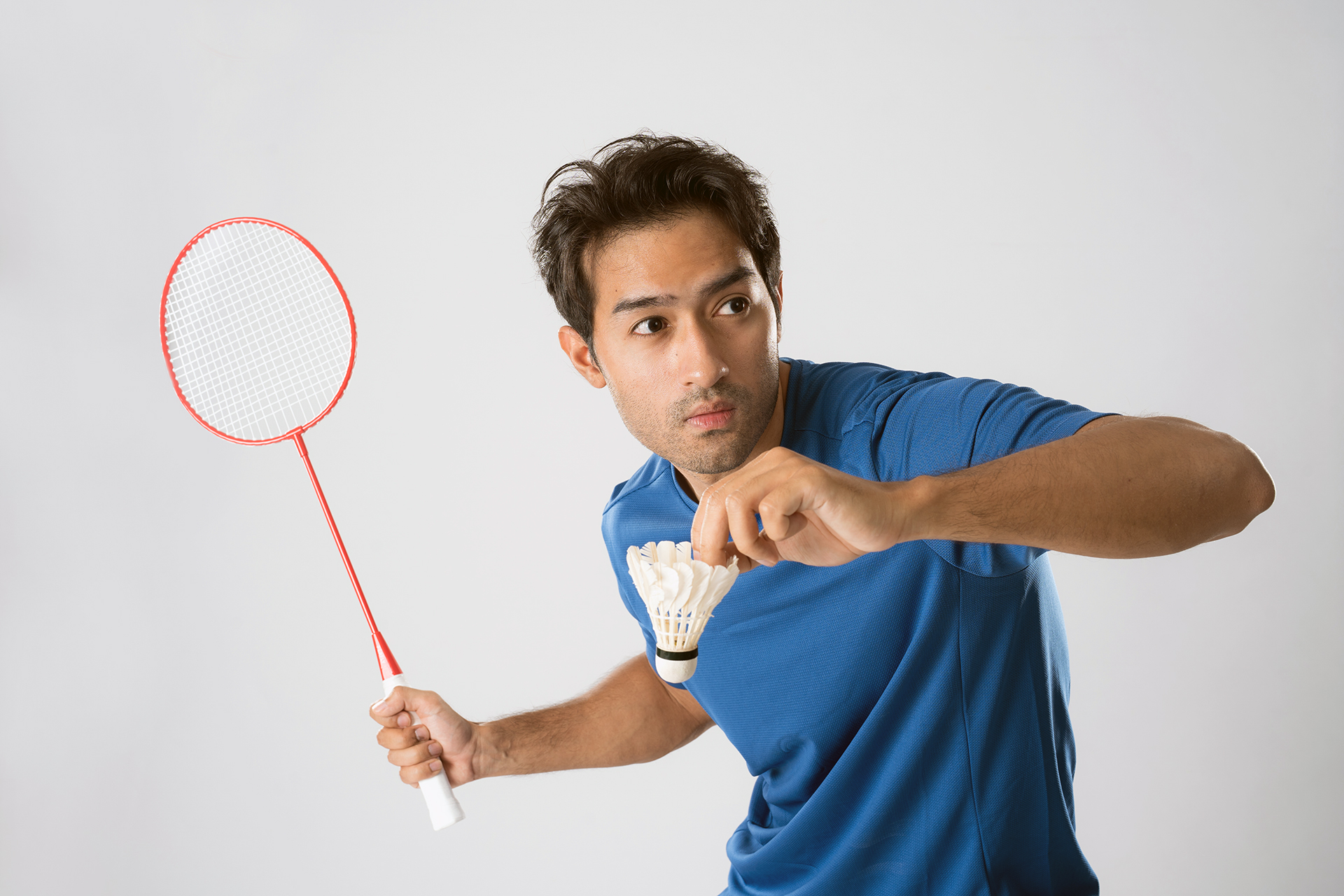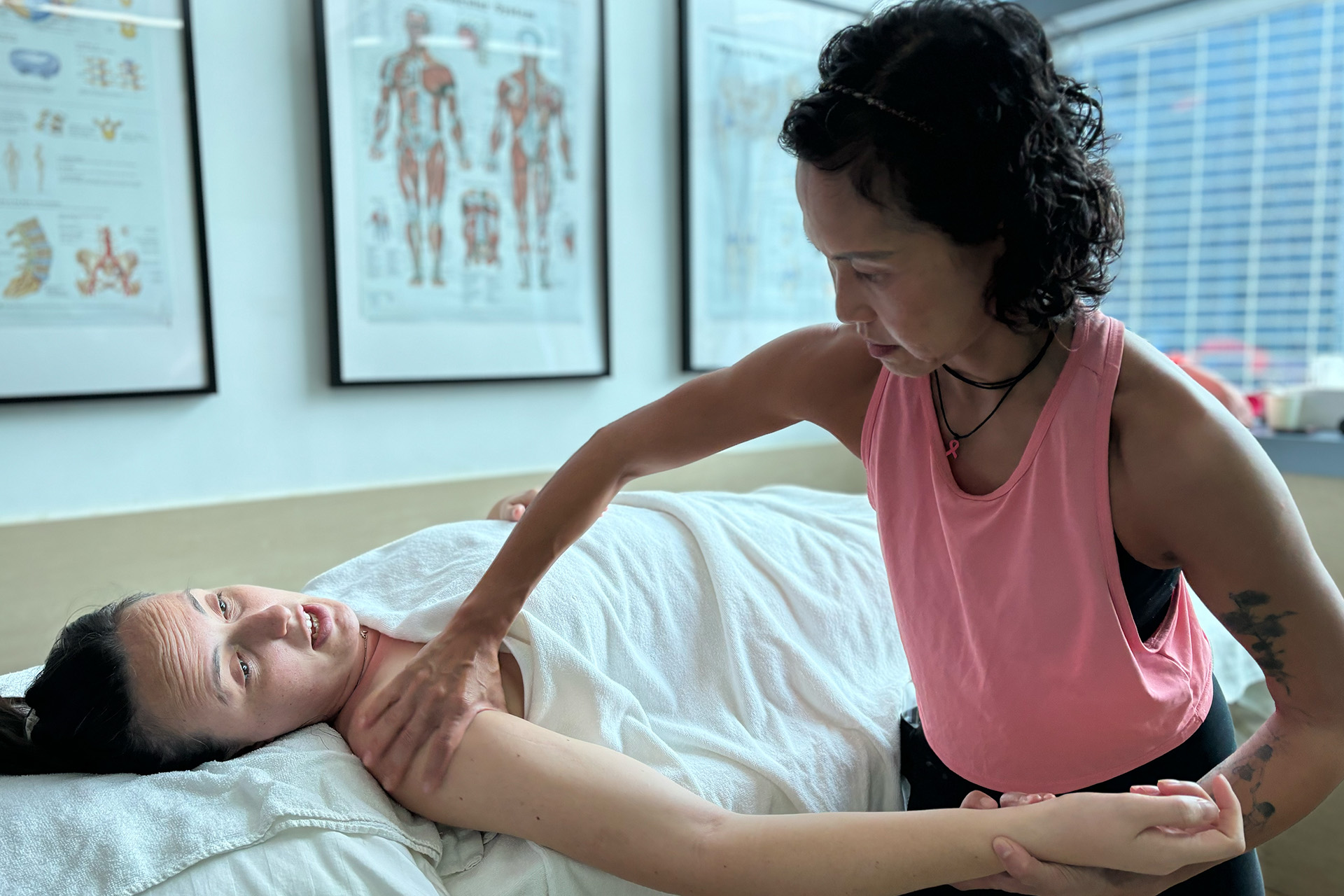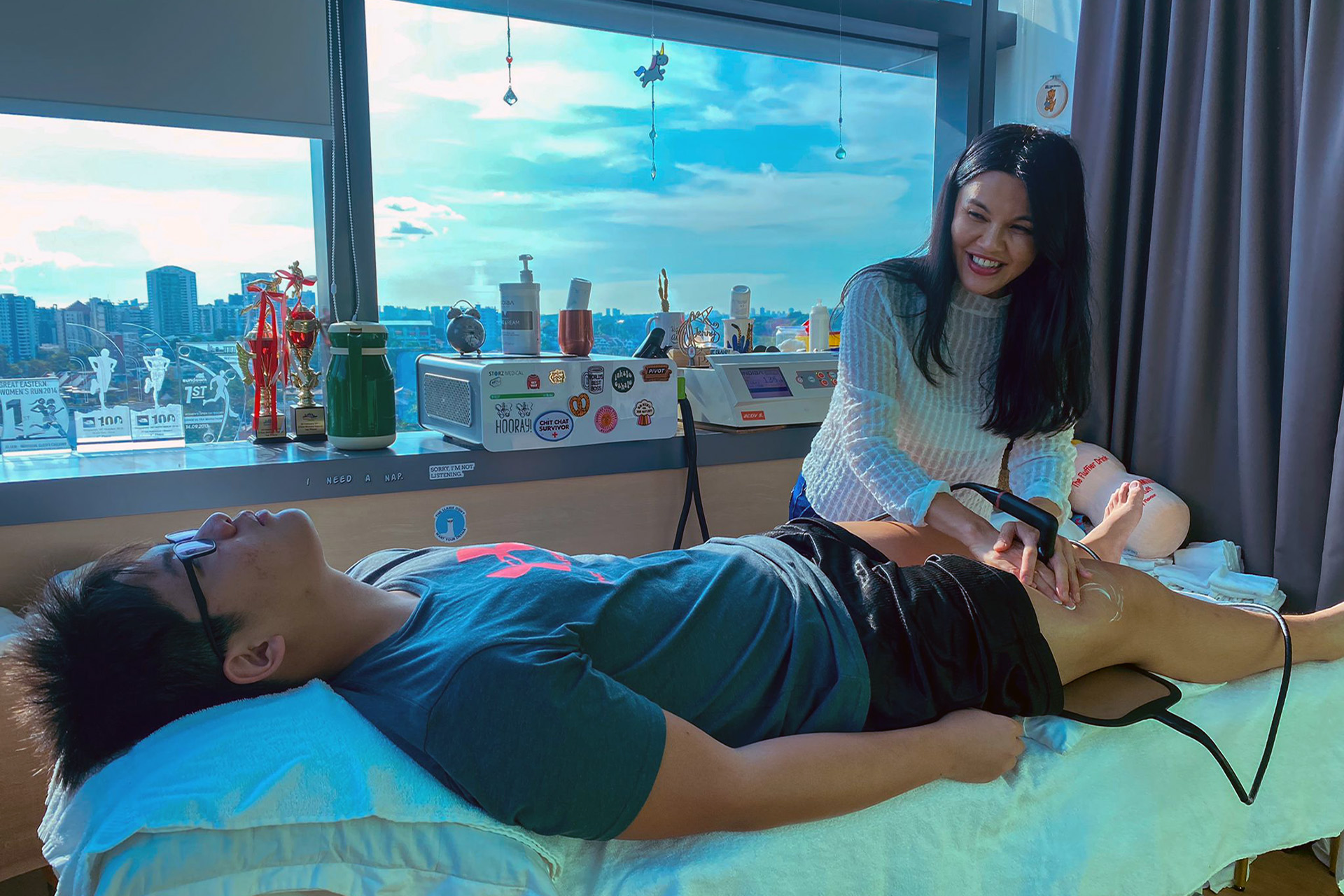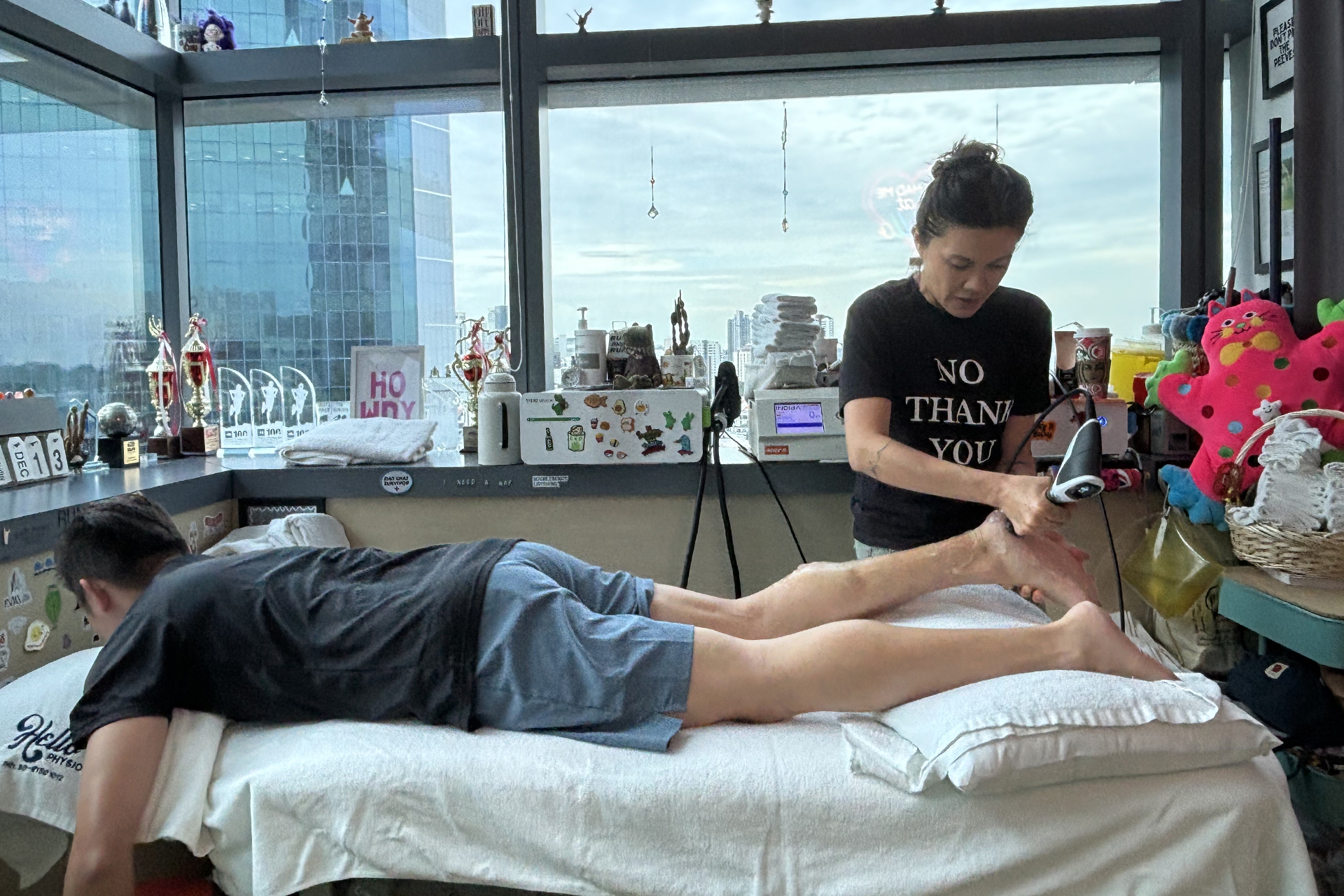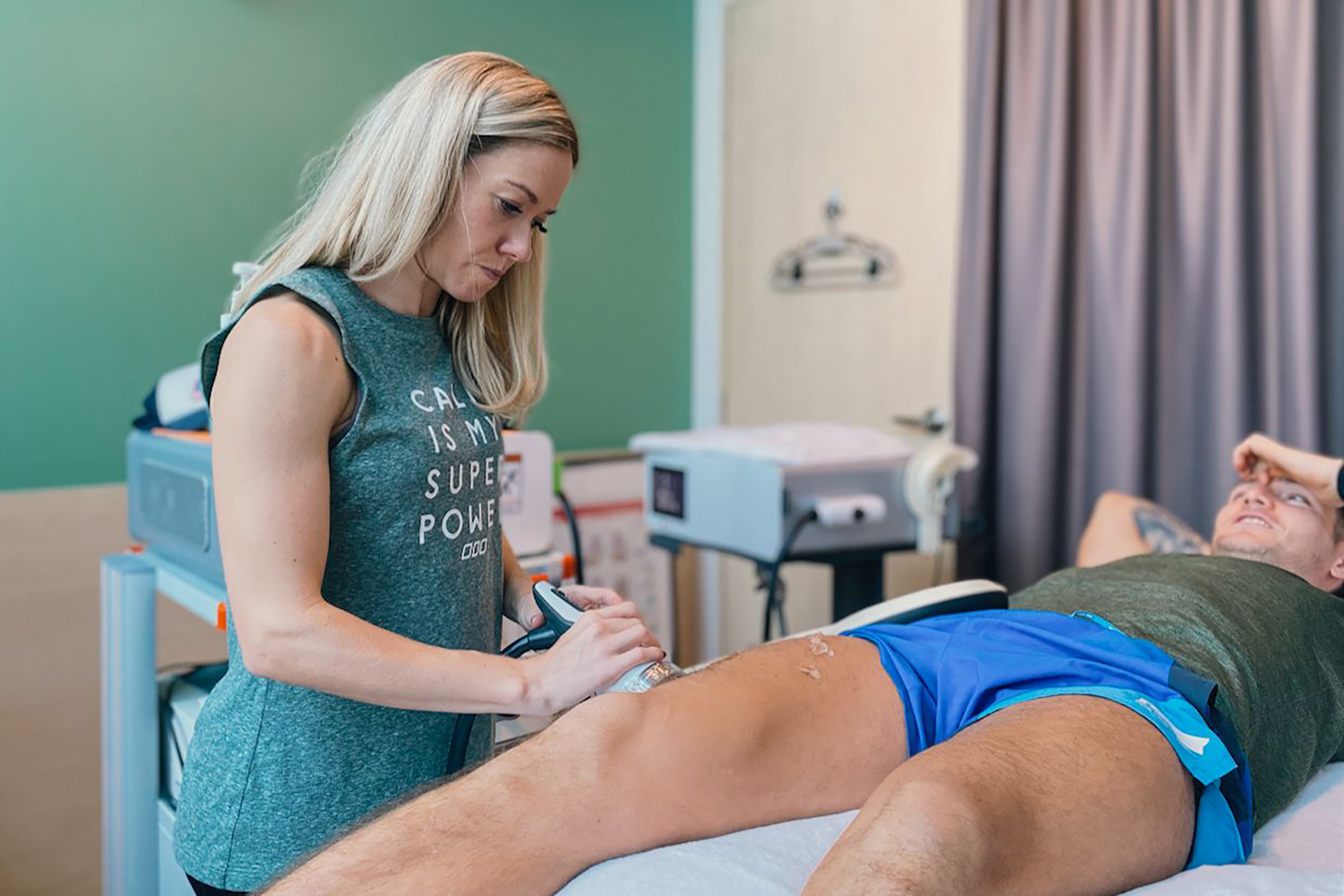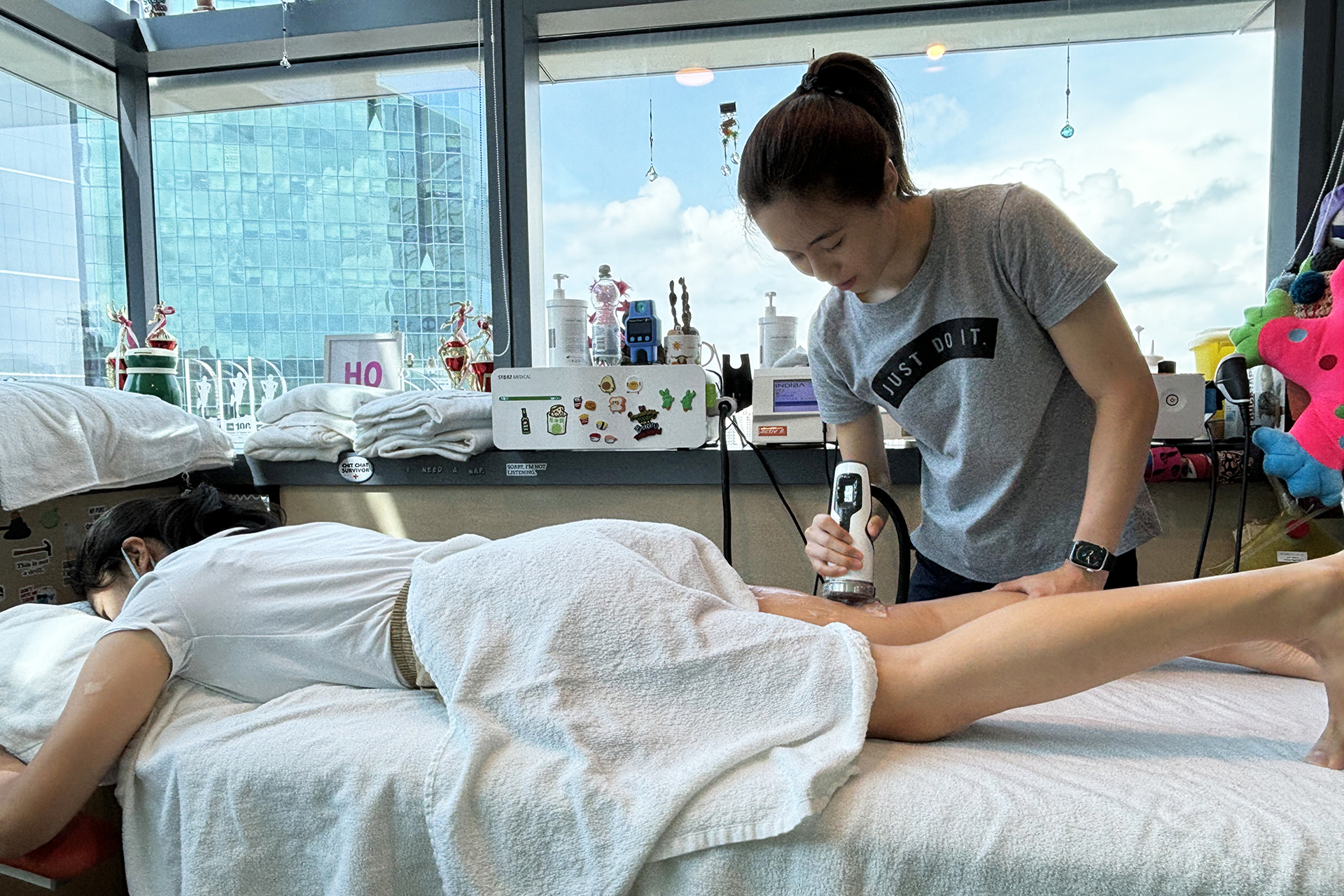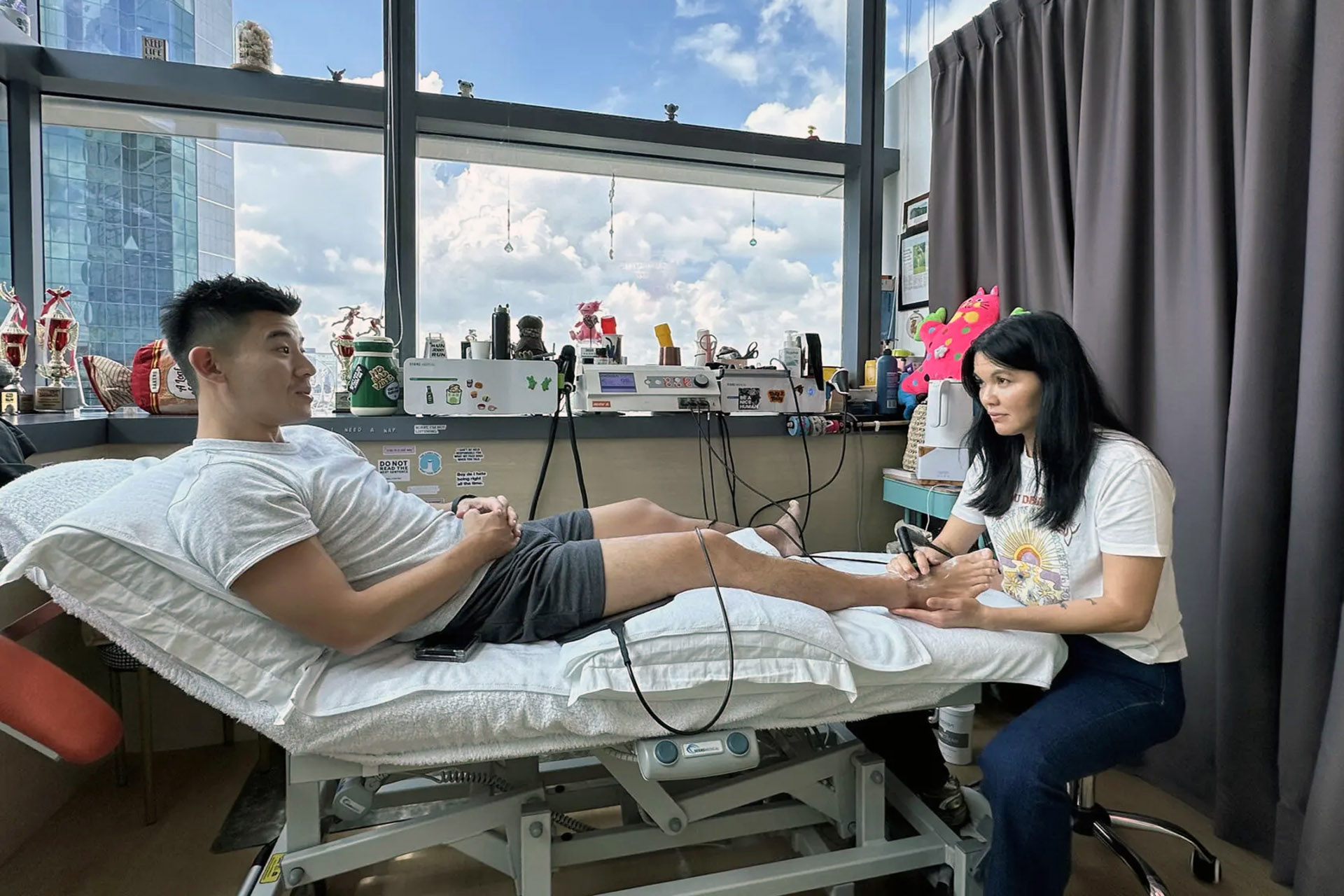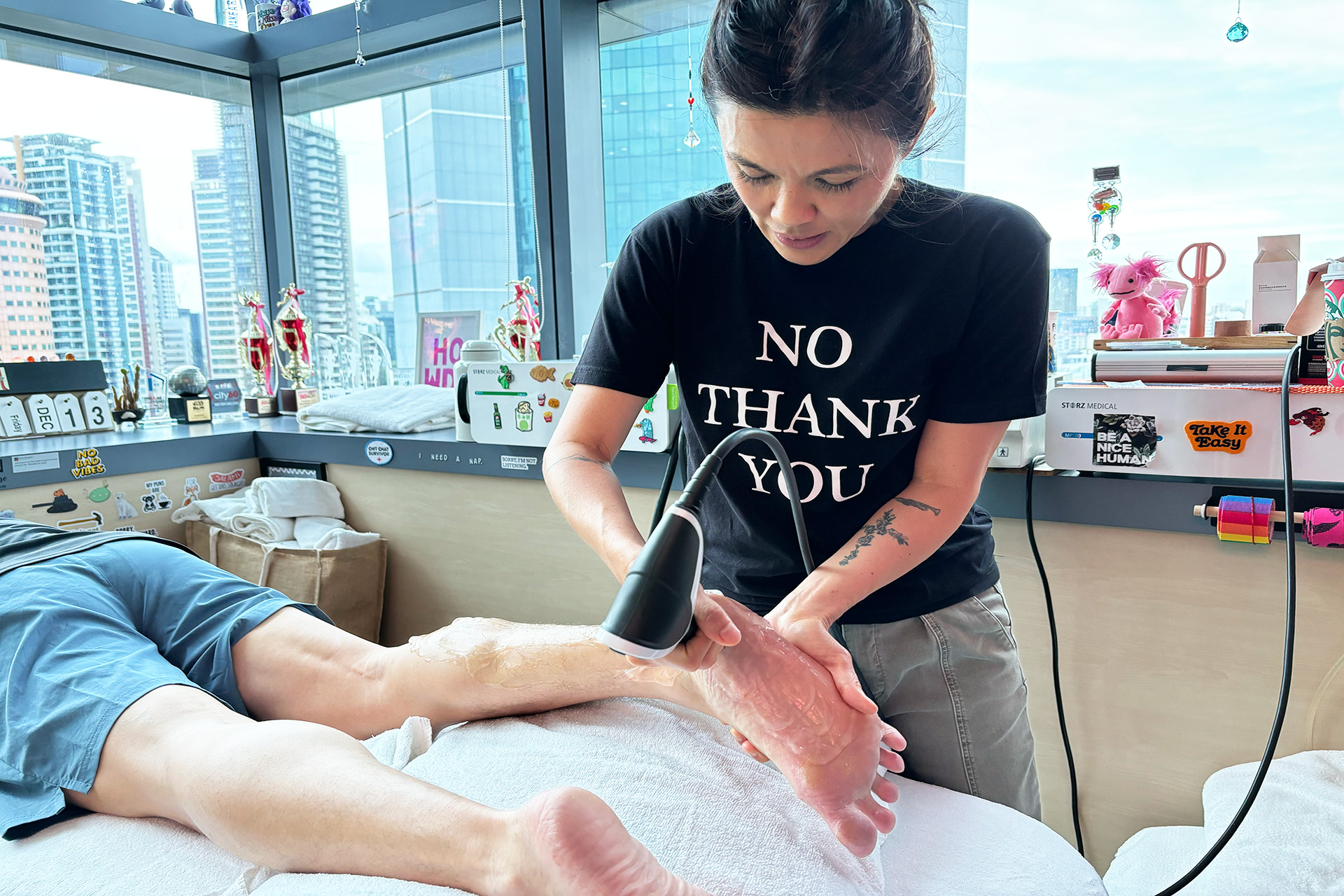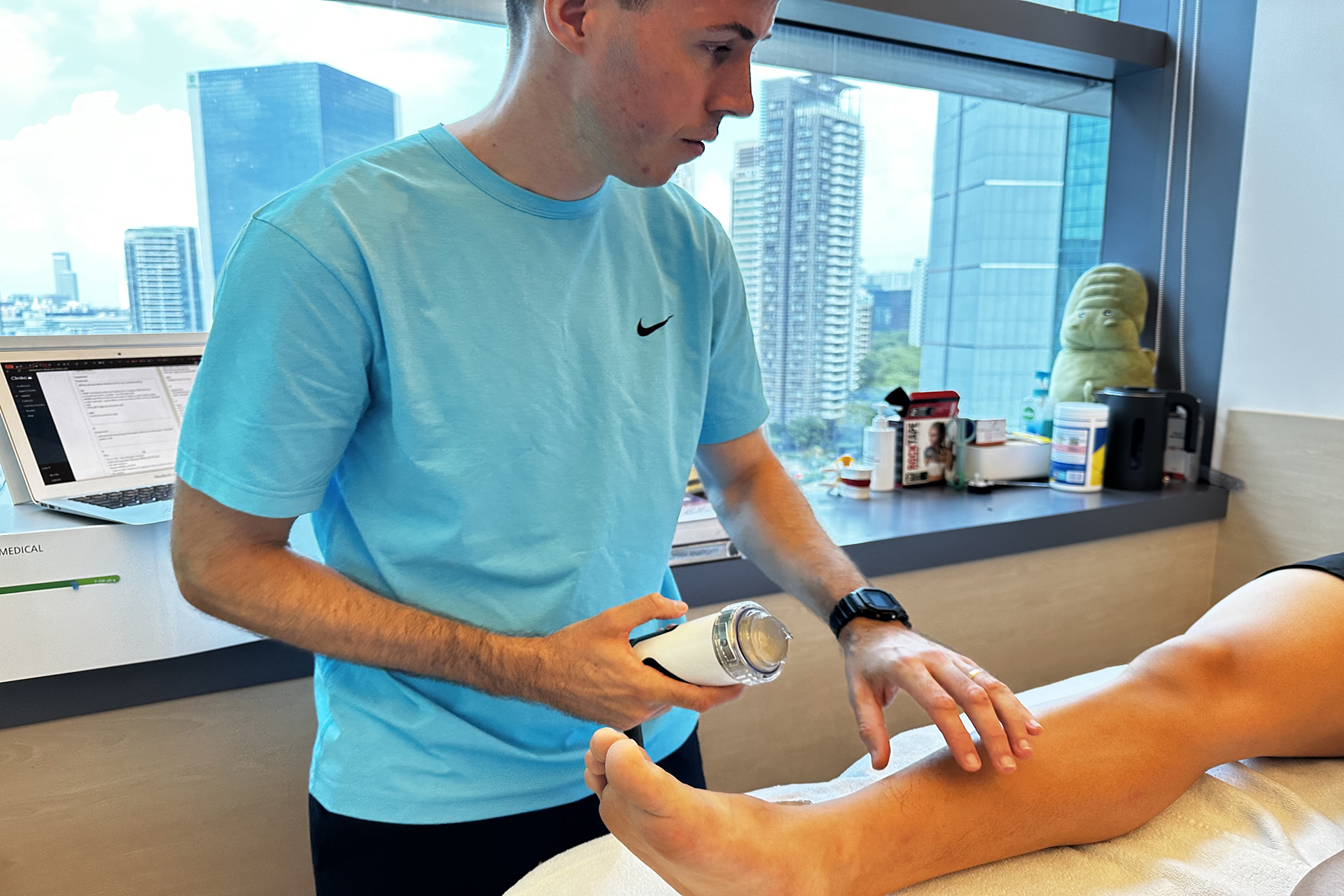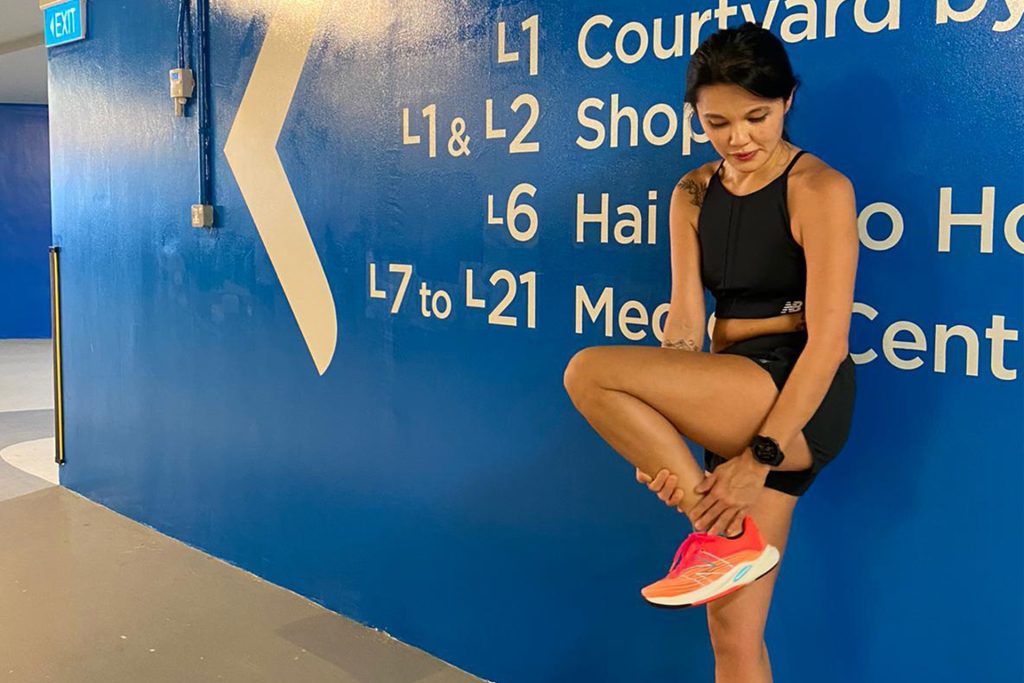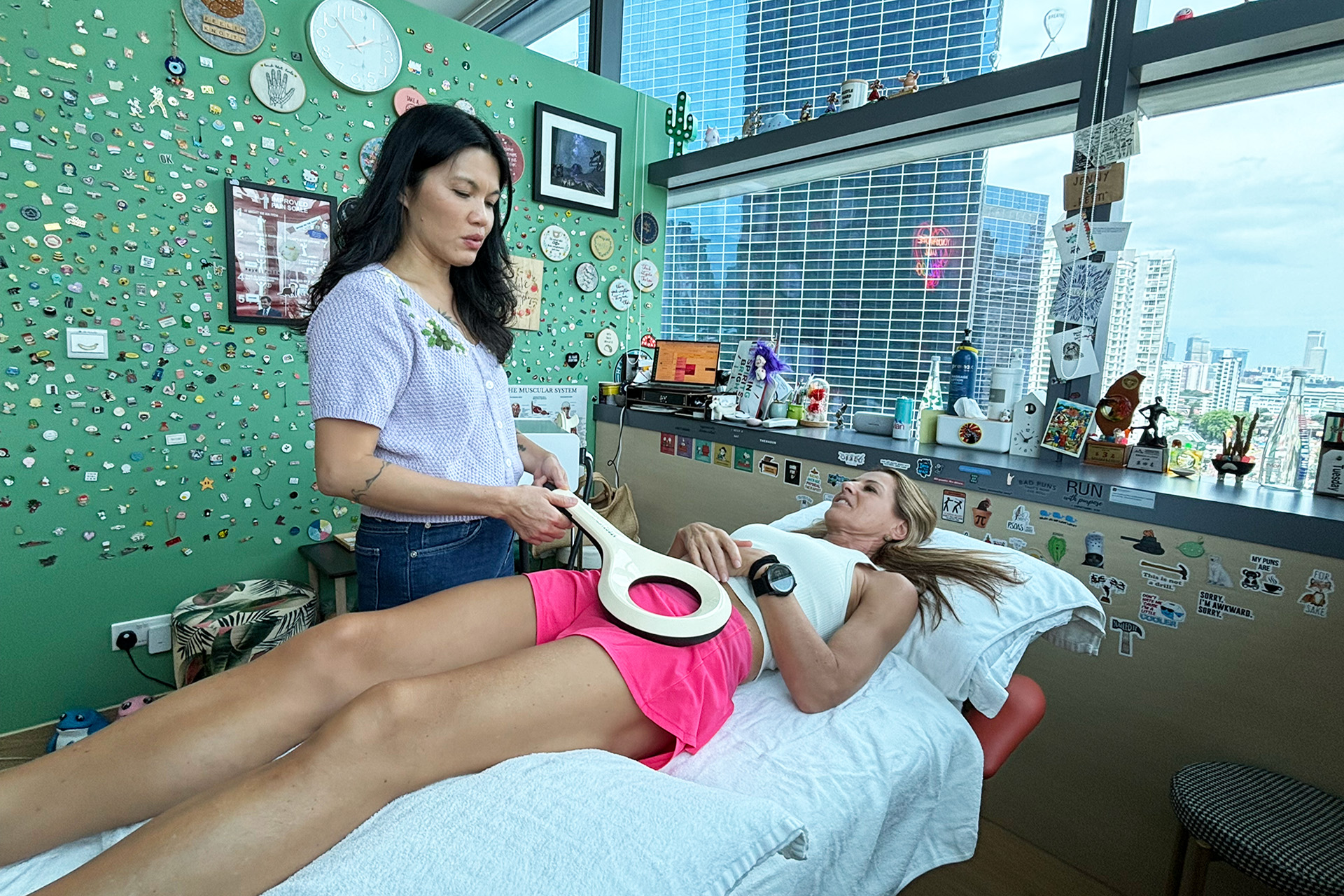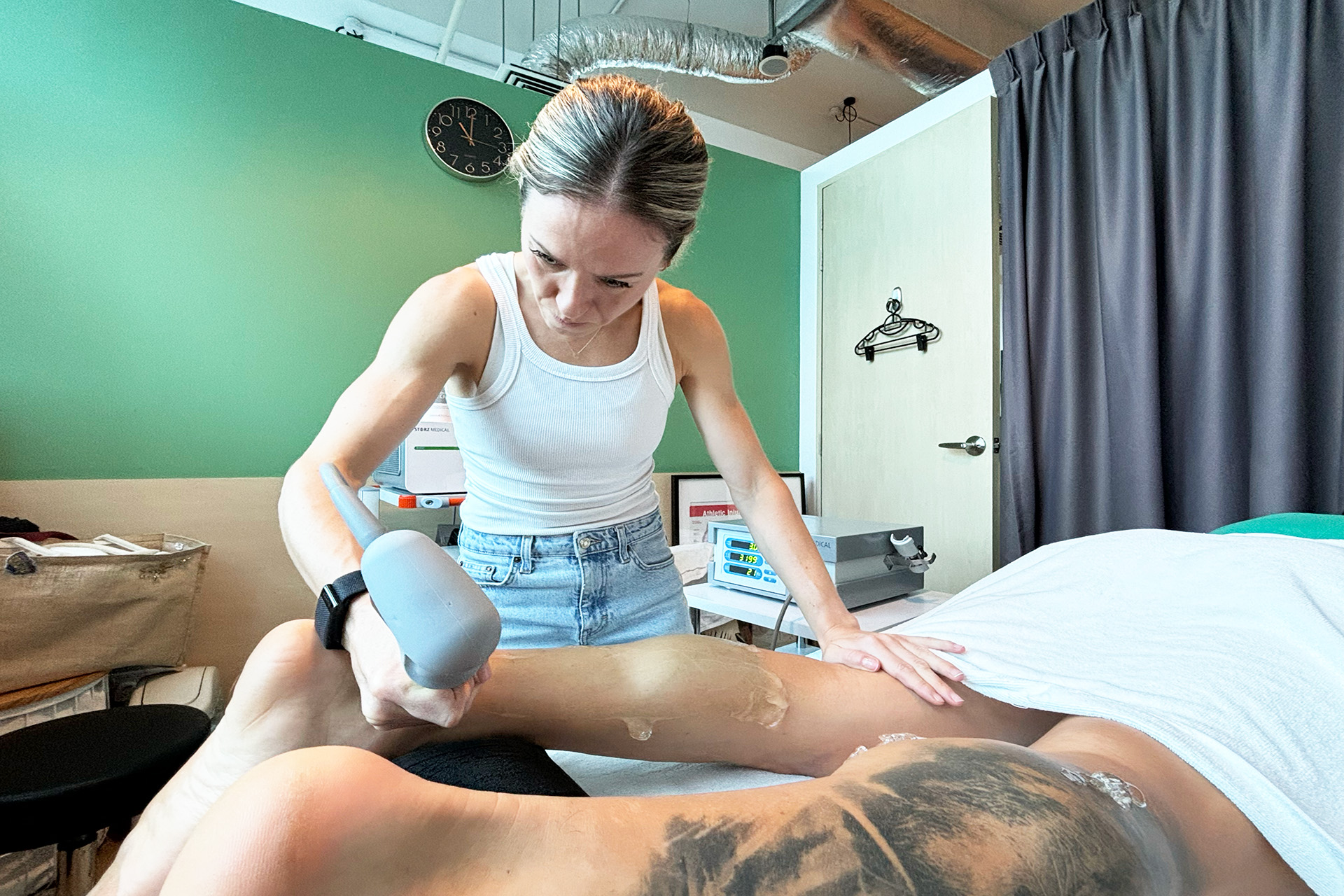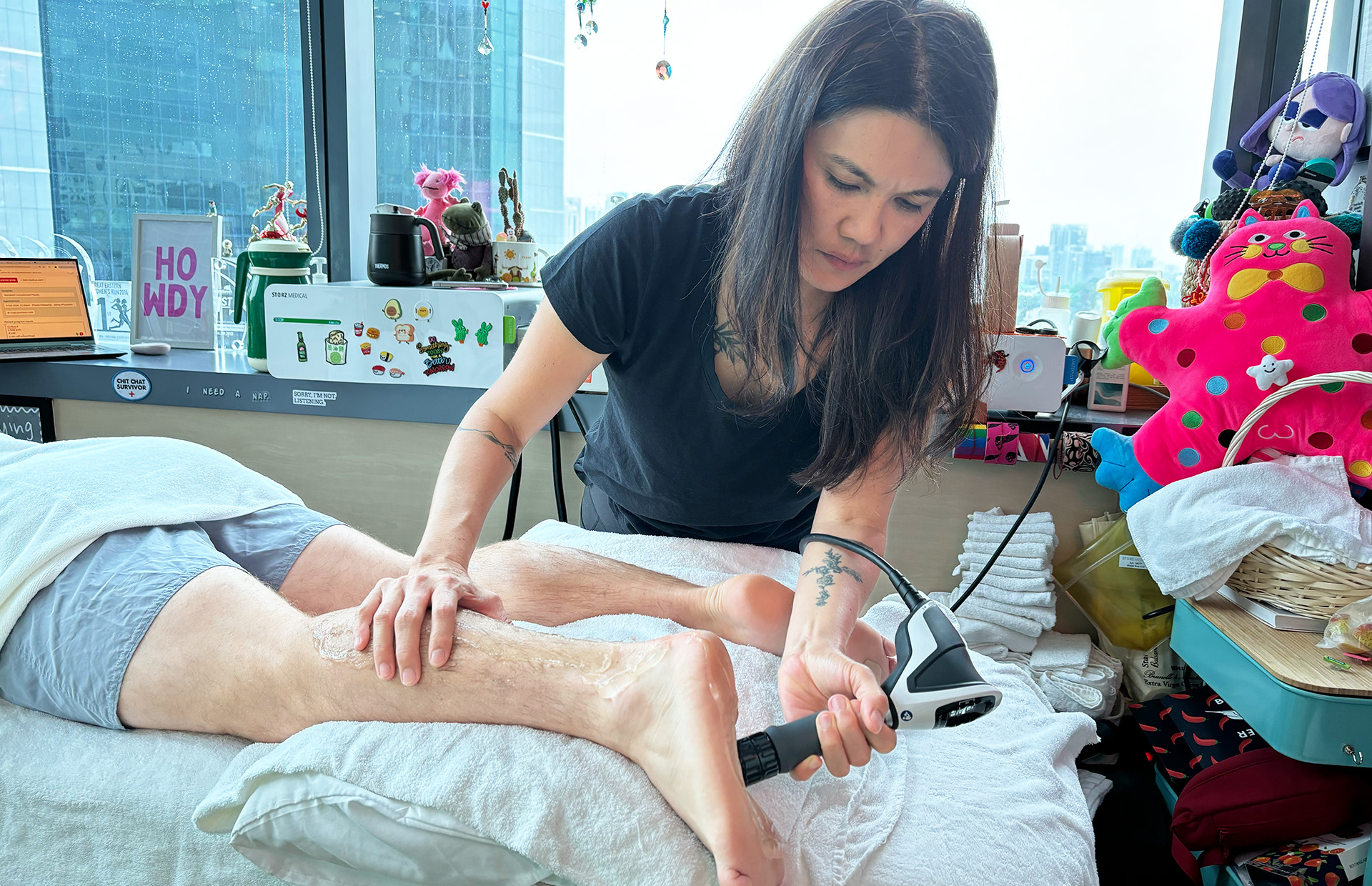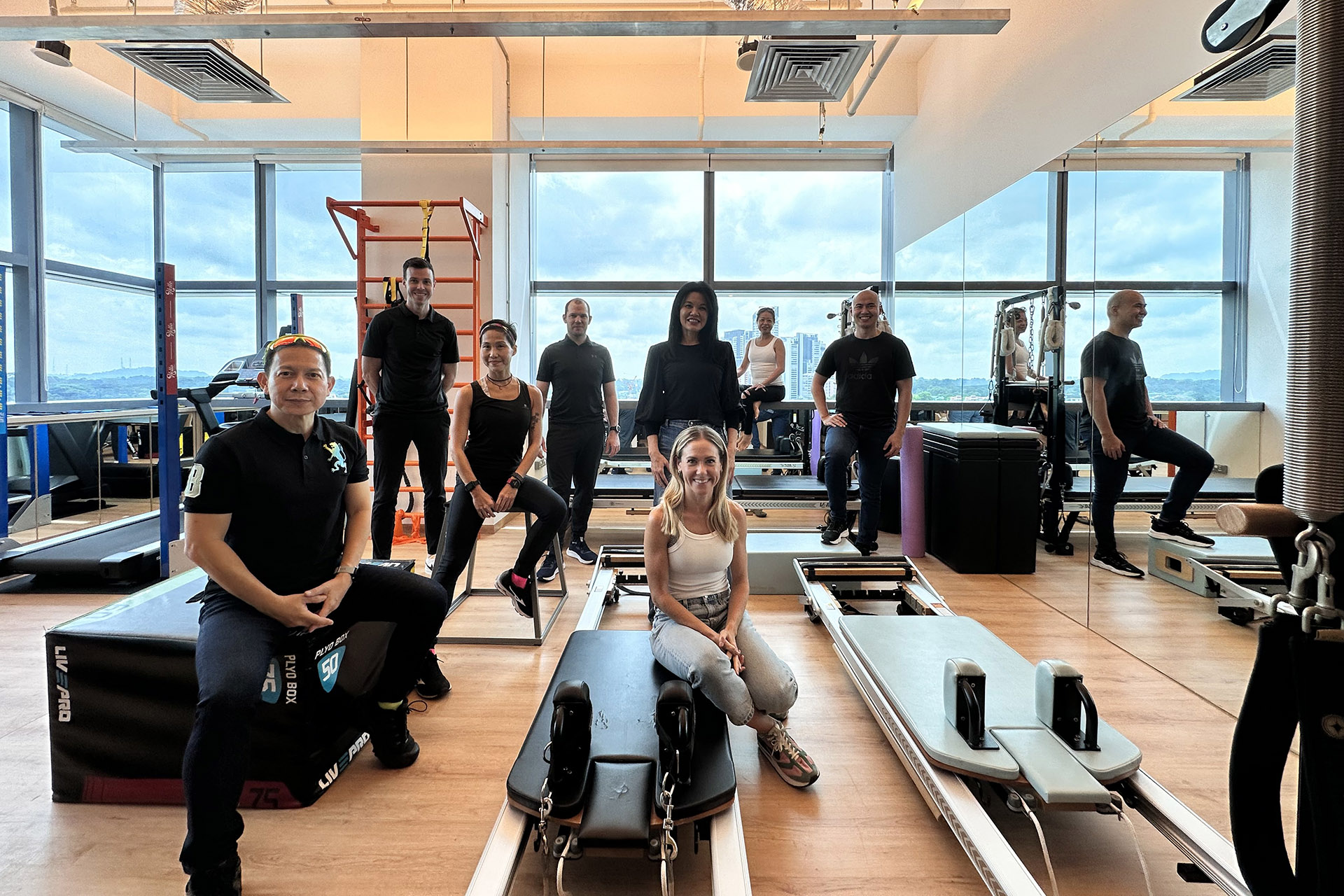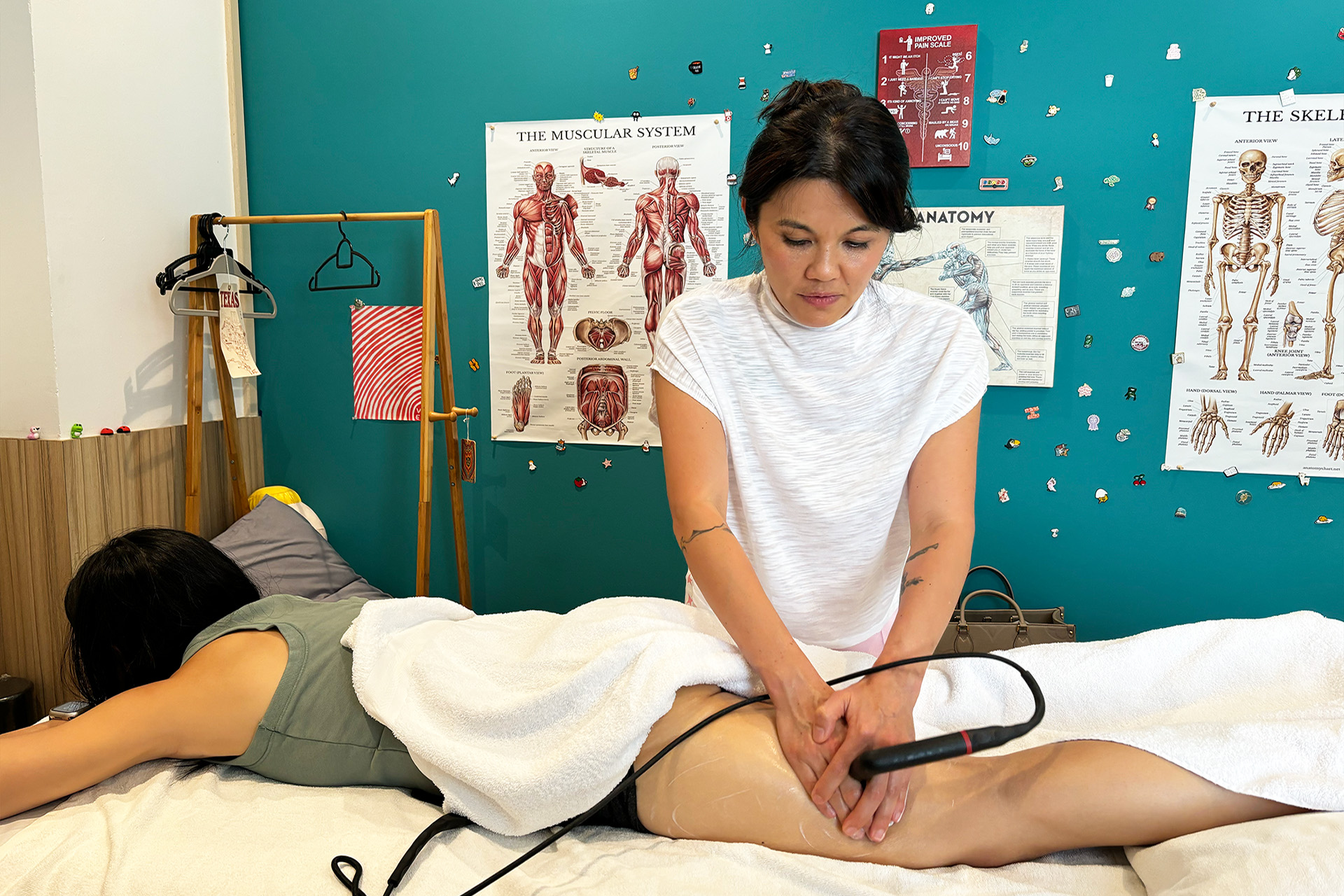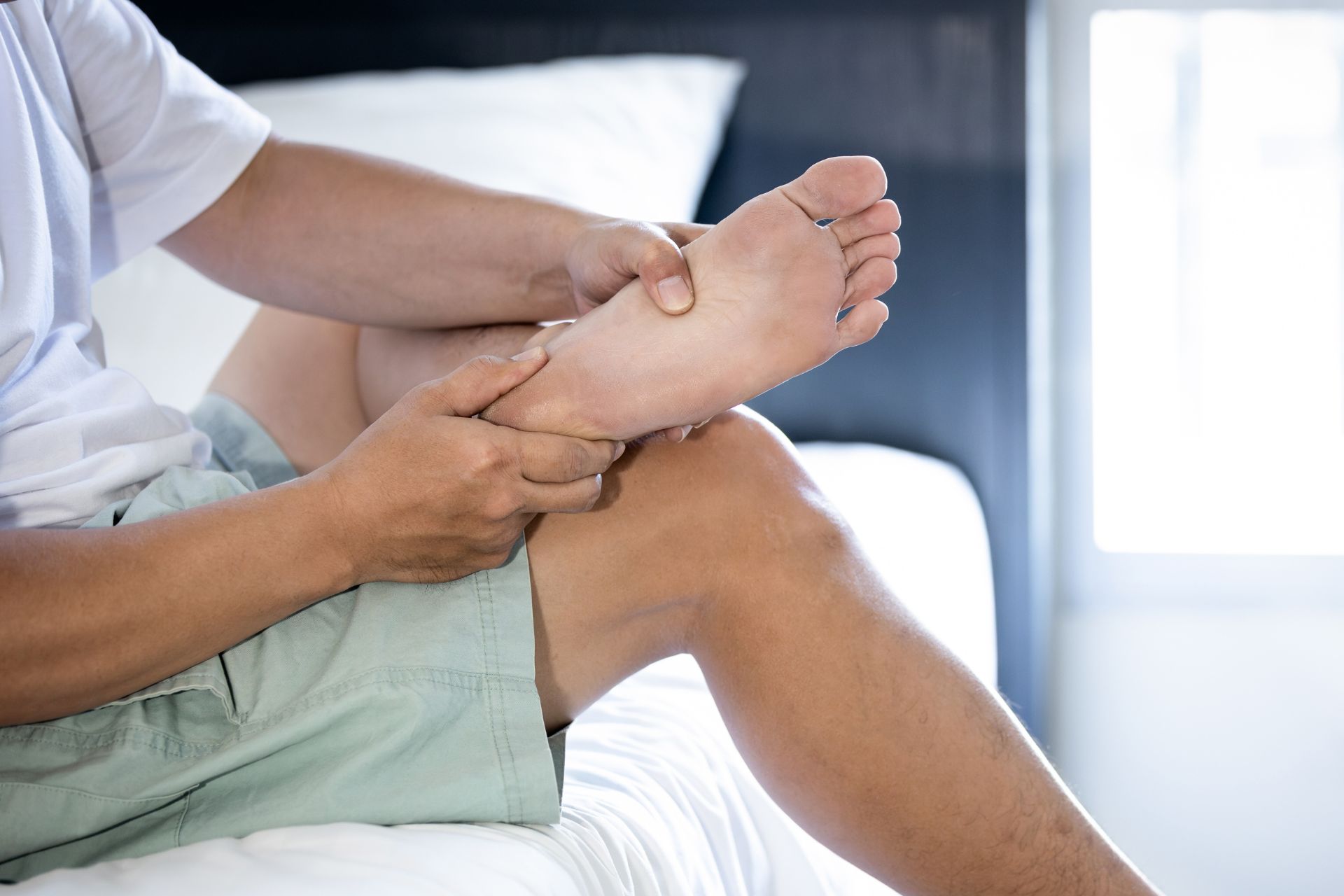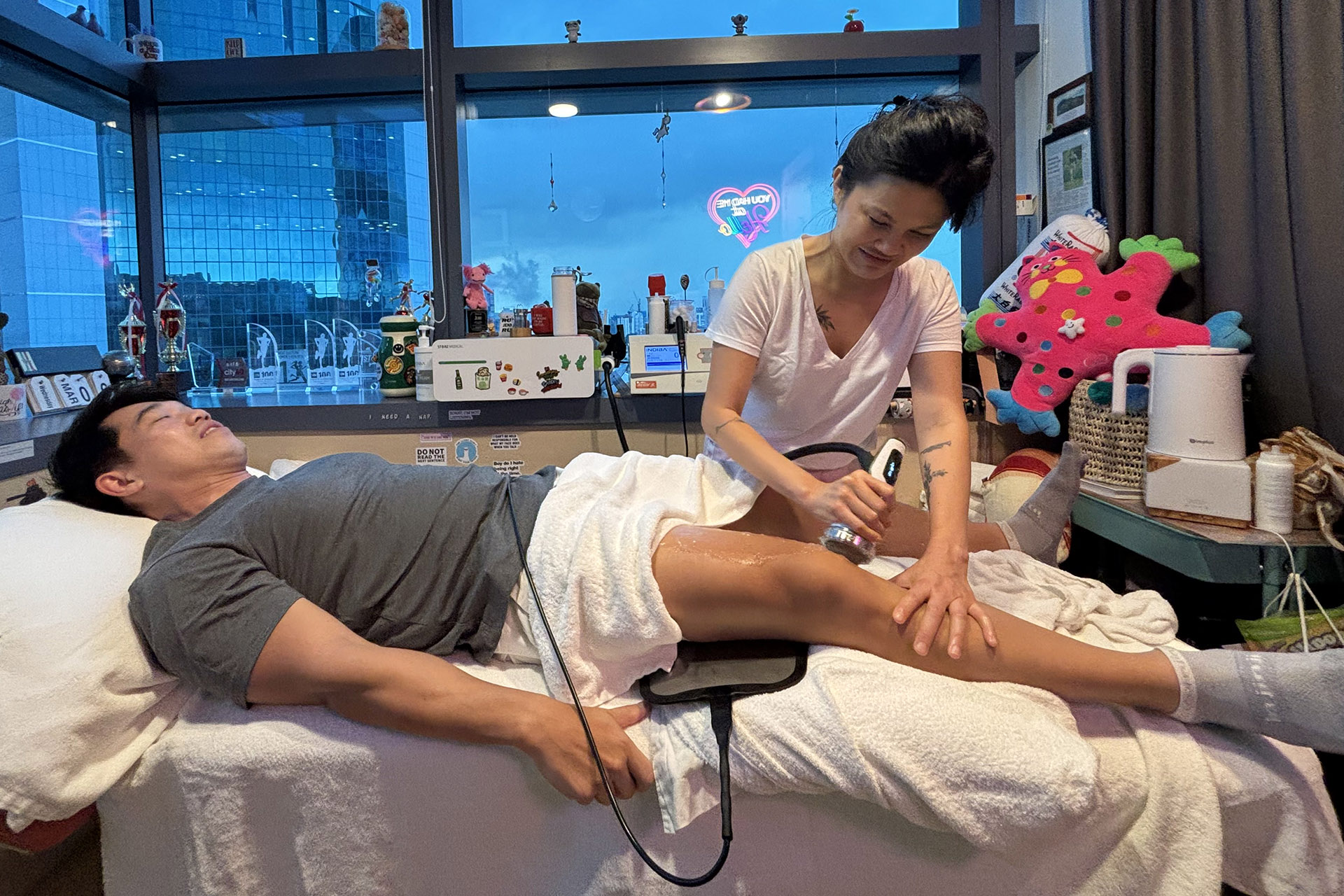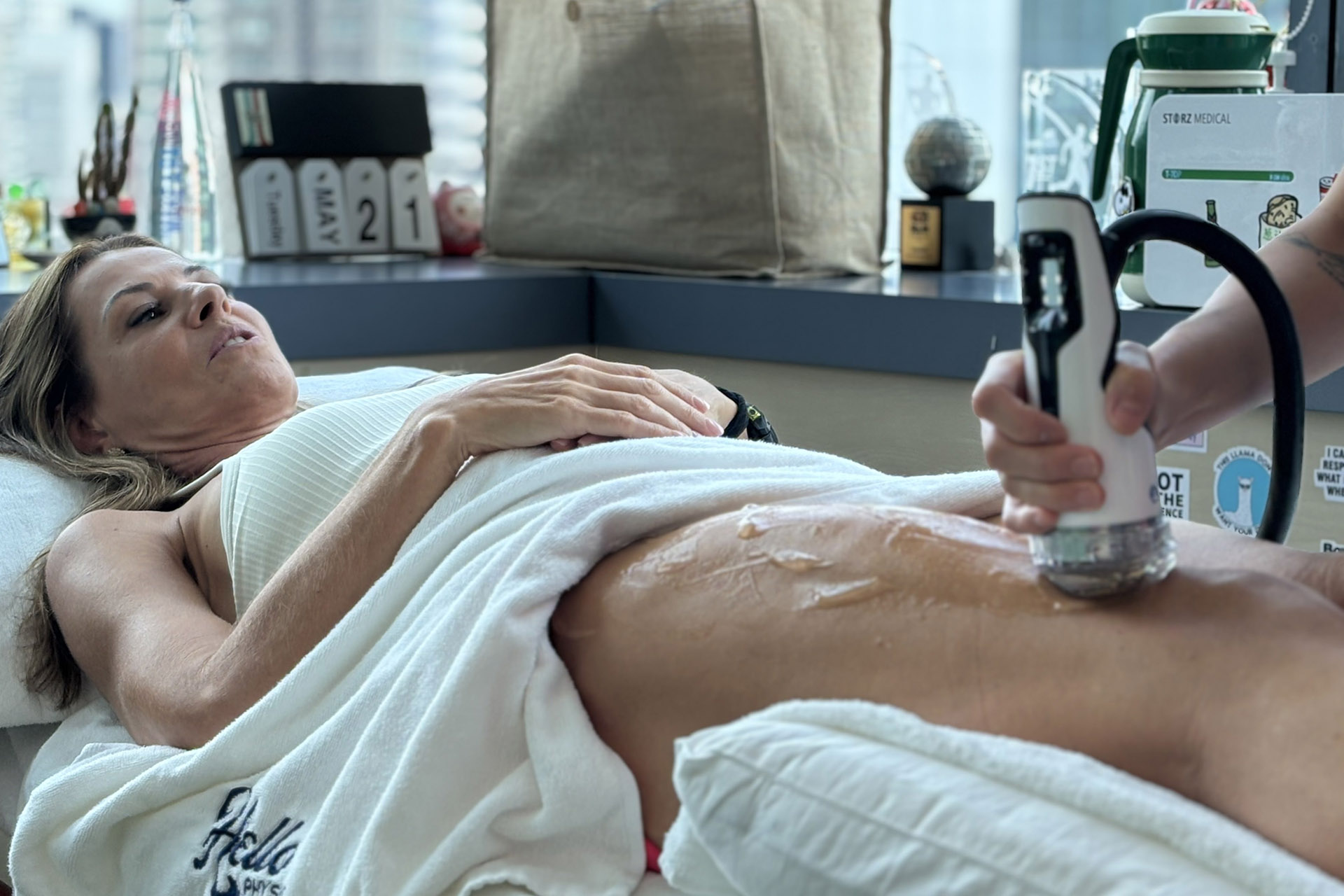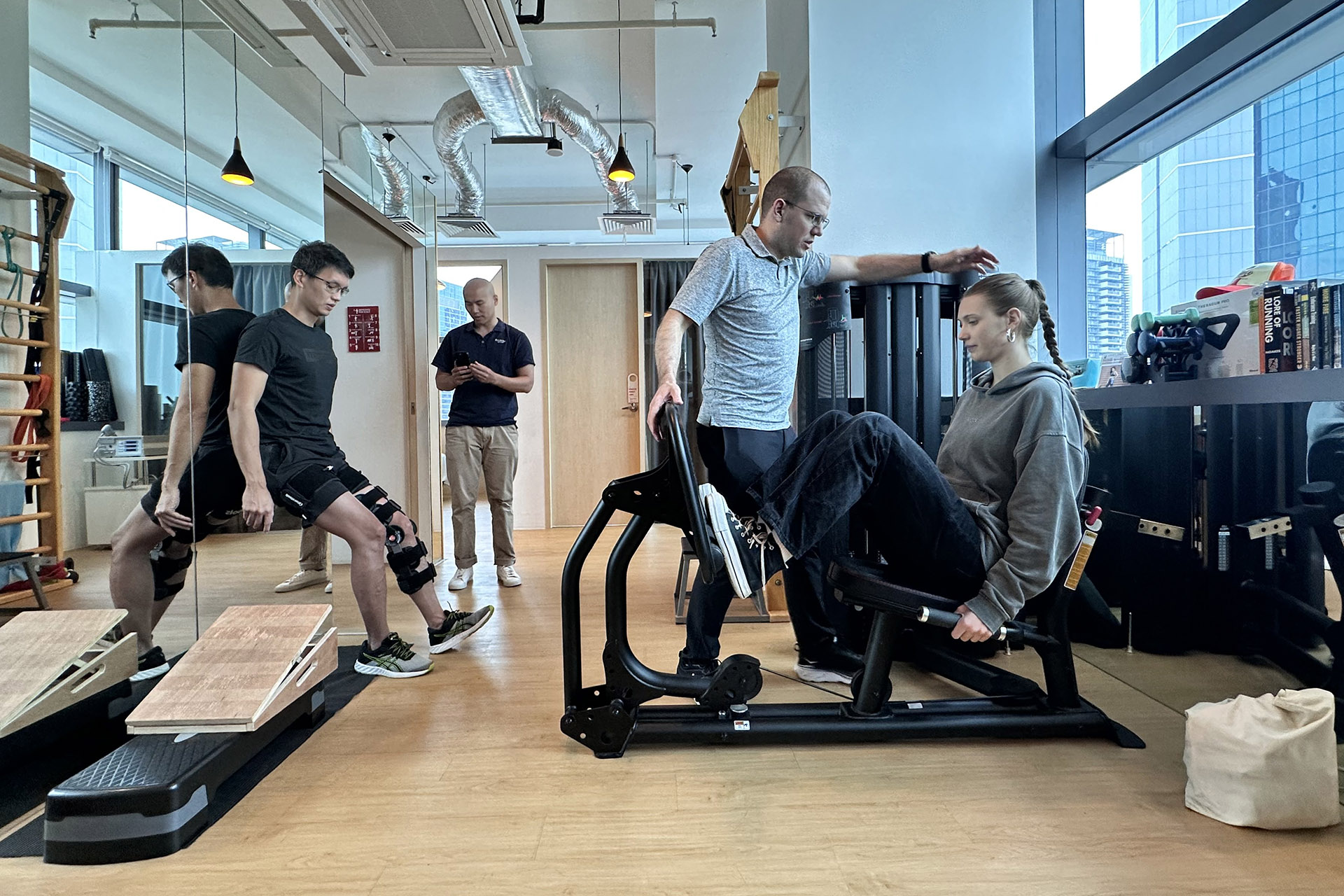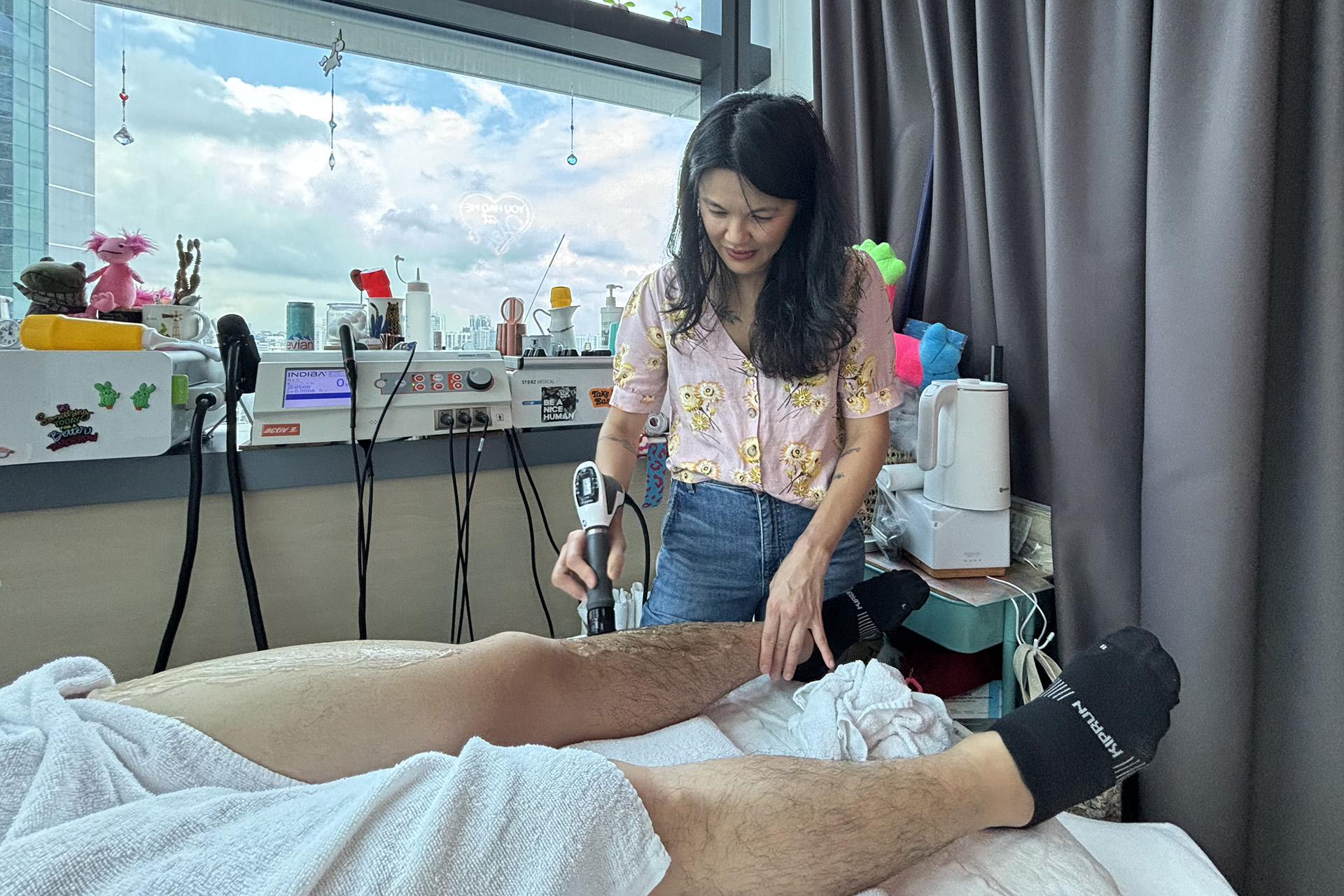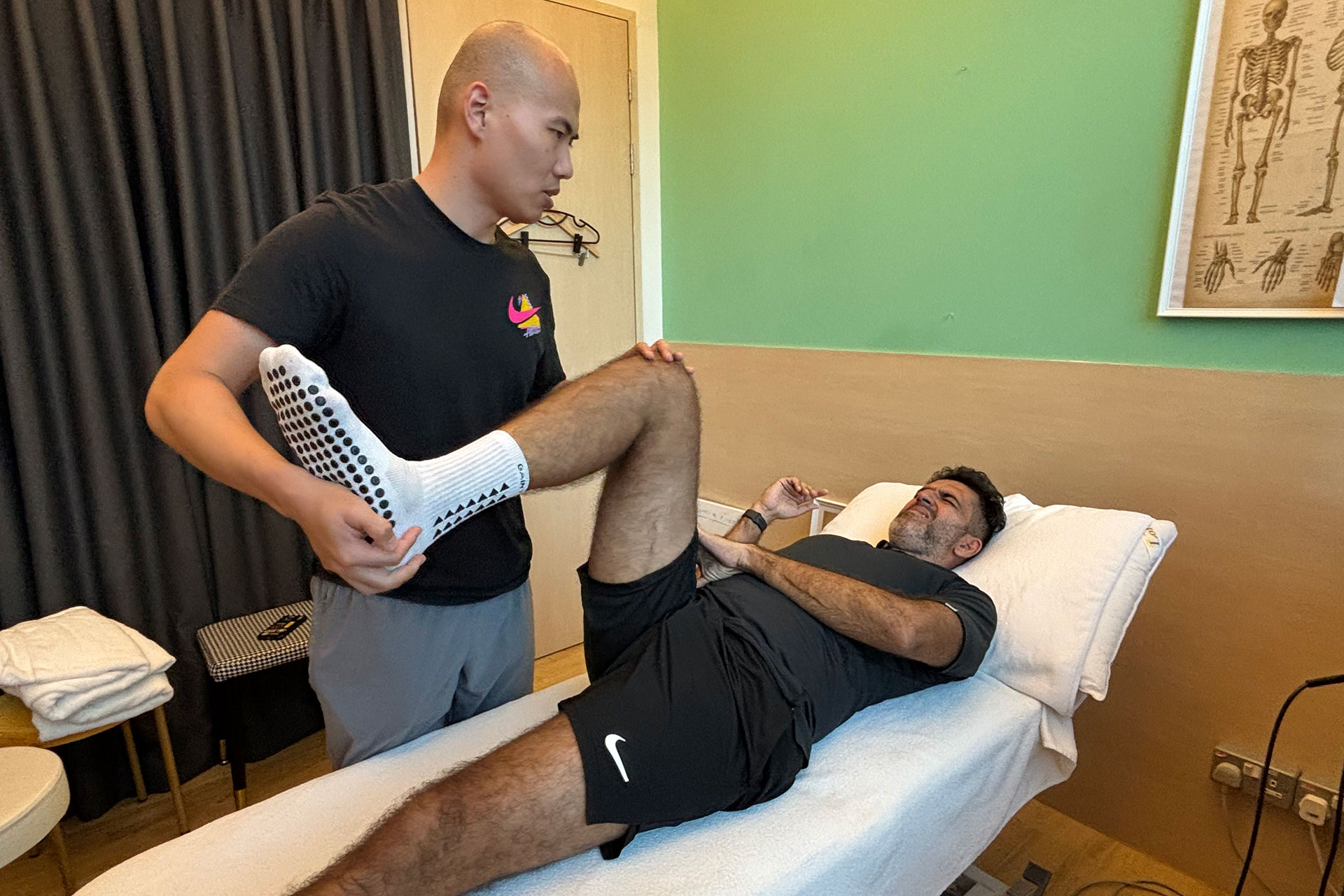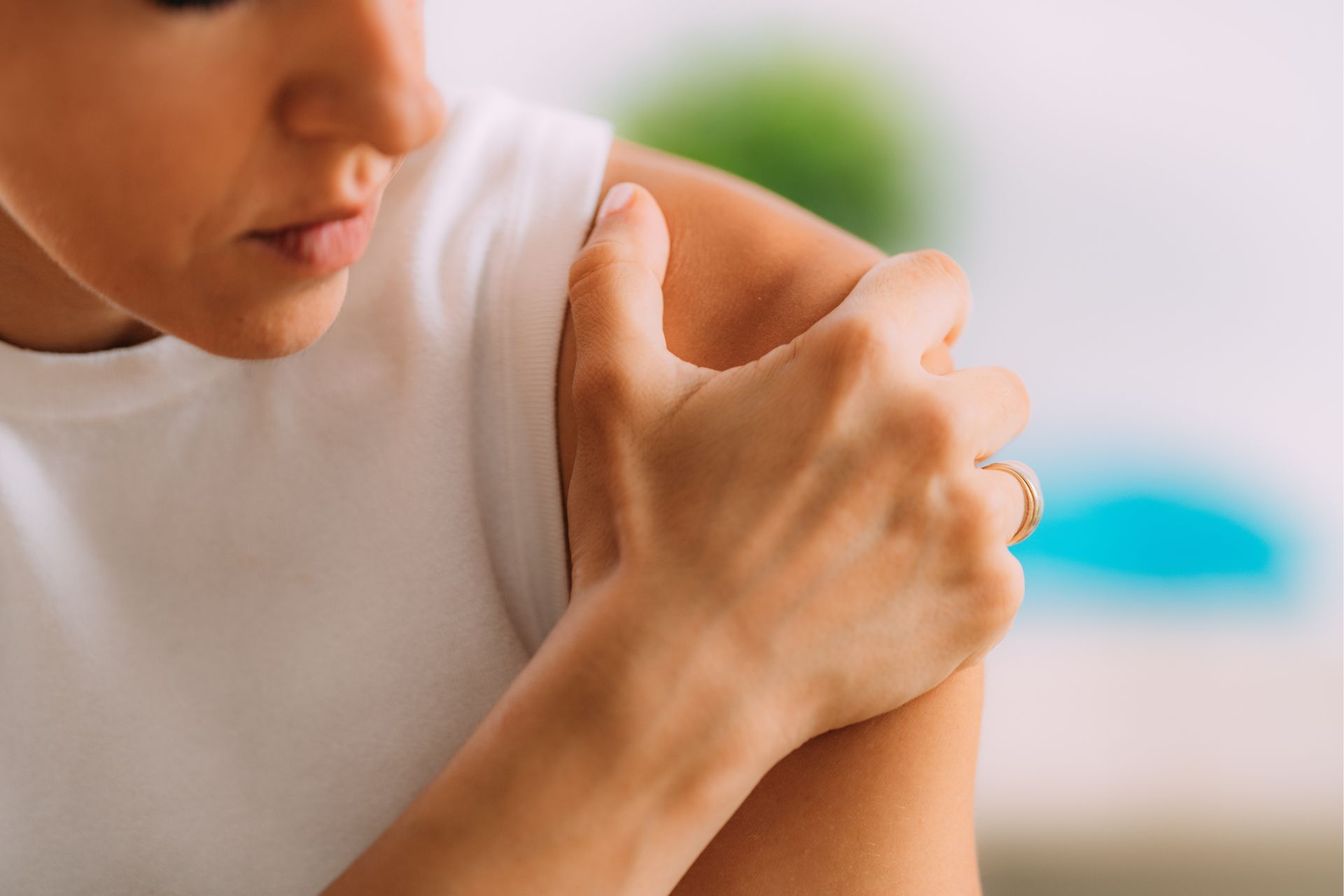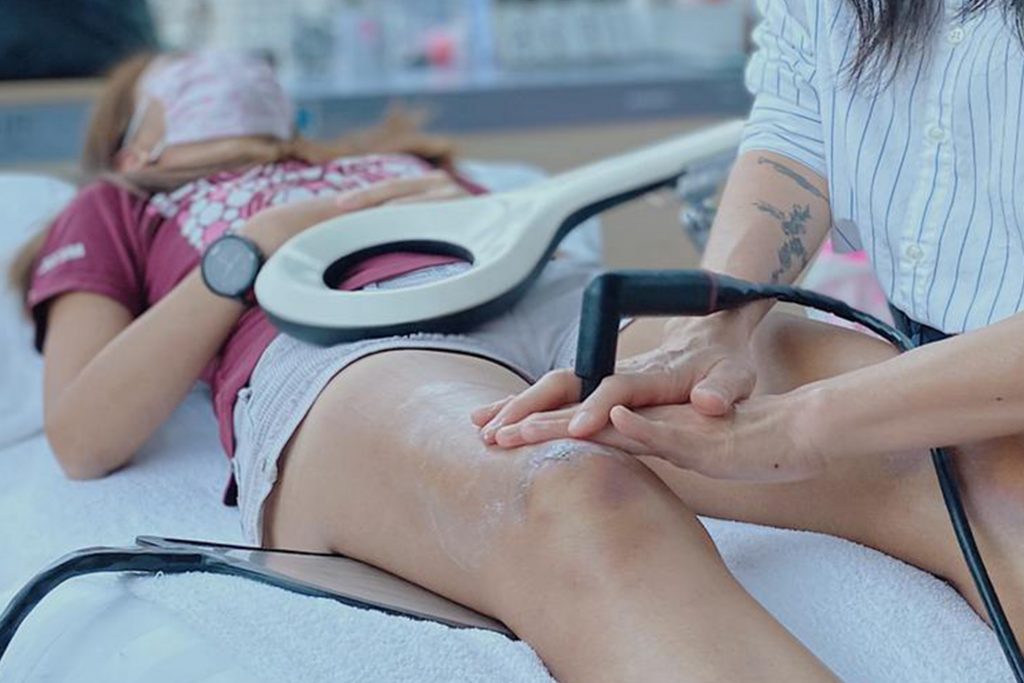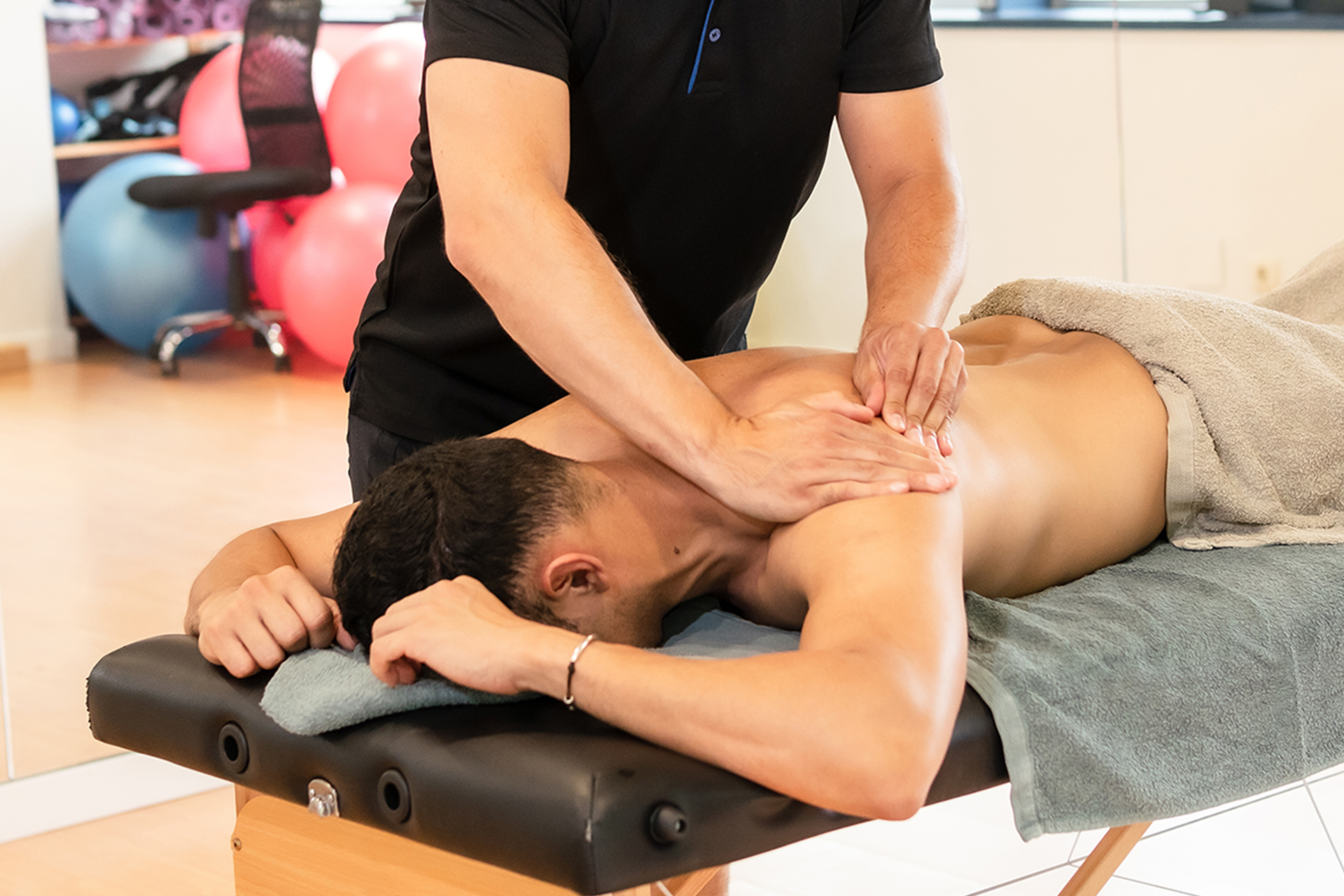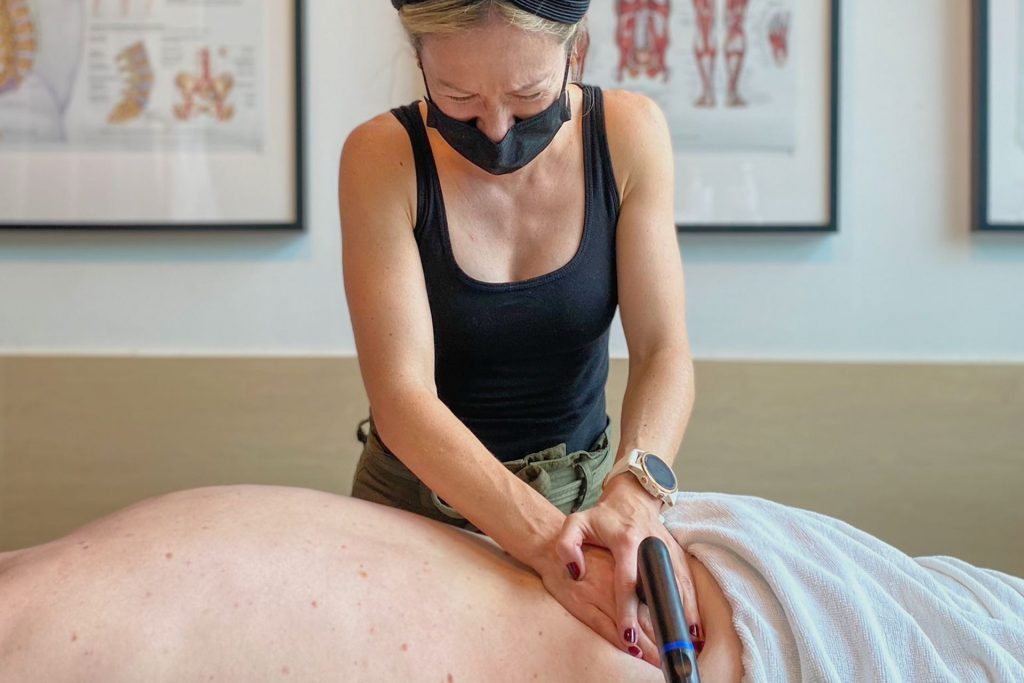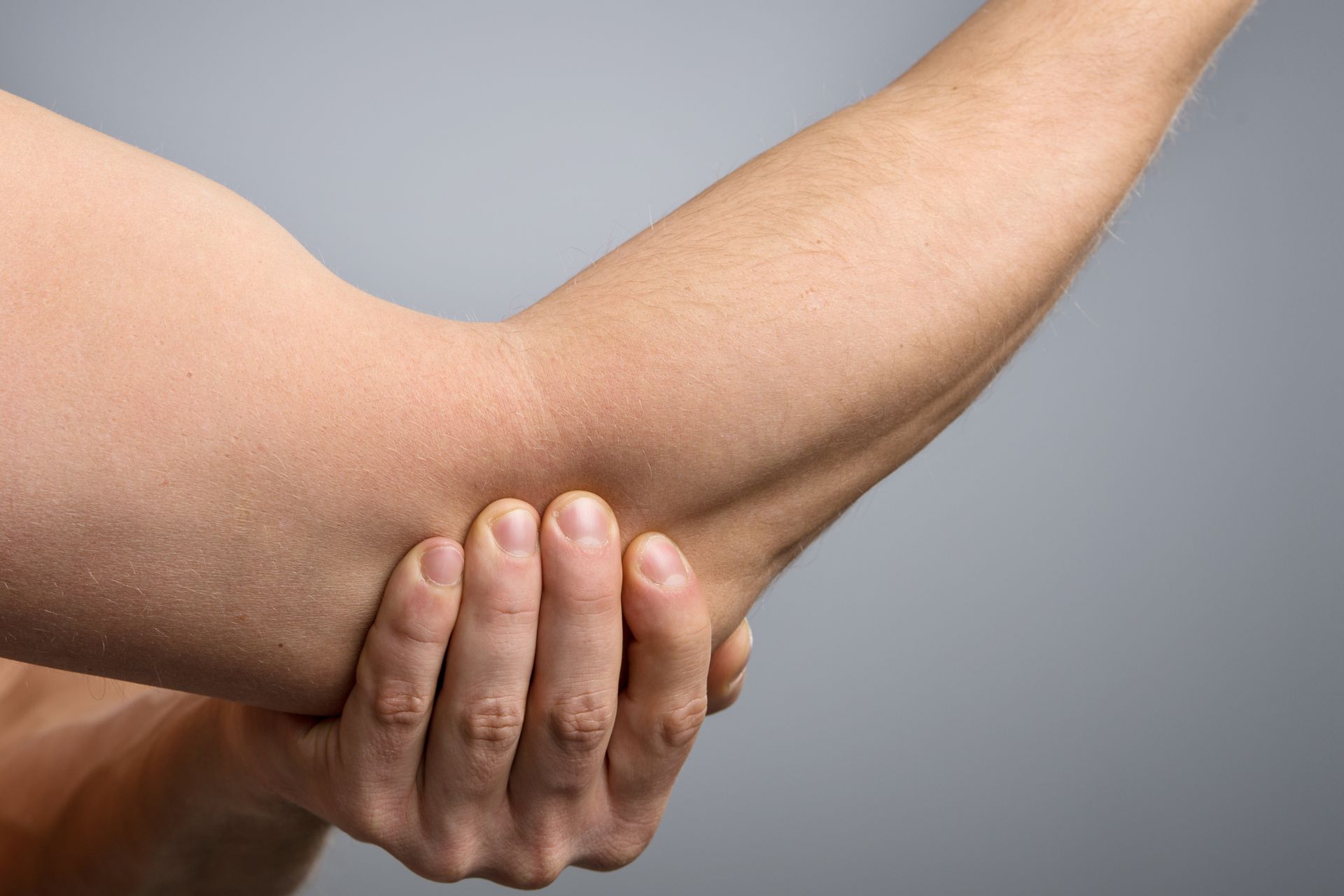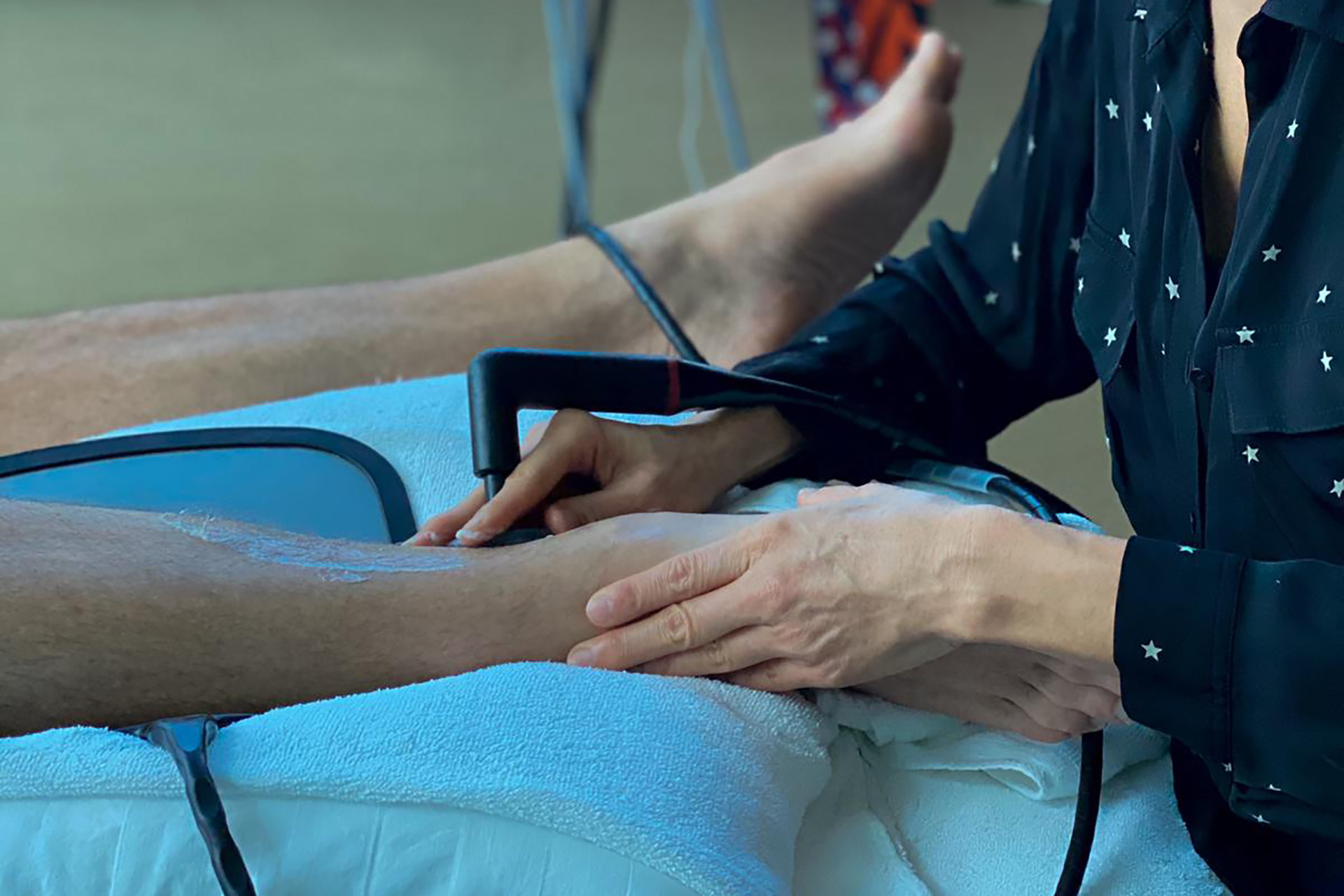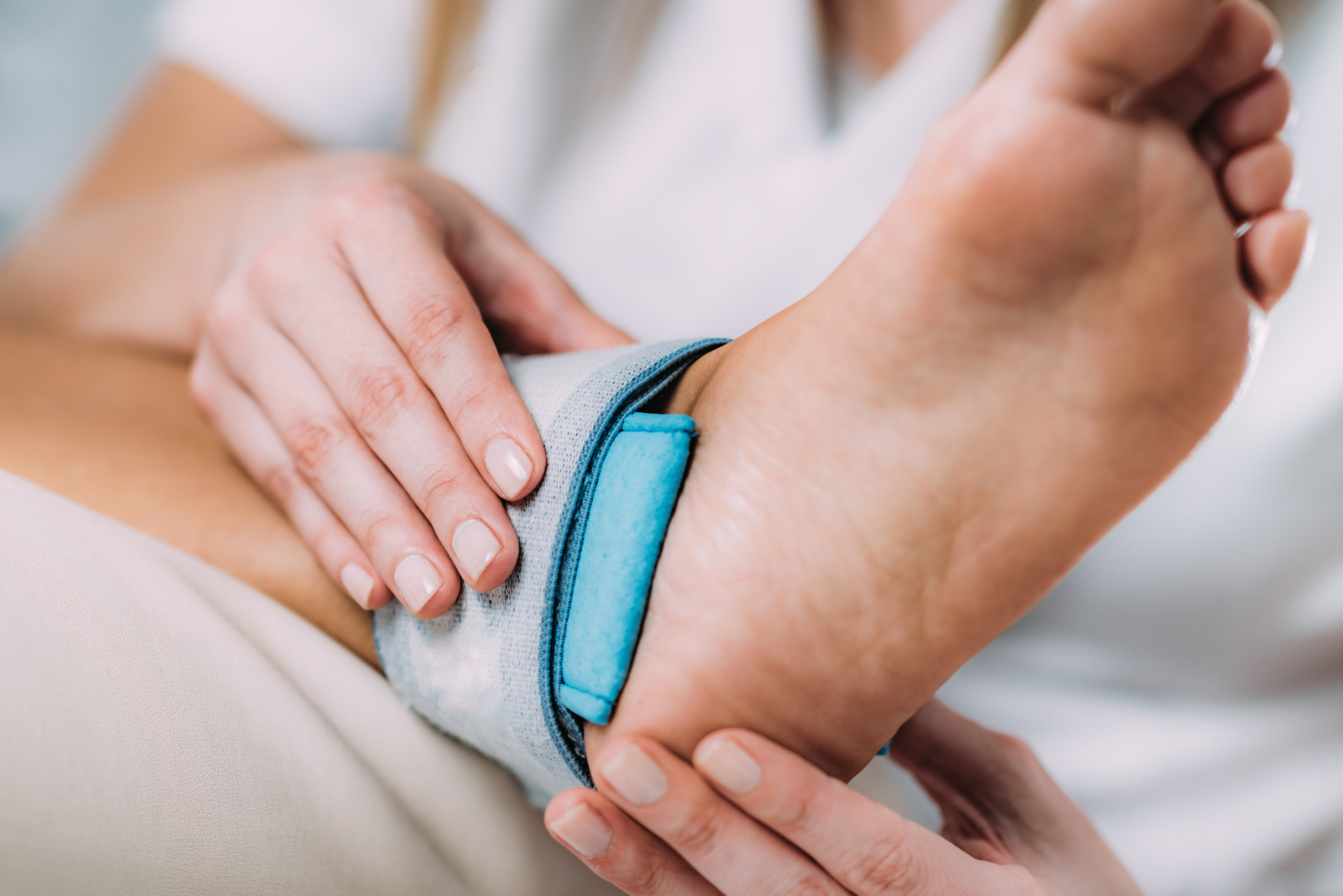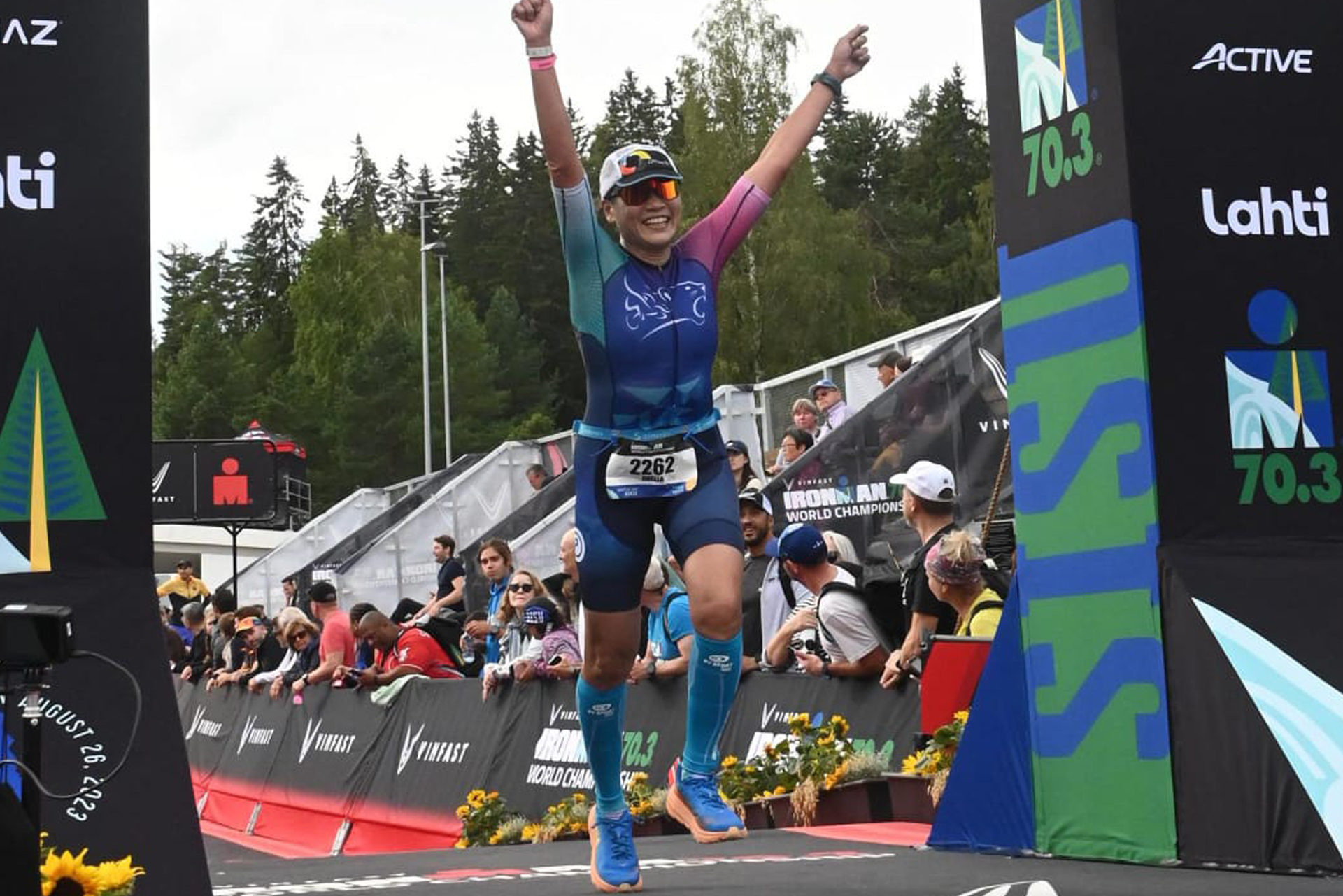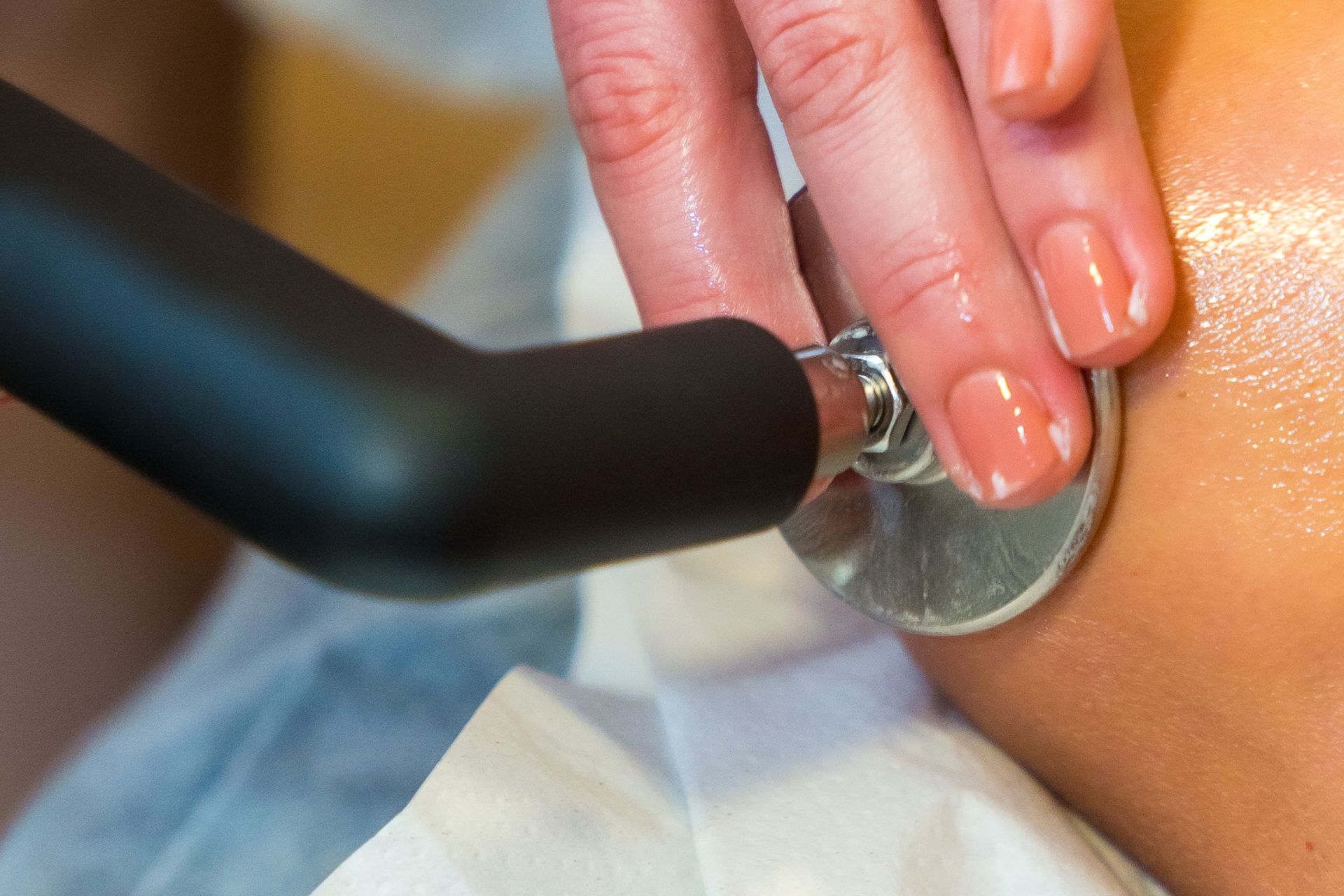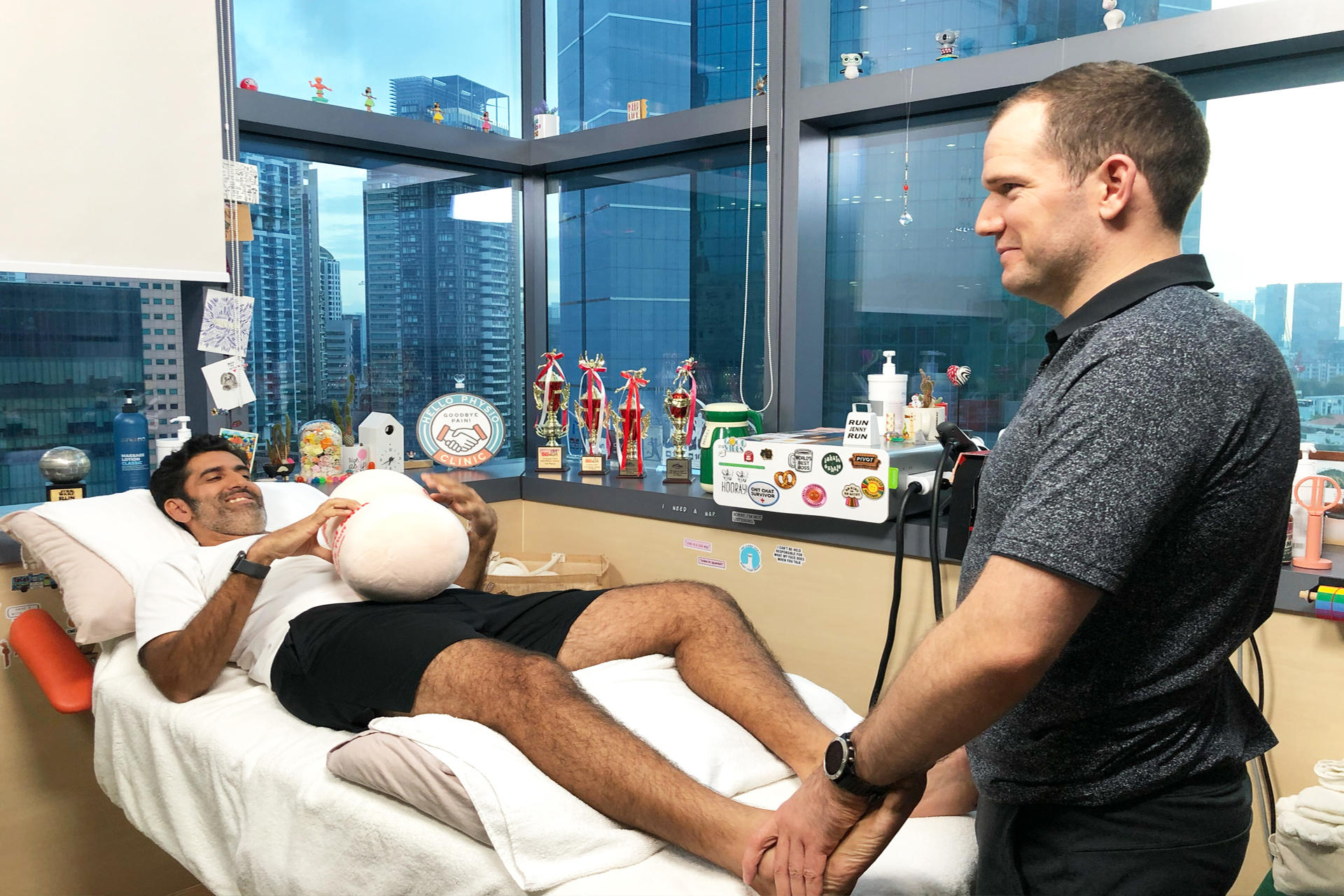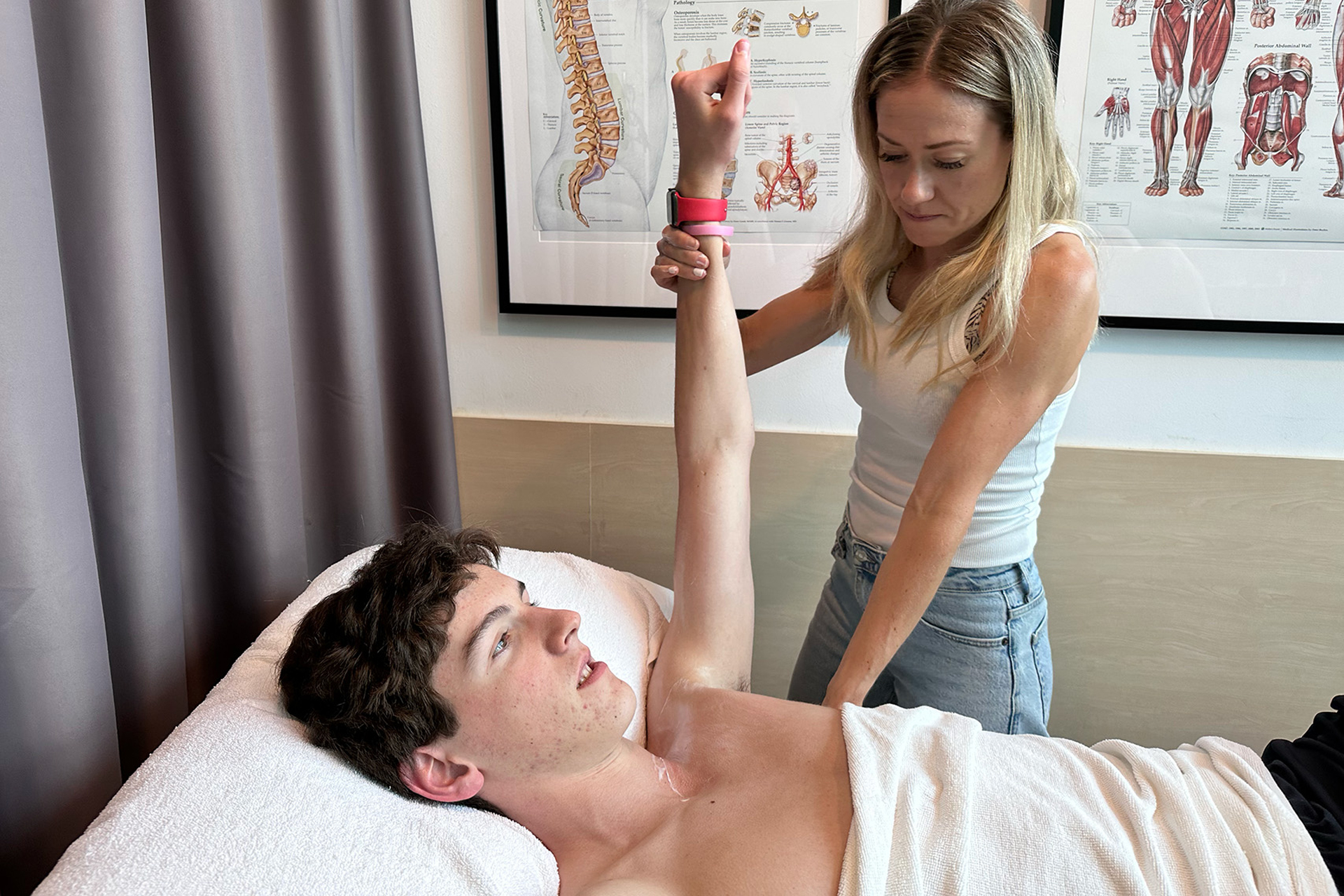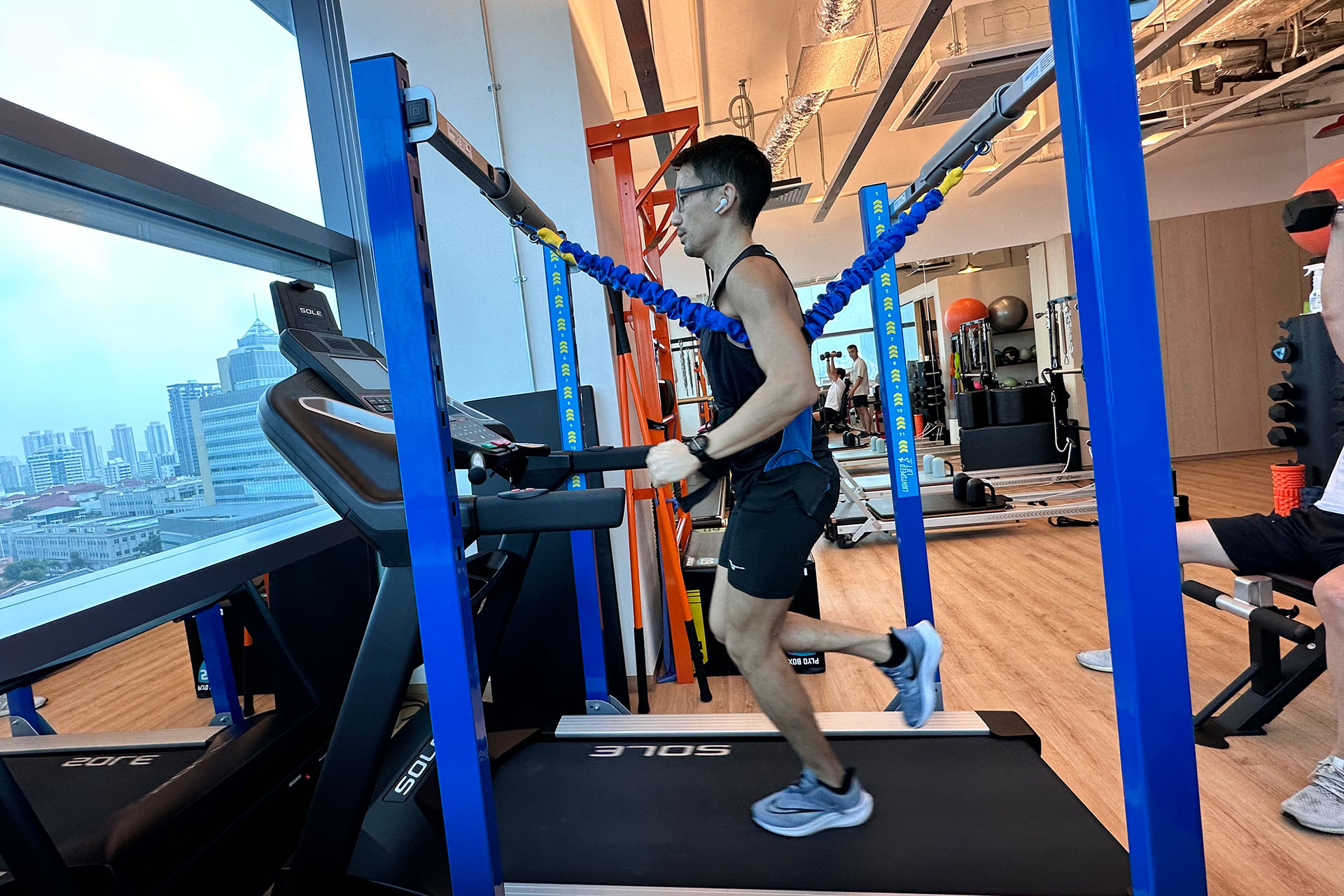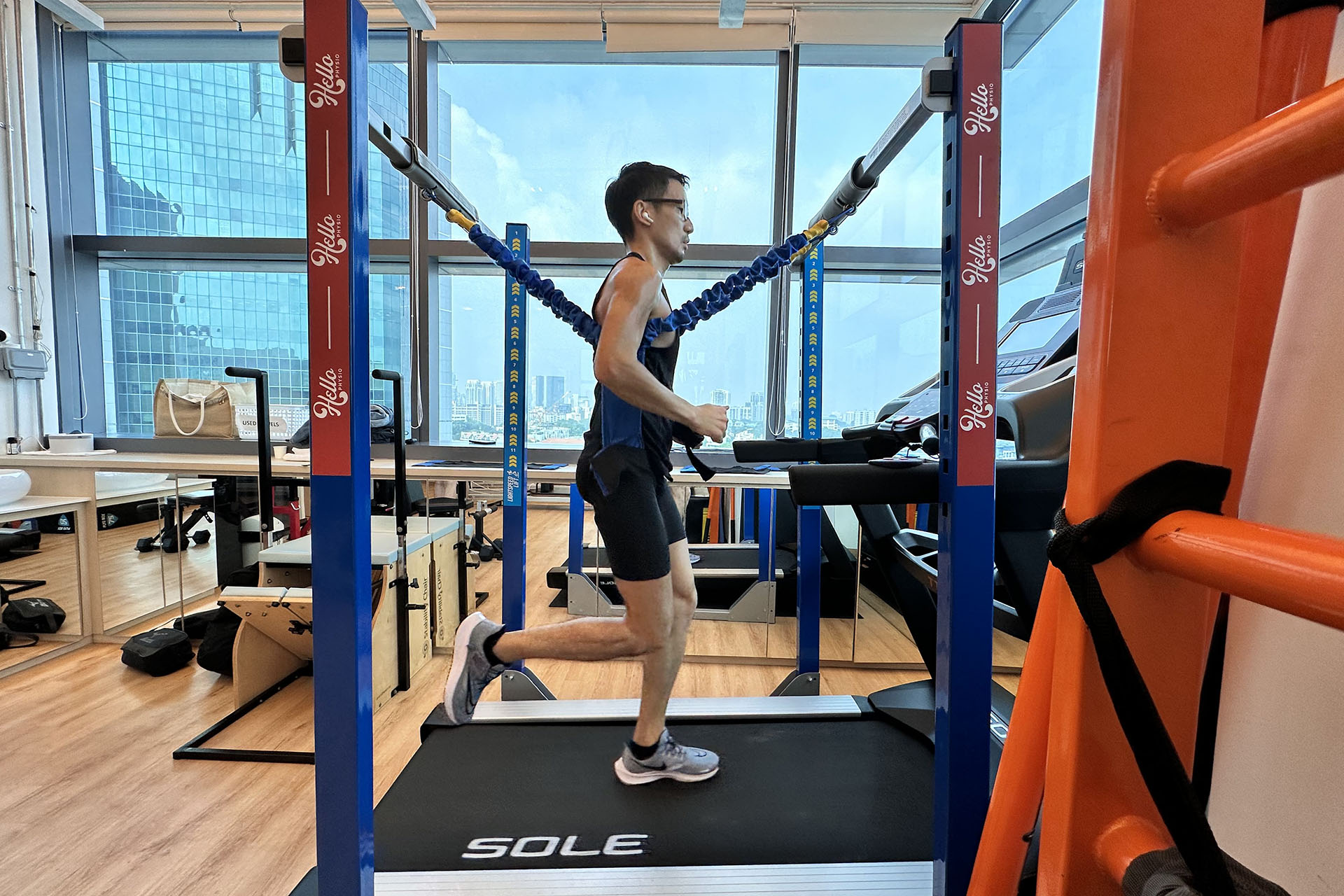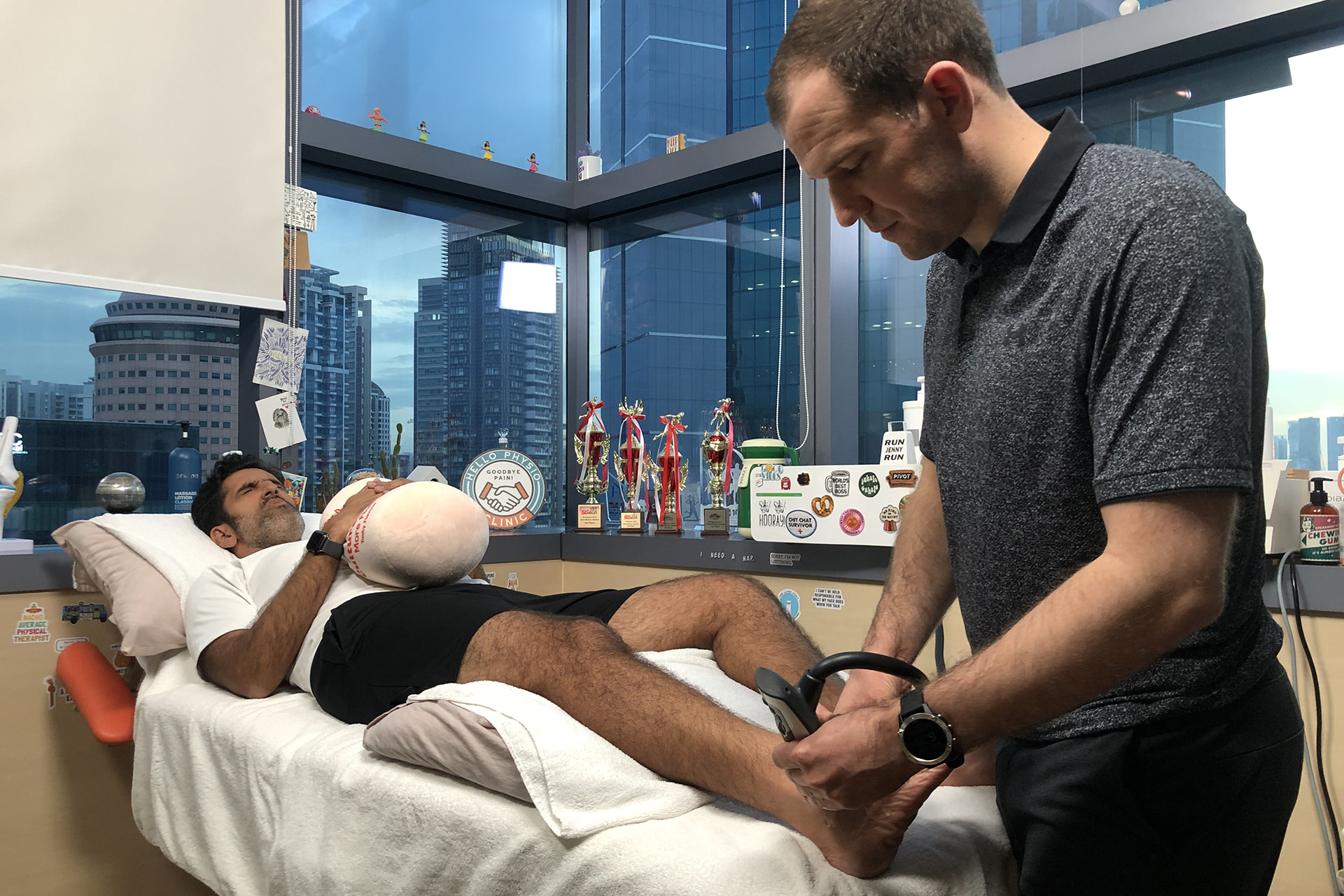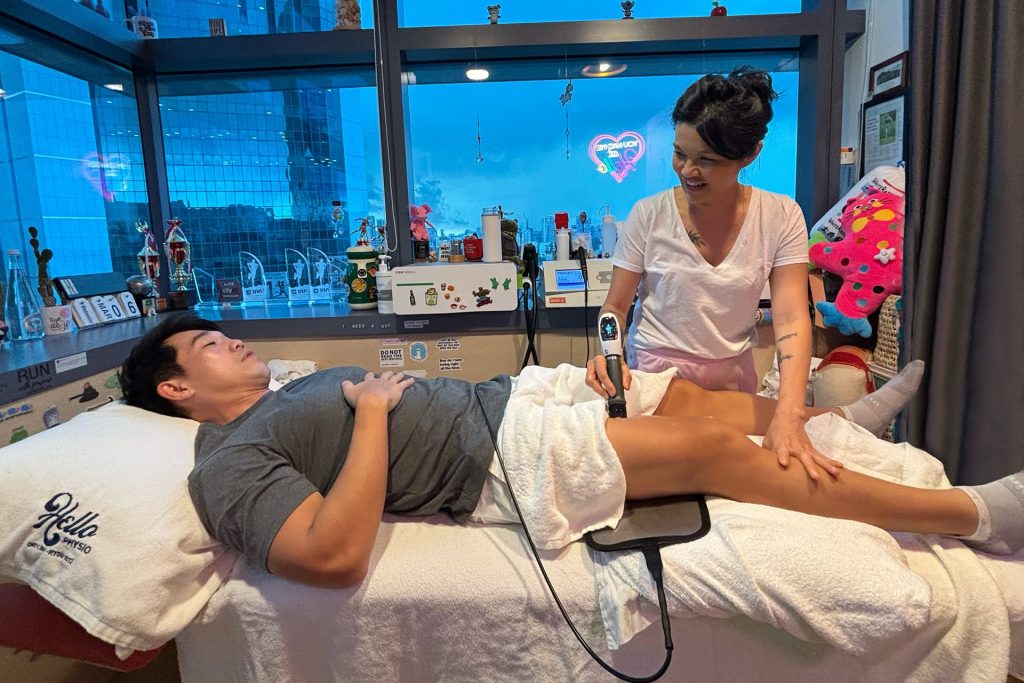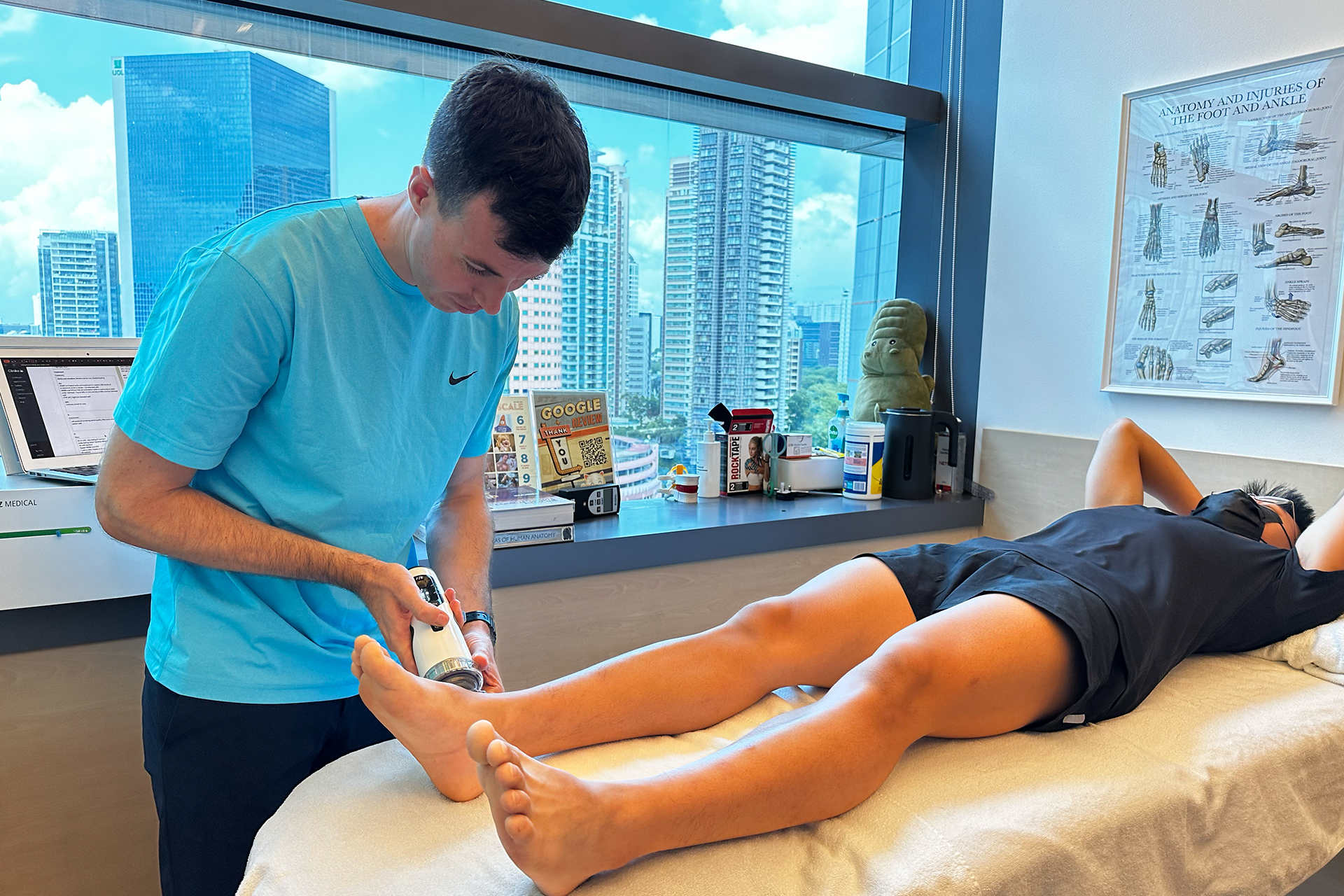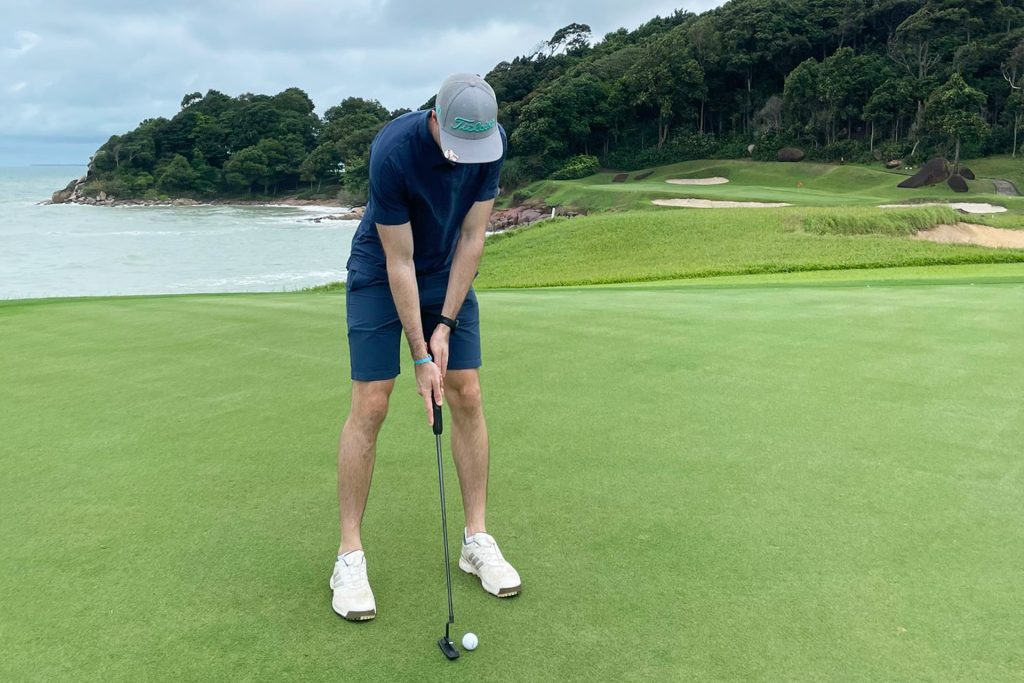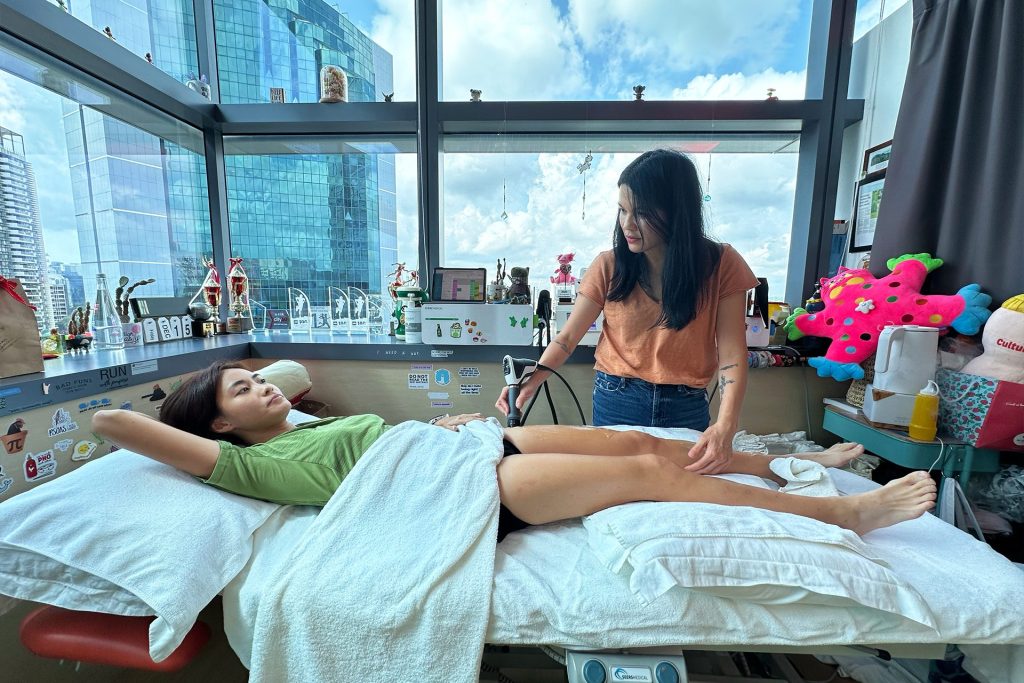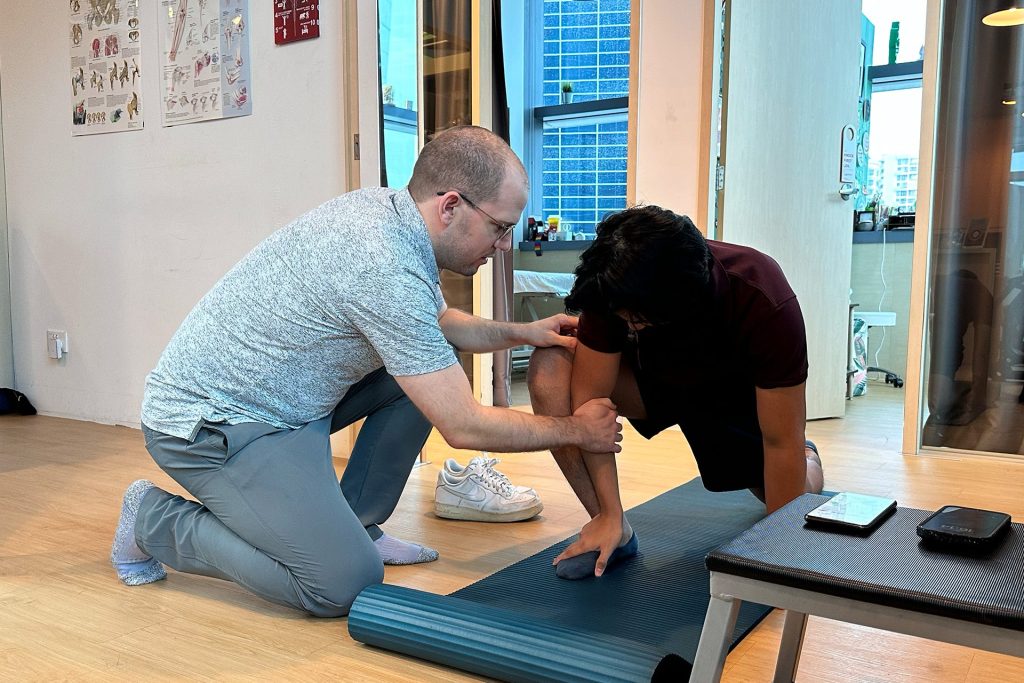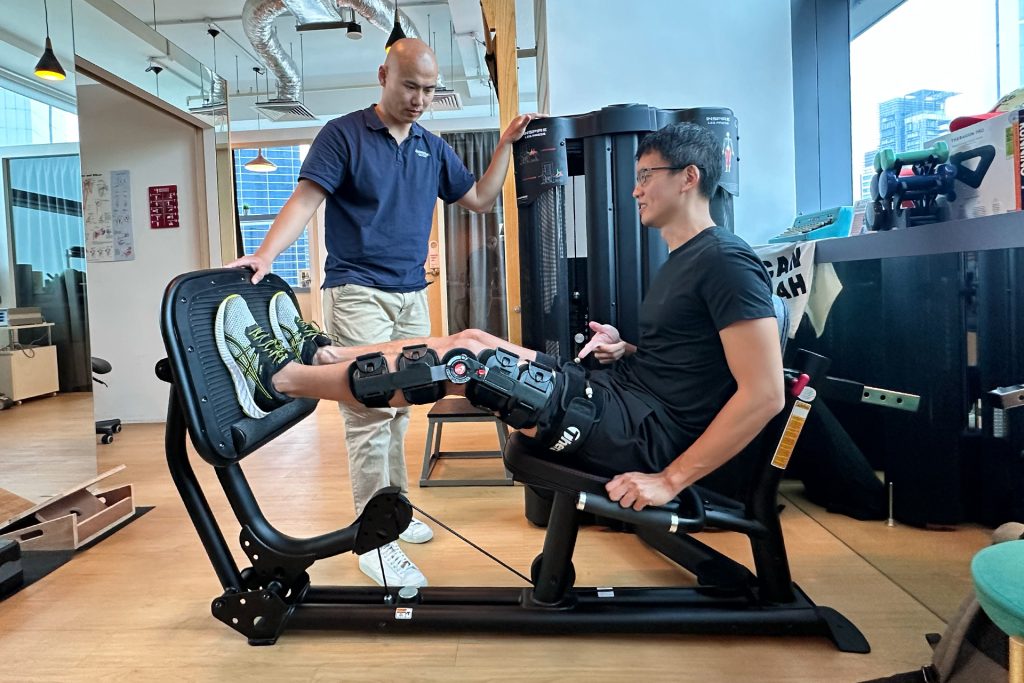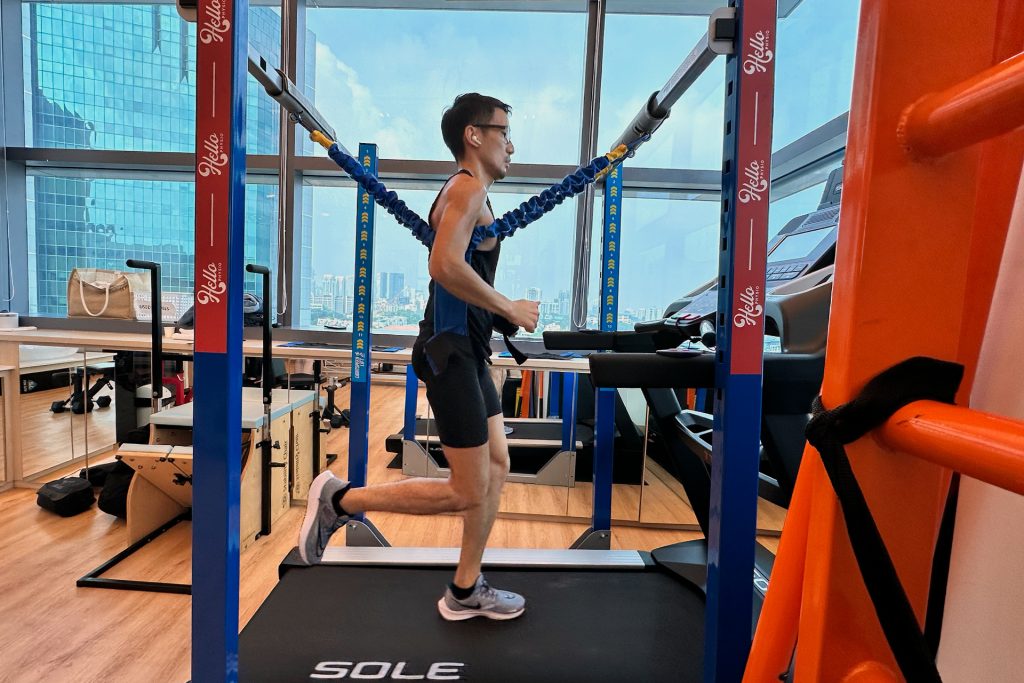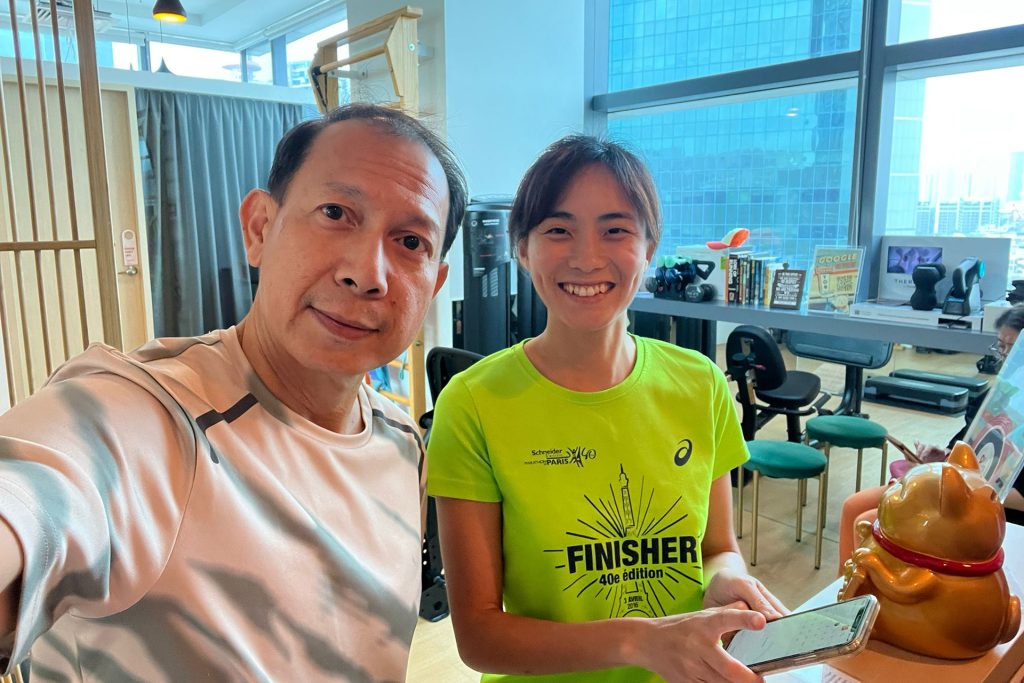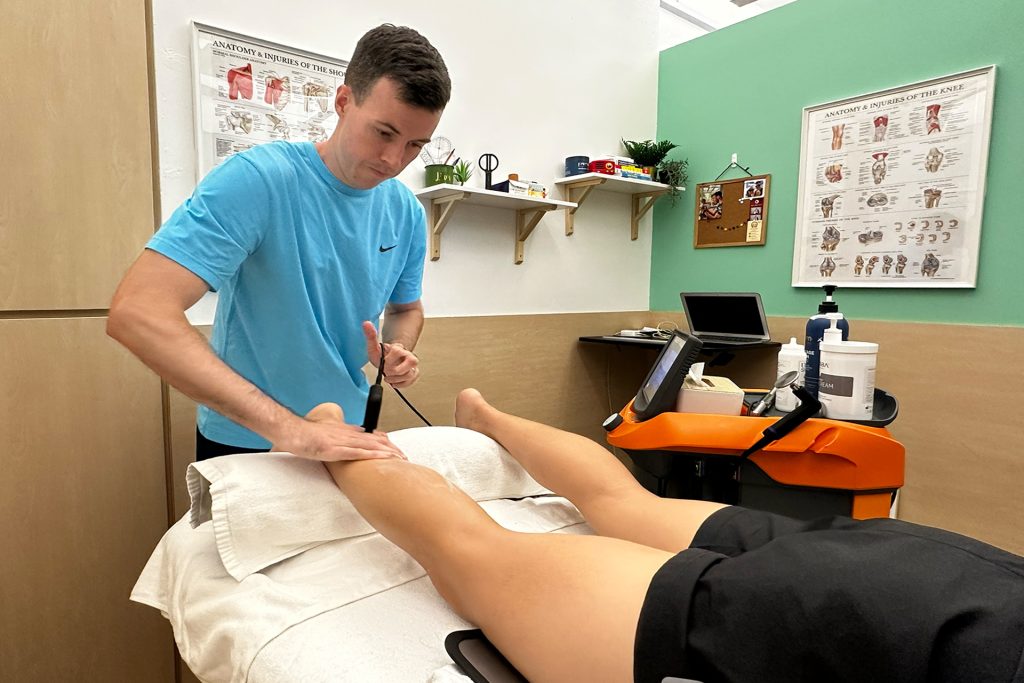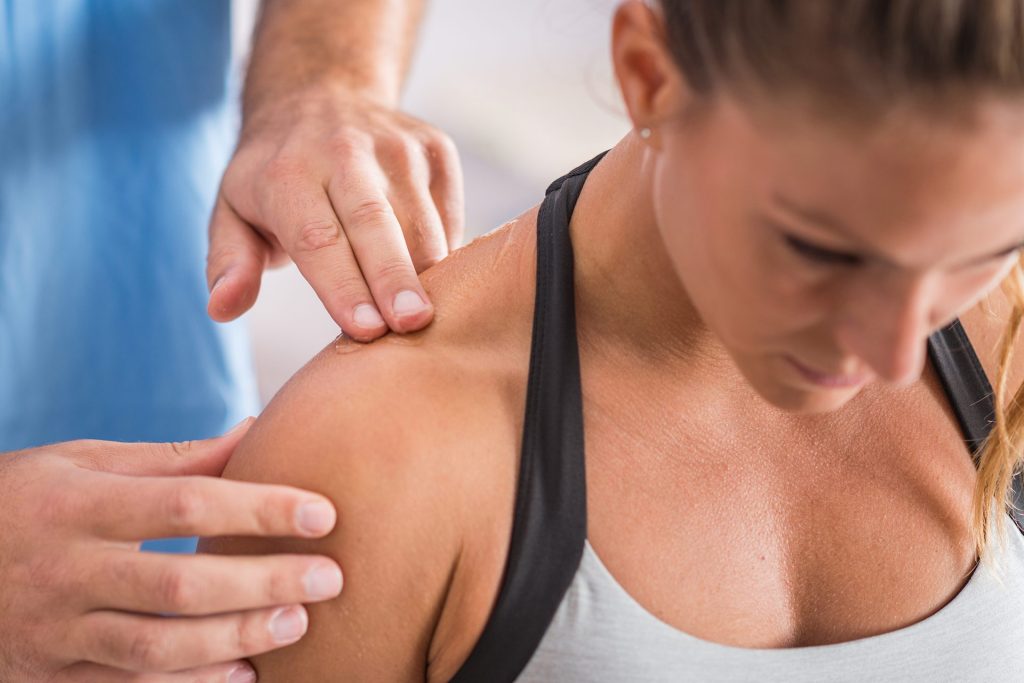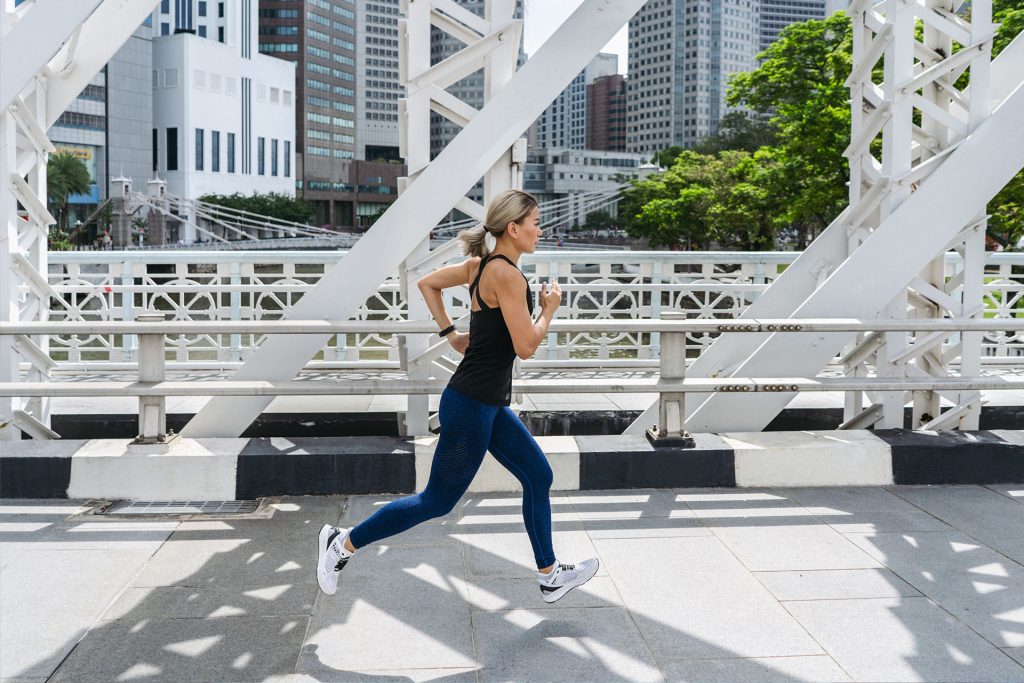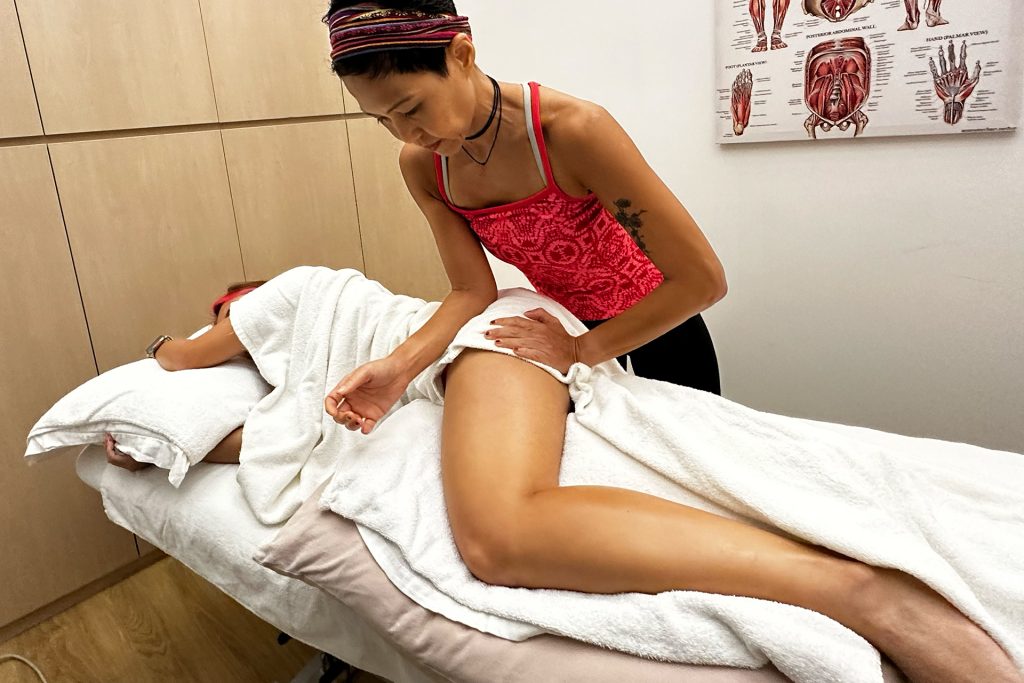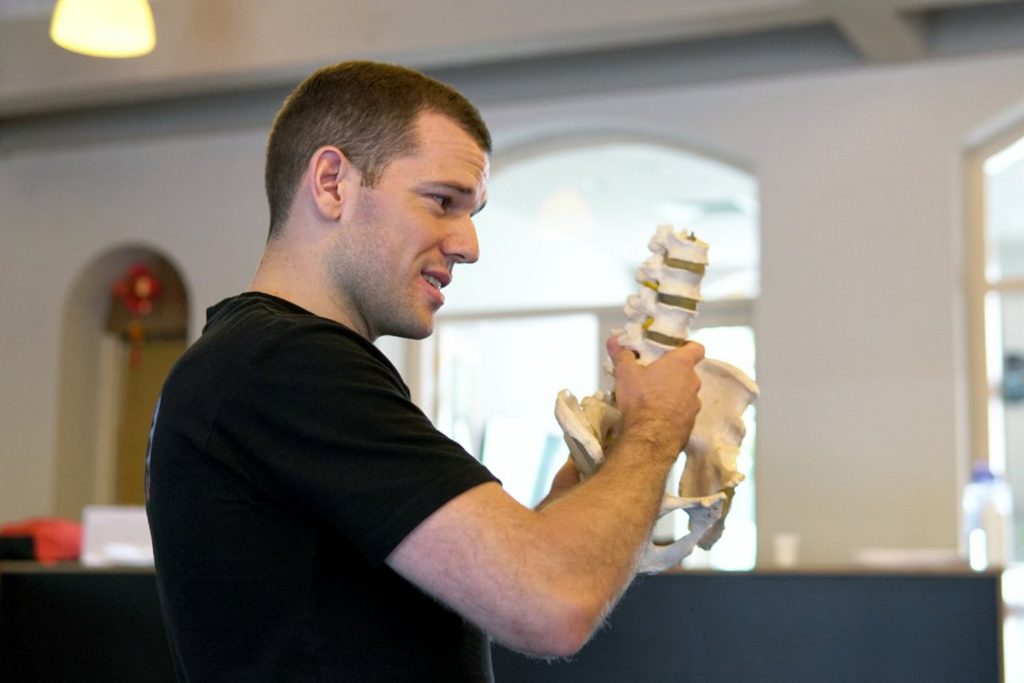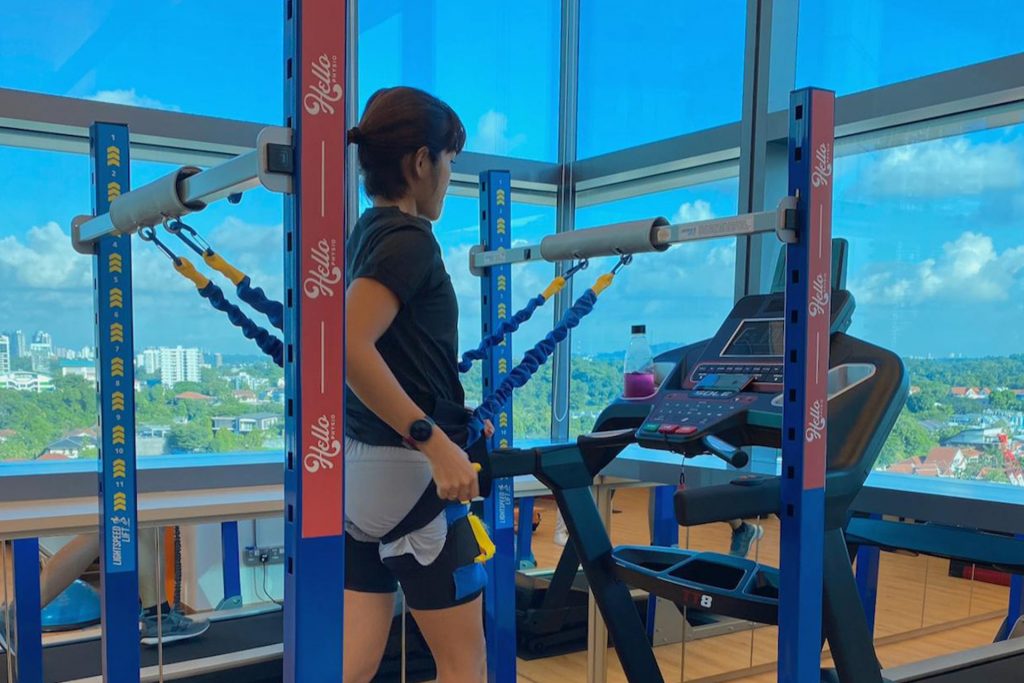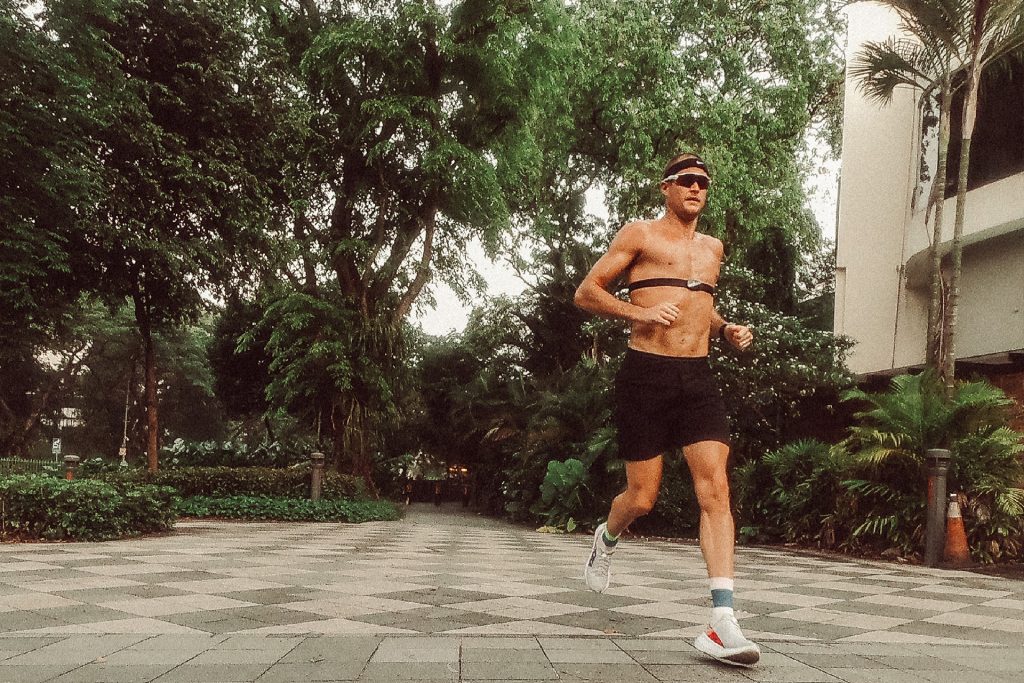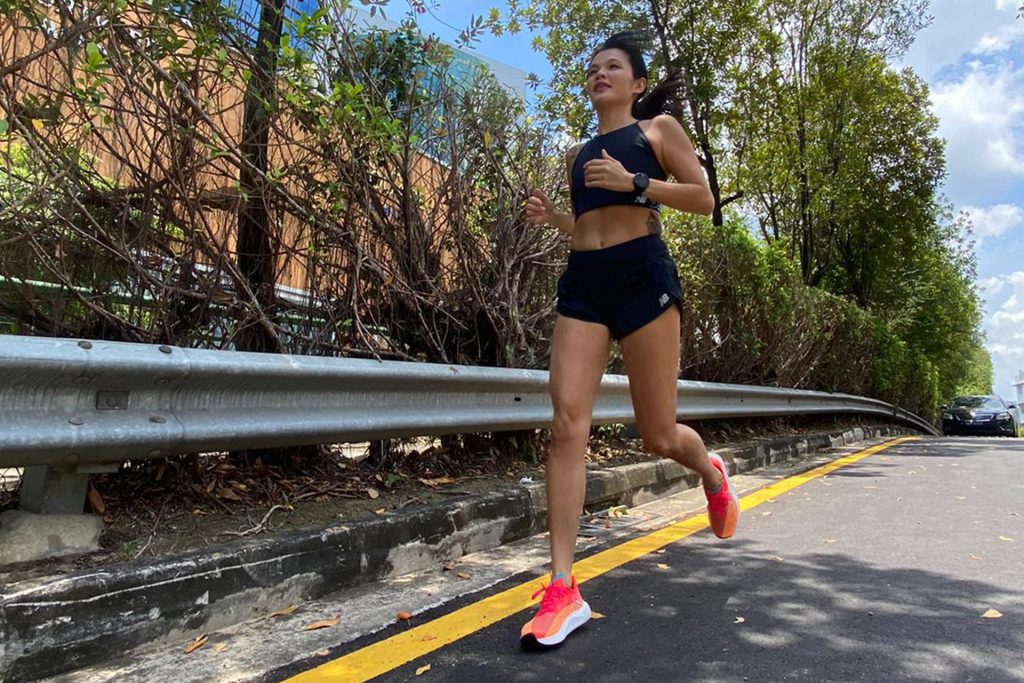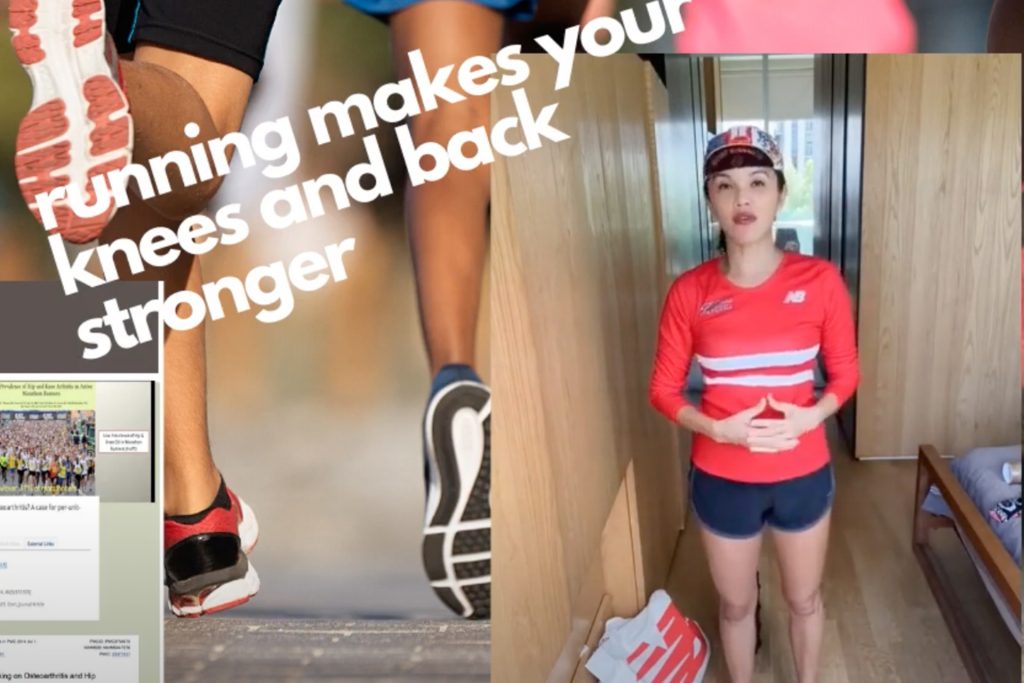|
Getting your Trinity Audio player ready...
|
Physiotherapy Insights for High-Performance Basketball Players
As a tournament physical therapist for the International Basketball Federation (FIBA), HelloPhysio’s senior physiotherapist, Joe Zhang, knows the challenges of keeping high-performance athletes, like basketball players, in optimal health.
While fans eagerly await jaw-dropping dunks and artful assists, Joe focuses on players’ biomechanics to prevent the most common basketball injuries from developing into more debilitating conditions.
Players jump and land on the court up to 70 times during a game, with centers usually jumping the most. The impact of landing can be four to six times their body weight, and players change direction every two to three seconds, adding pressure on their joints as they jump, cut, sprint, and twist.
Basketball players require a robust chassis, much like a high-performance car, to support their large frames and to handle the intense stress generated by their movements. Big feet can translate into powerful performance as the large bones in the foot act as levers that generate the forces necessary for athletic maneuvers.
The foot’s 26 bones are interconnected via 33 joints and kept together by soft tissues such as muscles, tendons, and ligaments. The big toe, midfoot arch, and ankle act as gears to facilitate motion.
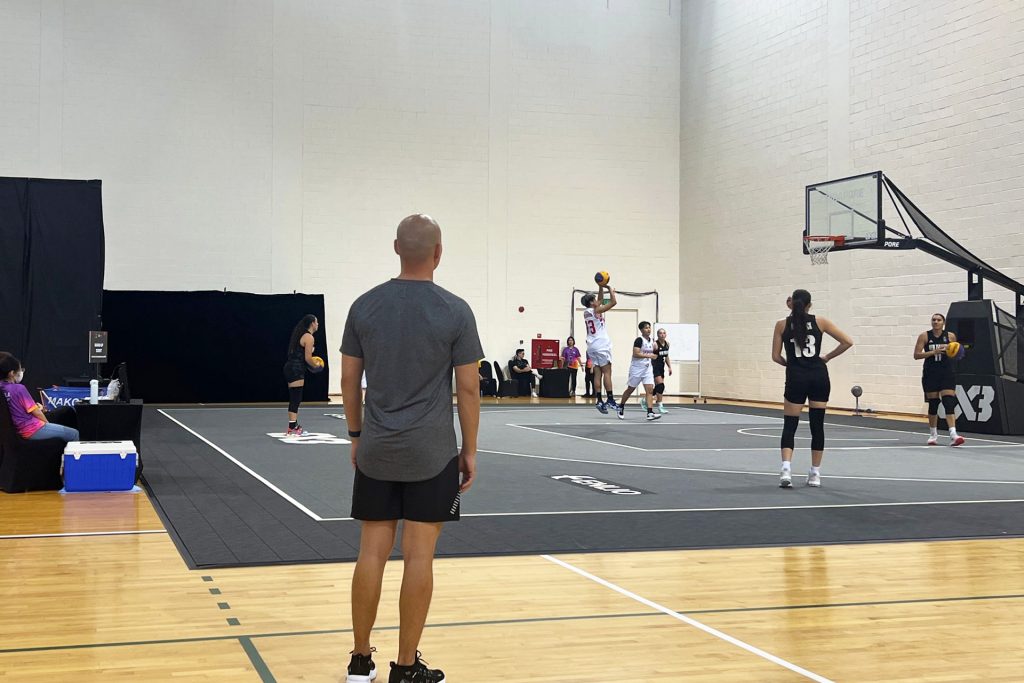
Soft tissues in joints act as a spring, transferring energy between joints as in a suspension system that absorbs the shock of landing, forward propulsion, changing directions, and slowing down while running and jumping.
If this system is not sound, the entire process can break down.
Whether you’re gearing up for the season or recovering from an injury, physical therapy is an essential part of the game for basketball players. With its fast pace and high demands, basketball requires athletes to be physically and mentally at their best. Our team of high-performance sports physical therapists can guide you through a comprehensive exercise program, provide rehabilitative care, and help you recover from injury with the latest modalities.
Most Common Injuries in Basketball Players
The causes of basketball injuries can be diverse and unpredictable and can occur from nearly any direction or circumstance.
When it comes to the most common basketball injuries in players, the lower body bears the brunt, accounting for 62.4 percent of injuries, with foot and ankle-related conditions representing 22 percent of the total. During a session, a player faces a 25 percent chance of getting an ankle injury, highlighting the importance of preventative measures and proper treatment.
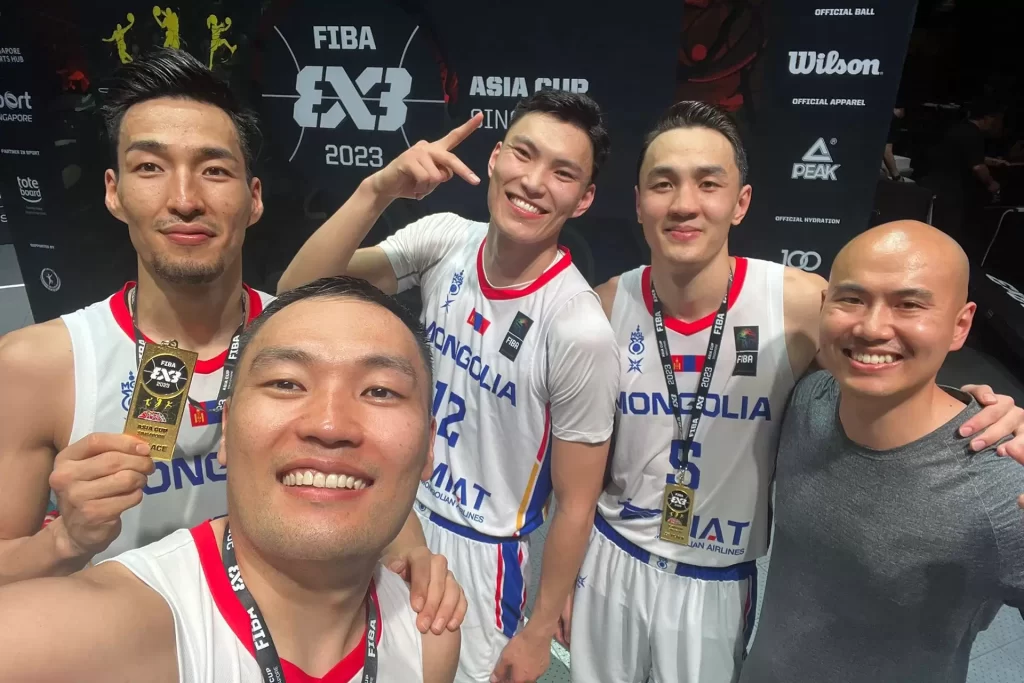
While less common than ankle injuries, bone stress fractures of the navicular, talus, tibia, and fibula are more susceptible and particularly frustrating as they hinder a player’s performance for weeks or months. A study found that only 30 percent of the athletes who incurred a stress fracture were able to return to their previous level of play a year after their injury, making this one of the worst basketball injuries to endure.
Professional players are at a high risk of game-related injuries, including patellofemoral inflammation, which can be a significant musculoskeletal injury and result in losing competition days. Knee injuries, such as jumper’s knee, can be severe, although true ligamentous knee injuries are uncommon.
If a player’s ankle is too flexible, they may suffer from Achilles tendon tears, especially when the ankle bends at a 48-degree or more angle. This overuse injury affects the calf muscle and heel connection, causing discomfort and tendon swelling.
FAQs about Common Basketball Injuries
I tweaked my back during a game, and it's stiff, especially in the mornings. Can physiotherapy help with my basketball back injury?
Physiotherapists are skilled in diagnosing the root cause of your back pain, be it a muscle strain, ligament sprain, or disc issue. They’ll devise a personalized treatment program focused on pain relief, increased flexibility and core strength, and correcting spinal movement patterns. Back injuries from basketball may stem from other areas, such as tight hamstrings, rather than the back. Your treatment could encompass manual therapy, specific exercises, supportive technologies, and advice on core stability to ward off future injuries.
What can physiotherapy do for my jammed finger while going for a rebound, and it's swollen and painful?
The initial treatment usually includes rest and ice application for a jammed finger, a frequent basketball injury. However, if the injury results in persistent pain or is associated with tendinopathies around the finger joints, shockwave therapy could be a viable treatment for such basketball-related hand injuries. Given the specific details of the injury and the possibility of underlying conditions that could respond well to this therapy, a comprehensive evaluation by a sports physiotherapist is essential to establish the most suitable treatment strategy for your injury.
I sprained my wrist during a fall, and it's hard to grip the ball now. What can physiotherapy do to help me regain strength after a basketball wrist injury?
INDIBA® therapy, which employs radiofrequency to foster cellular healing and reduce inflammation, provides a potent solution for strained wrists, a common basketball injury. This non-invasive technique boosts blood circulation and cell repair, alleviating pain and speeding up healing. It’s especially beneficial for treating wrist strains caused by overuse, impact, or twisting motions typical in basketball and everyday activities, offering a quicker and more effective recovery than traditional methods.
My knee keeps buckling outwards when I play, and it hurts inside. Is physiotherapy helpful for ACL injuries?
INDIBA therapy enhances cellular repair and mitigates inflammation, streamlining tissue healing and diminishing pain. Shockwave Therapy accelerates recovery and alleviates knee discomfort, proving beneficial for ACL injuries and associated ailments like tendinitis. Clinical Pilates bolsters core stability and knee robustness, which is crucial for rehabilitation and averting future ACL complications. Together, these modalities enrich traditional physiotherapy, offering a faster path to recovery and improved knee functionality. Seeking professional advice ensures a tailored treatment plan, incorporating muscle strengthening, balance drills, and plyometrics to equip your knee for sporting activities.
I have pain in my shoulder from a basketball injury, especially when I shoot and raise my arm high. Can physiotherapy help with rotator cuff injuries?
Physiotherapy is a proven method for addressing rotator cuff injuries, frequently seen in basketball players. The therapist will evaluate the injury and develop a regimen focused on reducing pain, enhancing flexibility, and strengthening the muscles around the shoulder joint for better stability. Treatment may include manual therapy, exercises using resistance bands or weights, and additional methods such as Shockwave Therapy to dissolve calcified deposits.
Conditioning Programs to Reduce the Risk of Injury
When a basketball player experiences an injury, it’s essential to involve a physical therapist in the recovery process. While a physician can address an injury, a physiotherapist can help heal and recover faster through comprehensive rehabilitation.
Physical therapists can help with basketball injury prevention, prepare players for the season with a comprehensive strength and conditioning program, and address and treat any injuries that occur throughout the season to return the players to their sport safely and in optimal form. The pre-season exercise program focuses on strength training, flexibility, and aerobic conditioning to improve overall endurance and correct muscle imbalances.
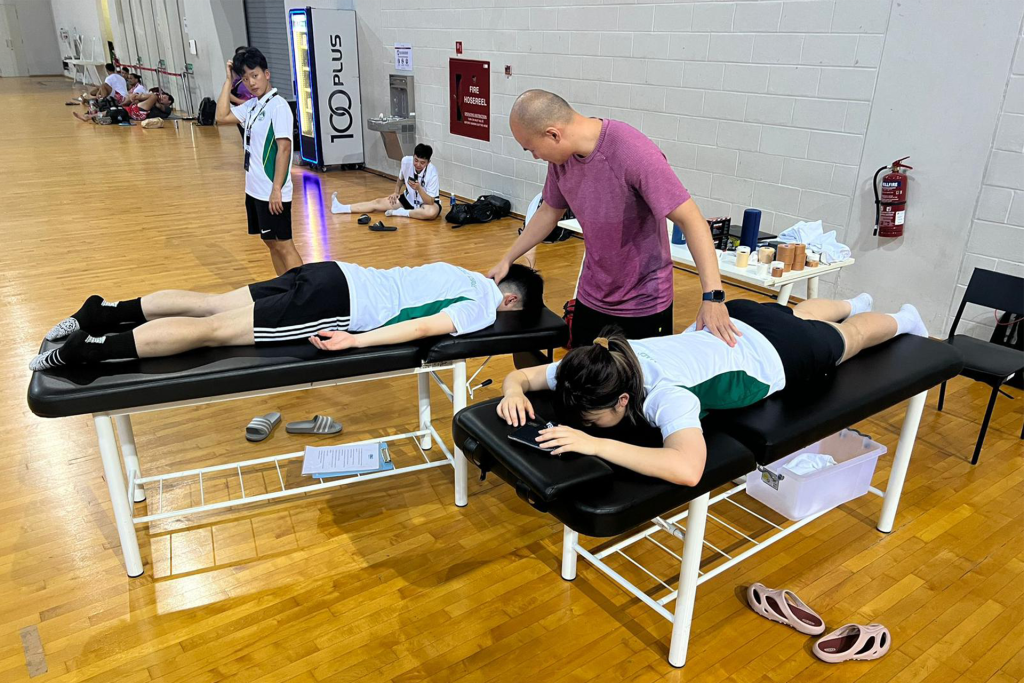
HelloPhysio’s senior sports physical therapist, Joe Zhang, has extensively studied joint range of motion, arch mobility, and foot and ankle mechanics in basketball players to help mitigate injury risks. He specializes in designing personalized conditioning programs to address individual players’ needs, reducing the risk of injury by targeting weak or overused muscles.
It is equally vital to understand the dynamics of play in high-level basketball. Physical therapists usually prescribe range-of-motion exercises, strengthening movements, manual therapy that manipulates joints, and ankle mobility training. For example, while most people can move their big toe about 60 degrees, research points out that most basketball frontcourt players can only move it about 40 degrees. That means their feet and ankles are less flexible than the average person’s, which can put them at higher risk for specific injuries.
By considering basketball-specific movements, our team tailors training techniques that target big toe extension, arch mobility, ankle flexion, hamstring flexibility, and hip range of motion, helping players perform risky maneuvers more safely.
Our training programs feature the latest in evidence-based practices for effective player condition, warm-up protocols, and post-game cooldowns, such as muscle activation while training, dynamic stretching before practice or games, and static stretching.
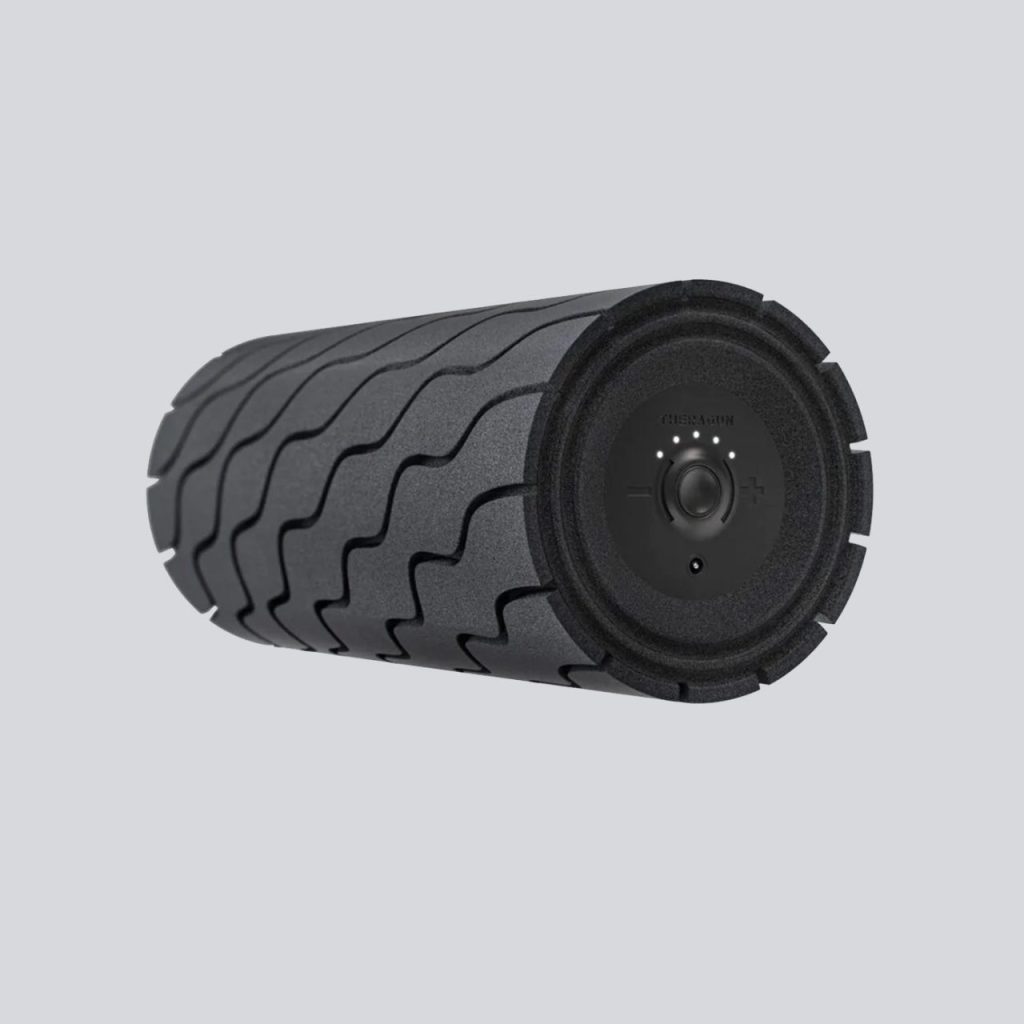
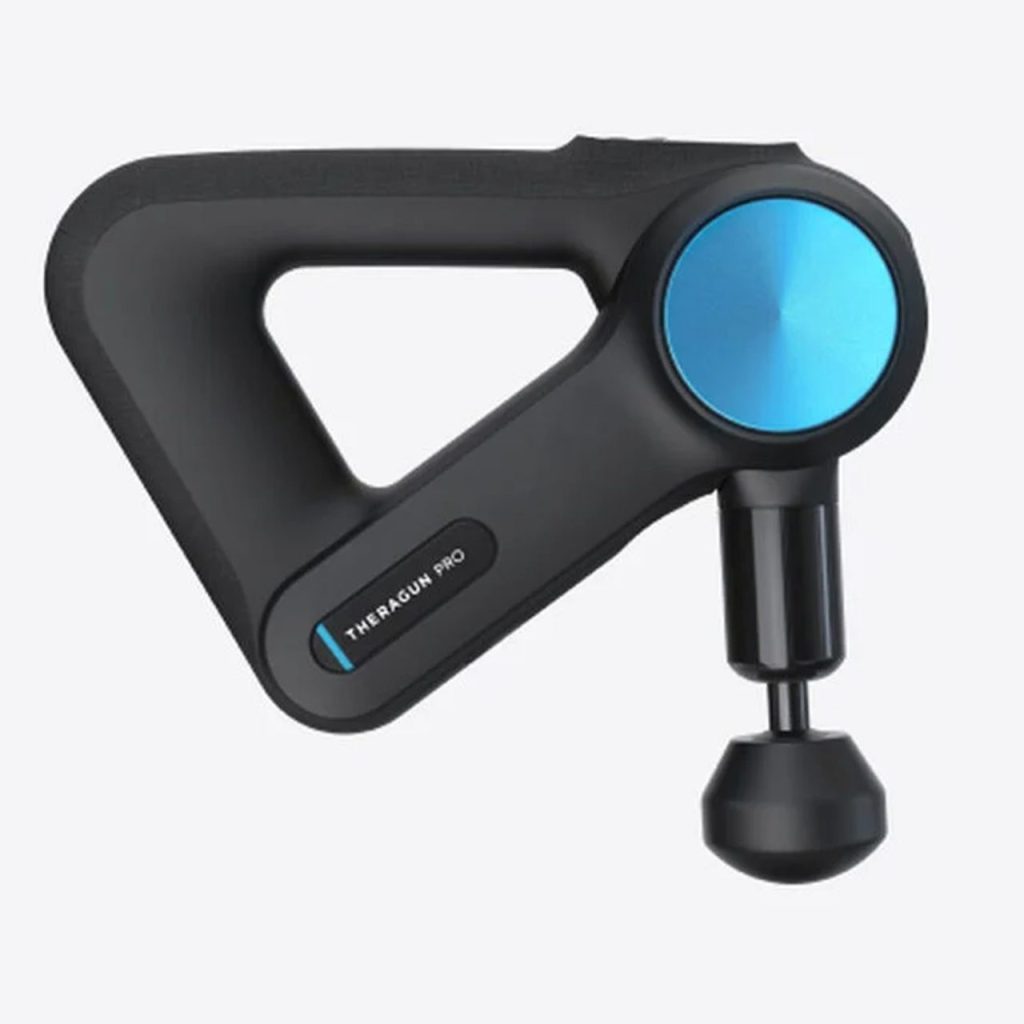
Our physiotherapy team recommends simple home sports rehab equipment, including foam rollers or Theragun percussive massage devices (they’re available from our clinic!), to induce self-myofascial release, enhance mobility, and reduce the severity of DOMS (delayed-onset muscle soreness) as part of a comprehensive program.
Physical Therapy Rehabilitation after a Basketball Injury
Basketball, like any other sport, carries the risk of musculoskeletal injuries. These injuries typically fall into two categories: traumatic and overuse injuries. Acute injuries, like ankle sprains, are the most common injury in basketball and occur suddenly. On the other hand, overuse injuries result from repeated motions and can happen with sudden spikes in physical activity.
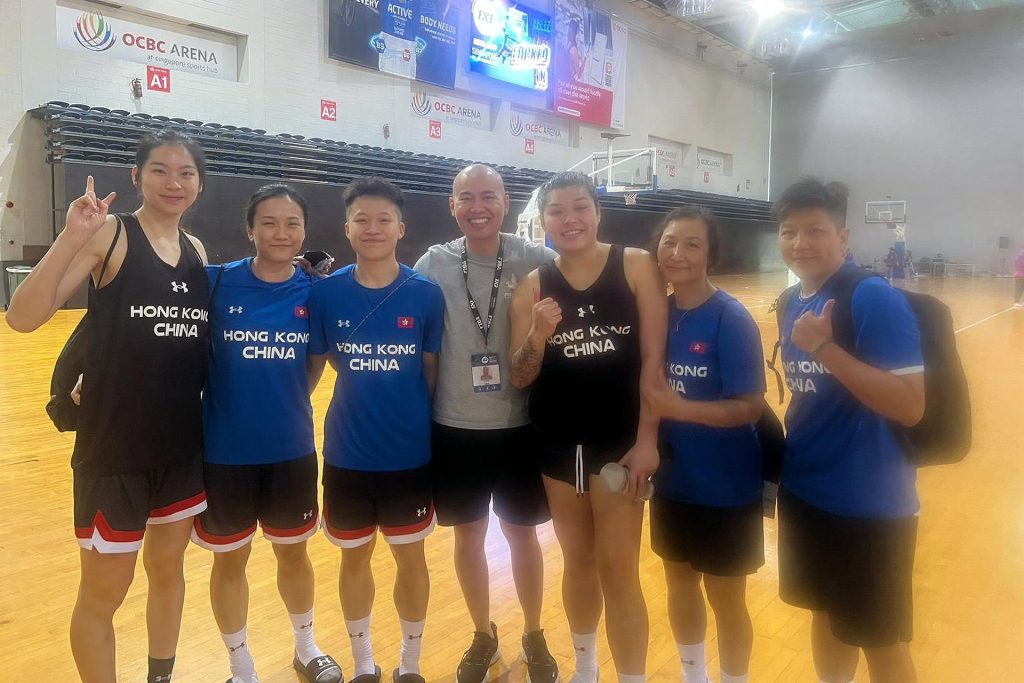
Here are some of the common basketball injuries and treatments available:
Taping and Bracing
Taping and bracing can reduce the risk of injury by providing additional support to an injured joint. The type of bracing or taping applied will determine the specific benefits, such as enhancing proprioception, limiting mobility, and increasing the stability of an injured or unstable joint.
Stiffness & Scar Tissue Formation
Stretching muscles and joints following an injury is essential as scar tissue forms and soft tissue contracts. Scar tissue is a natural part of the healing process after an injury, but excessive scar tissue can lead to stiffness and a limited range of motion. INIDBA therapy works through a thermal effect on the affected tissue, promoting circulation. After that, we may use Shockwave Therapy to break down the scar tissue further. Combined with stretching exercises, most players can regain range of motion and mobility in the injured areas.
Strengthening Exercises
Due to basketball’s high-impact, fast-paced nature, injuries to the lower limb are the most prevalent, with most injuries occurring around the ankle and knee joints. Restricted foot and ankle mobility and limited hip flexibility create a tug-of-war between the upper and lower leg, ultimately affecting the knee joint and causing instability. Ankle strengthening and stability exercises can decrease the risk of recurrent injury and provide a strong foundation for a player’s overall movement.
Prehabilitation and Post-Surgery
Prehabilitation and post-operative care are critical for basketball players recovering from a surgical intervention. They are also crucial for preparing players to return to sport after an anterior cruciate ligament (ACL) injury. Prehabilitation involves exercises and training programs to strengthen the muscles and improve the range of motion to prepare the athlete’s body for surgery. After the surgery, the player must focus on rehabilitation to recover and regain strength and motion.
When it comes to the human body, it’s an incredibly complex biomechanical system made up of bones, joints, and tissues. After all, a team is only as strong as its weakest link, and injuries to any one player can have a significant impact on the team’s chances of winning a championship.
Let’s face it: basketball is an intense sport that demands the highest level of athleticism, endurance, and agility. Physiotherapy is key to preparing your body to compete optimally during the season or for a return-to-sport recovery program after an injury.

Joe Zhang is a senior physiotherapist at HelloPhysio. An Australian who speaks fluent Mandarin, he has worked with high-performance athletes as a tournament and team physio for organizations including FIBA (International Basketball Federation), Hong Kong Jockey Club, the New South Wales (NSW) Waratahs Super Rugby team, and the NSW Institute of Sports.

